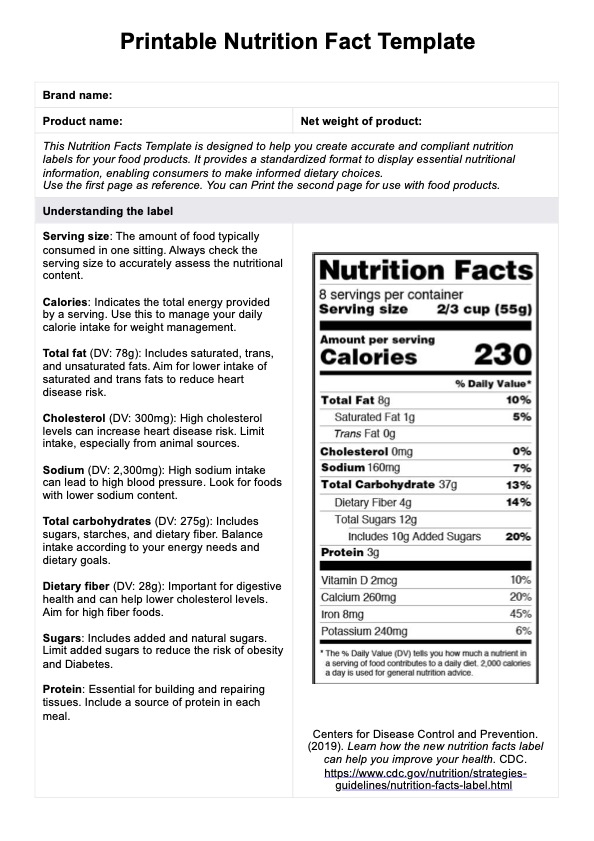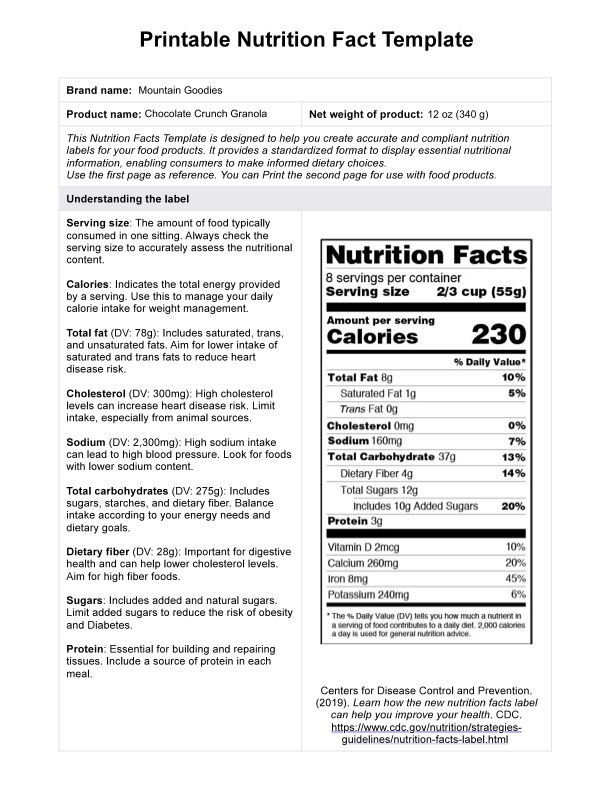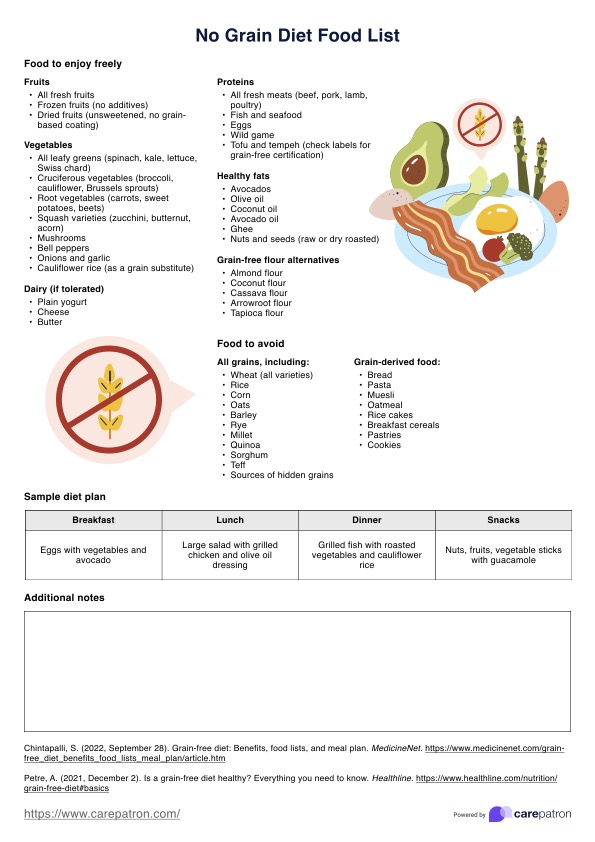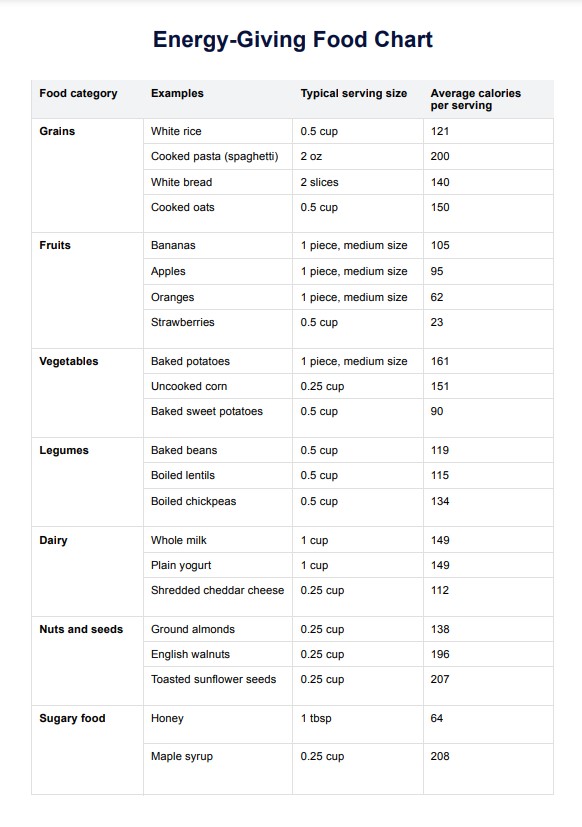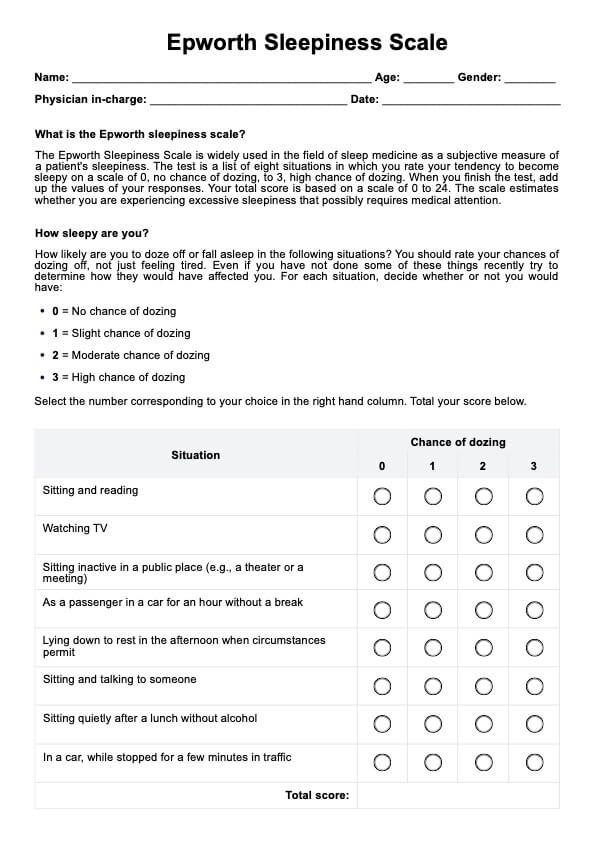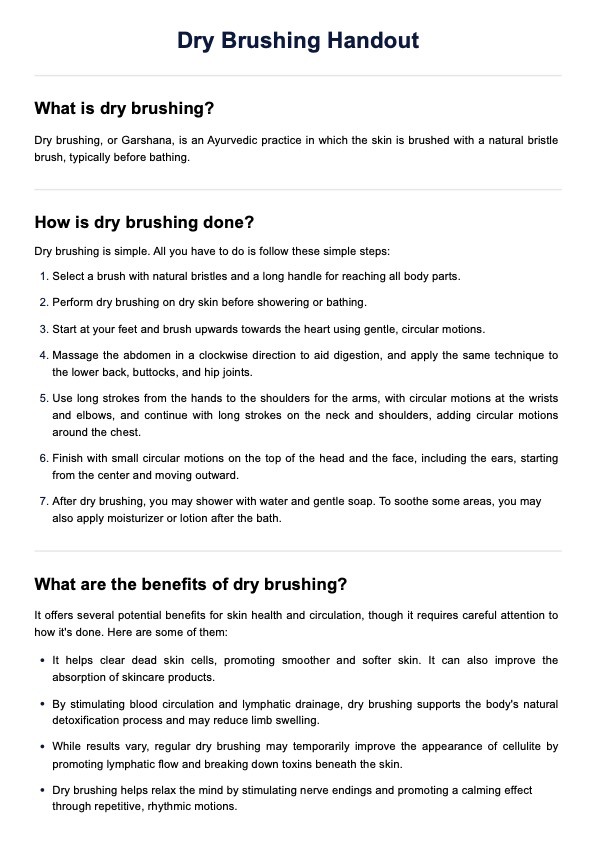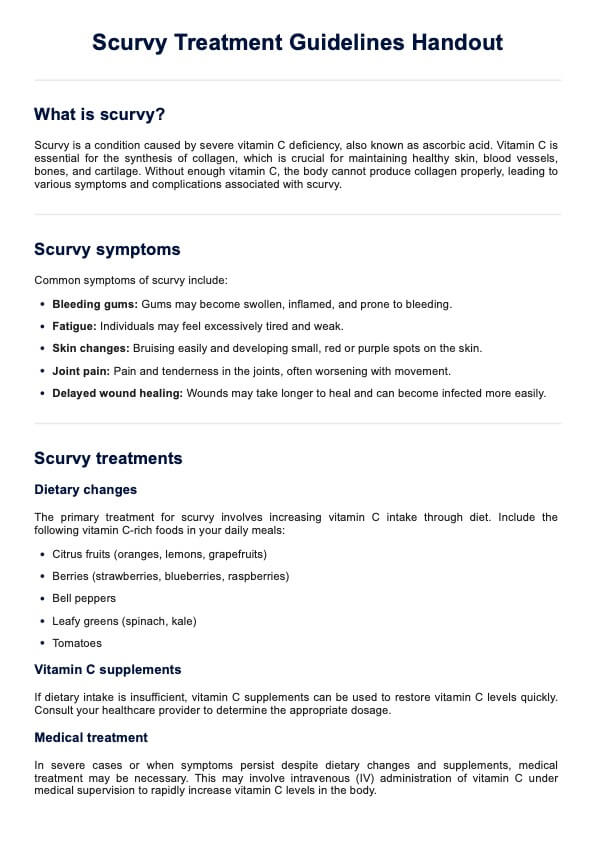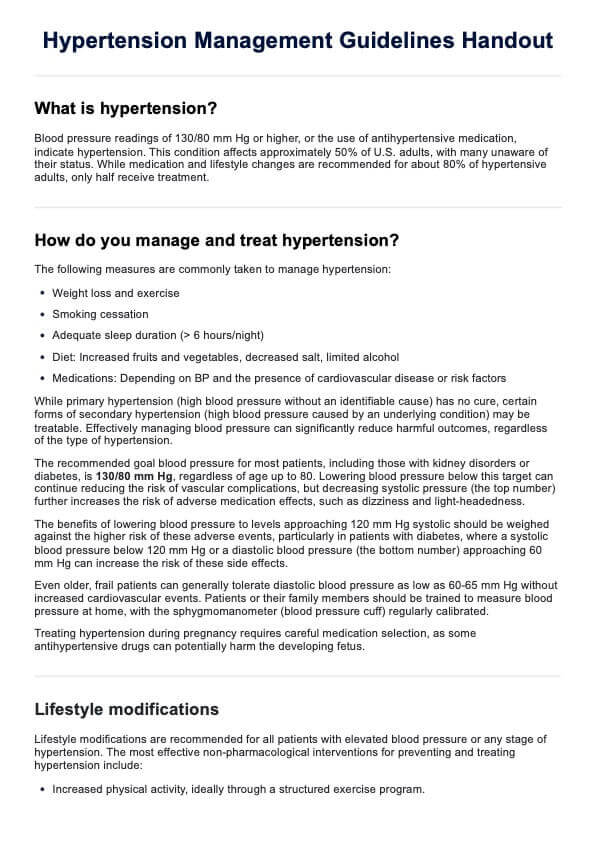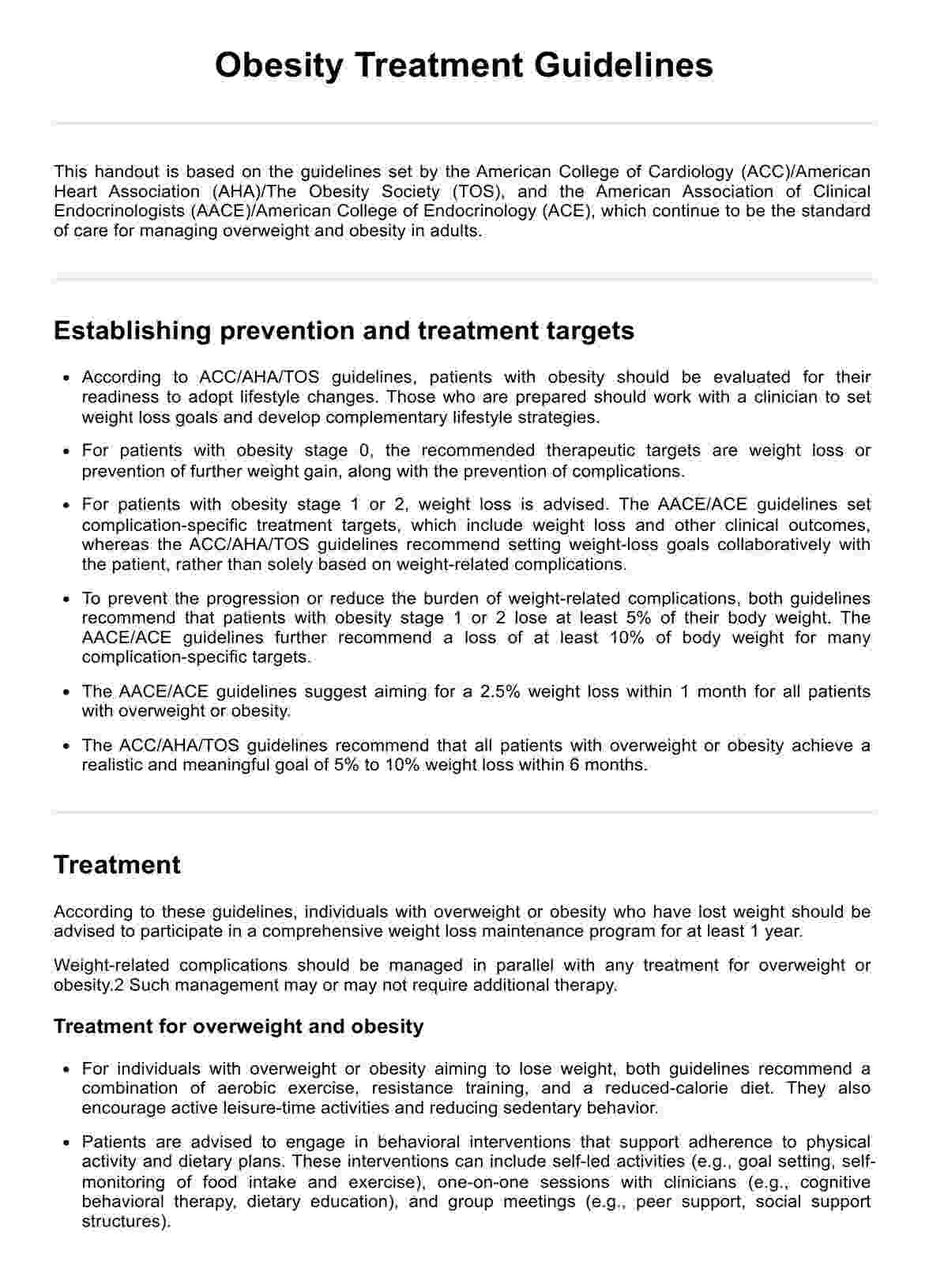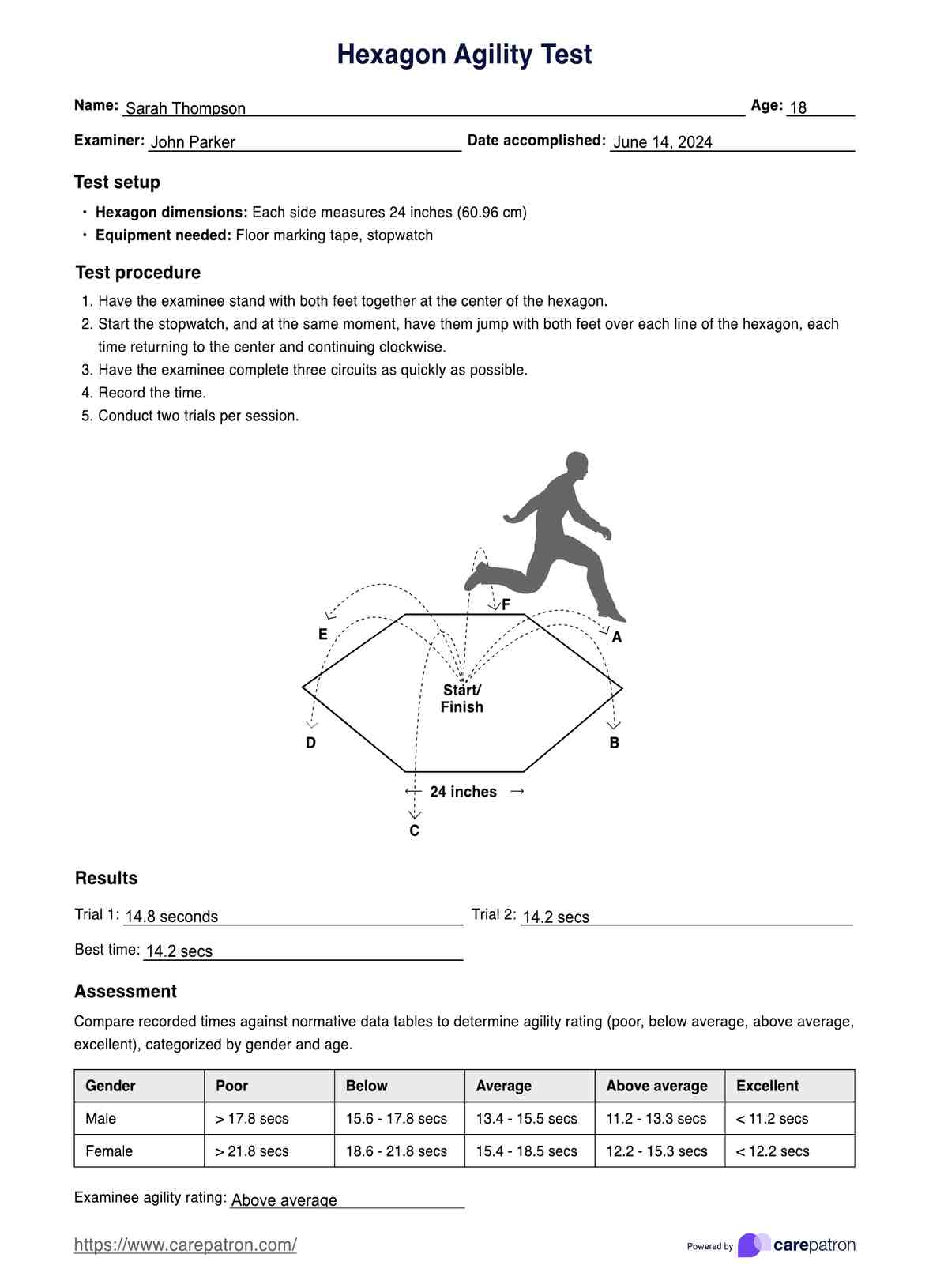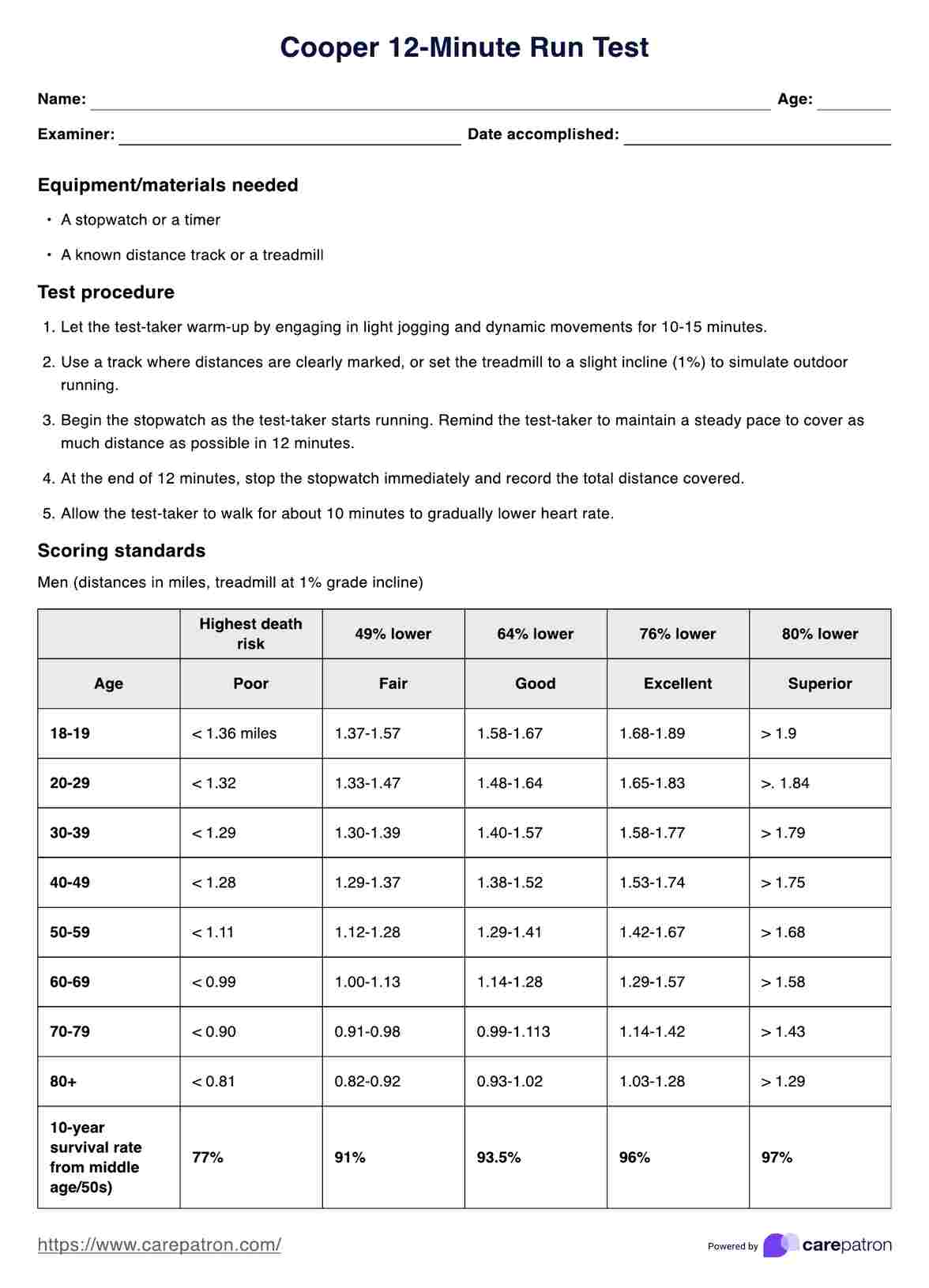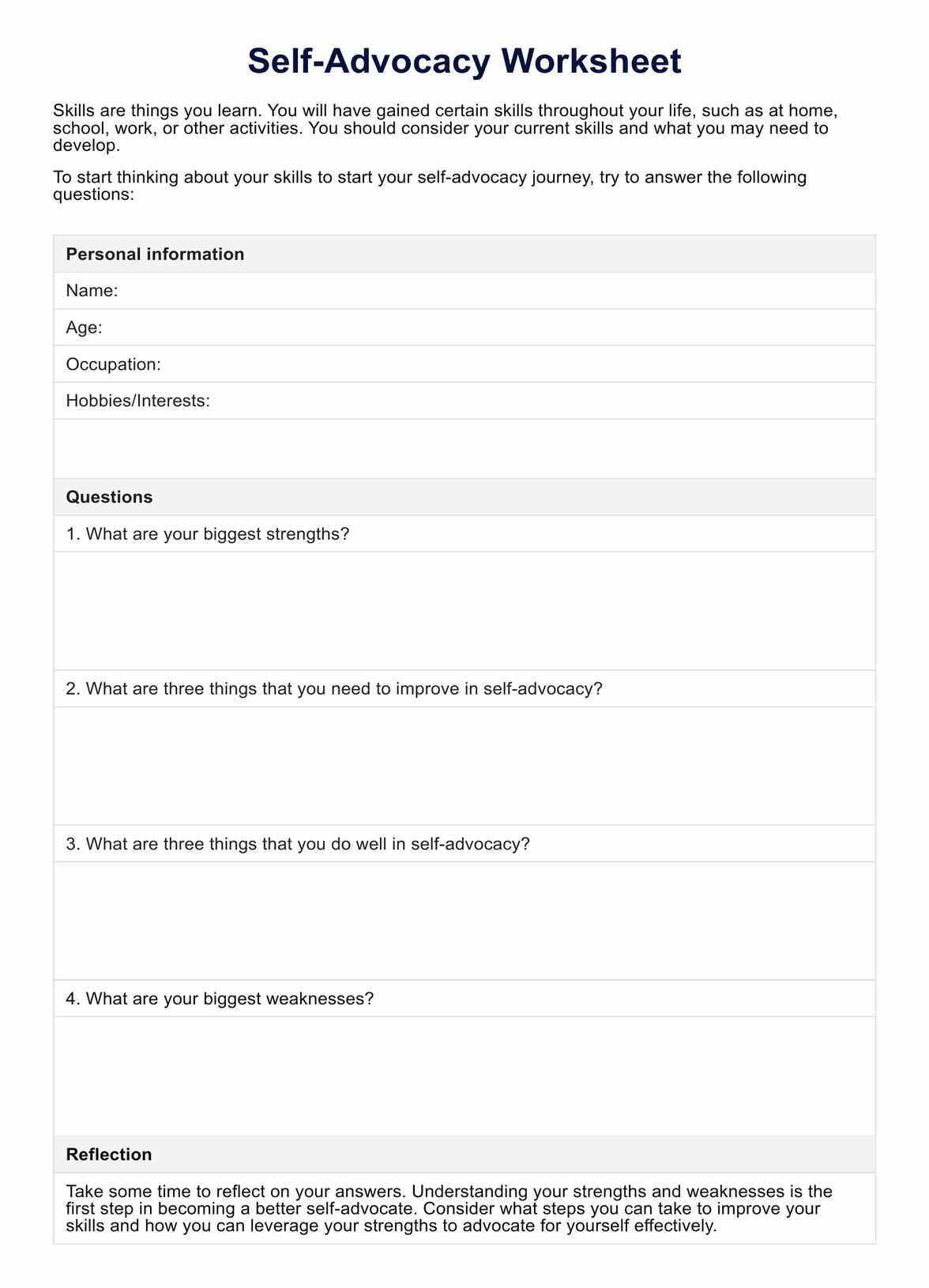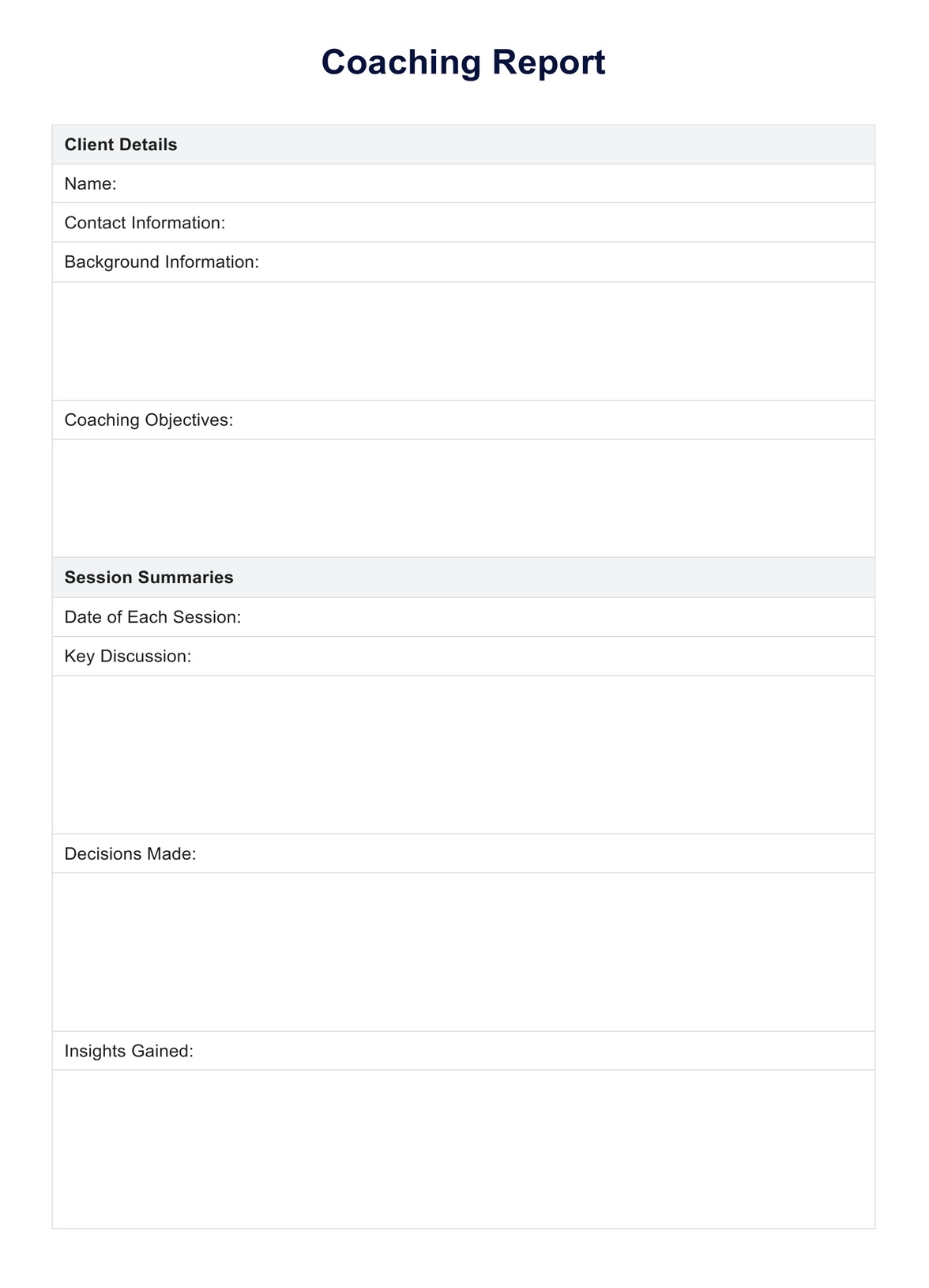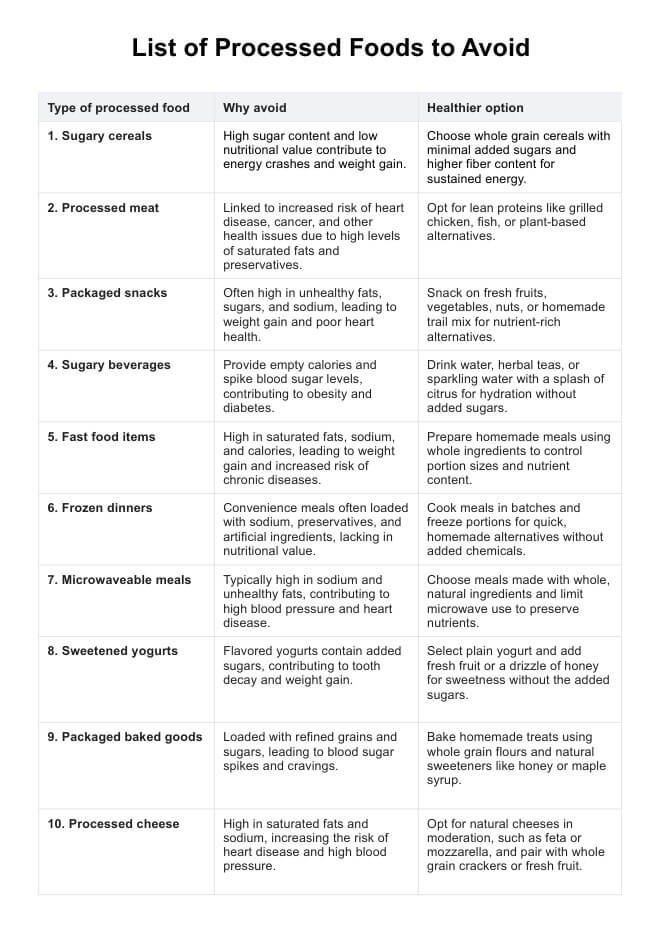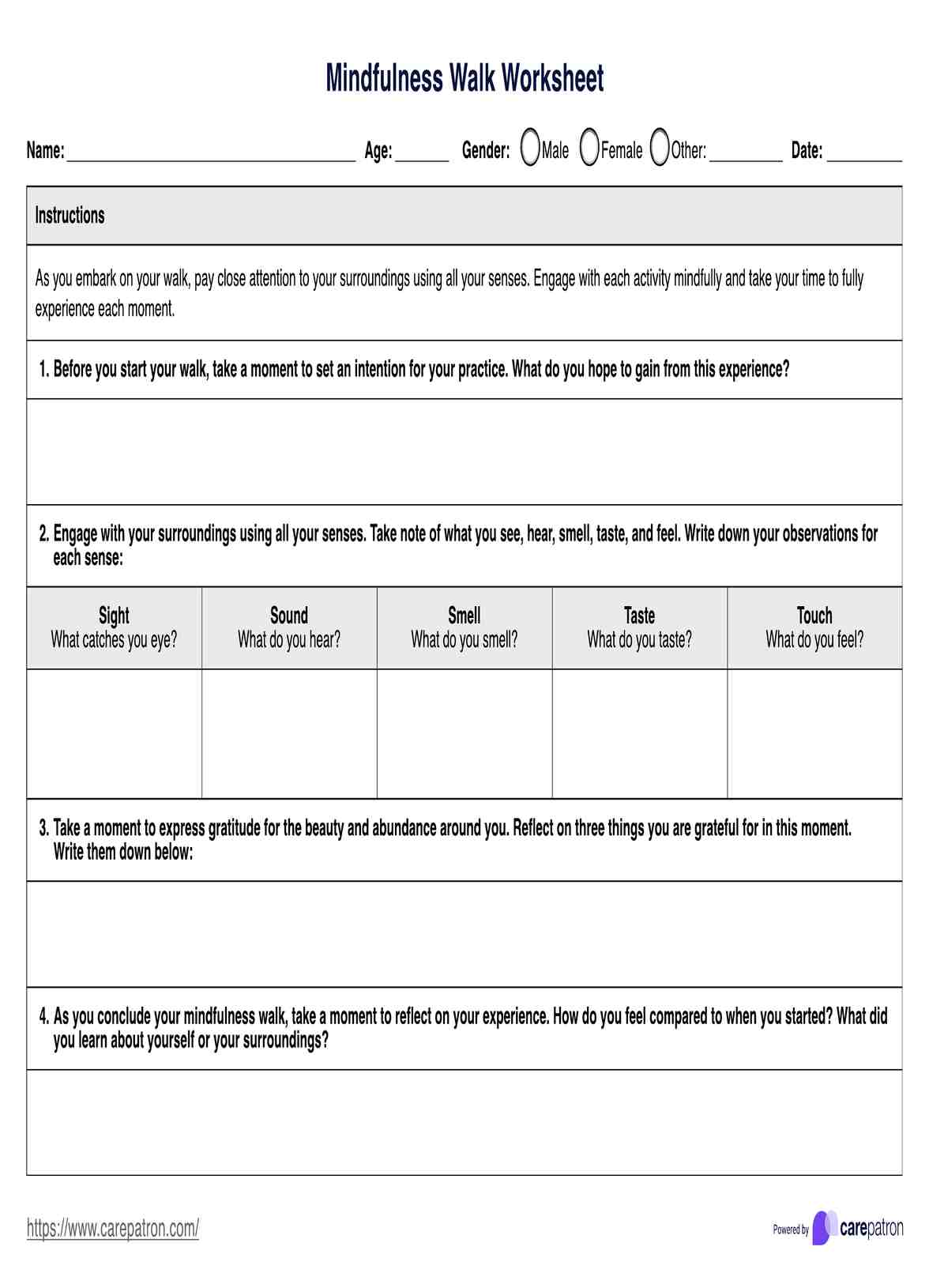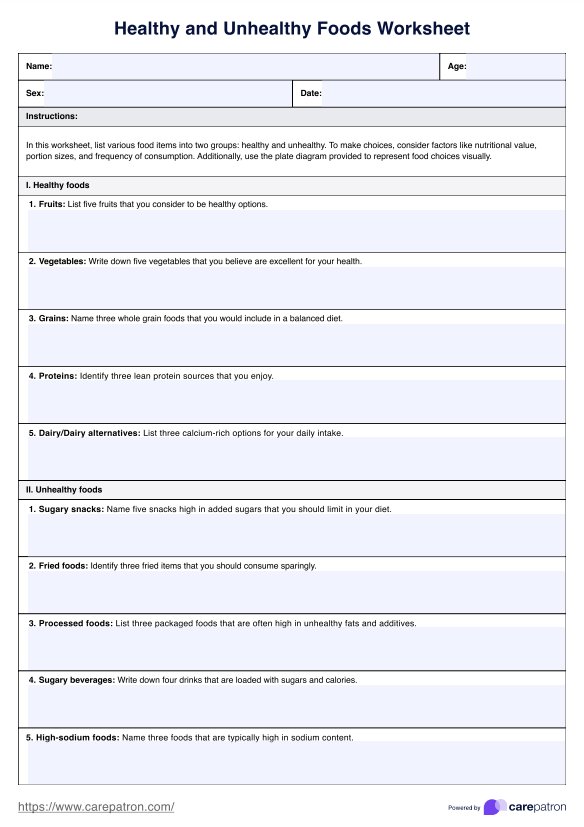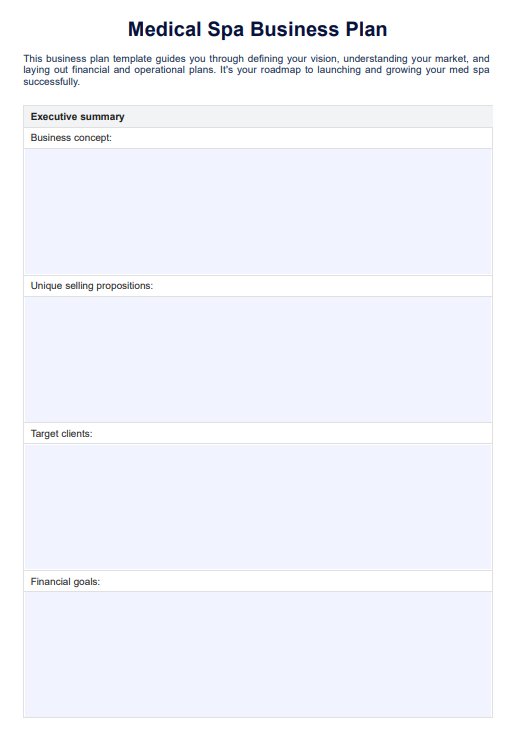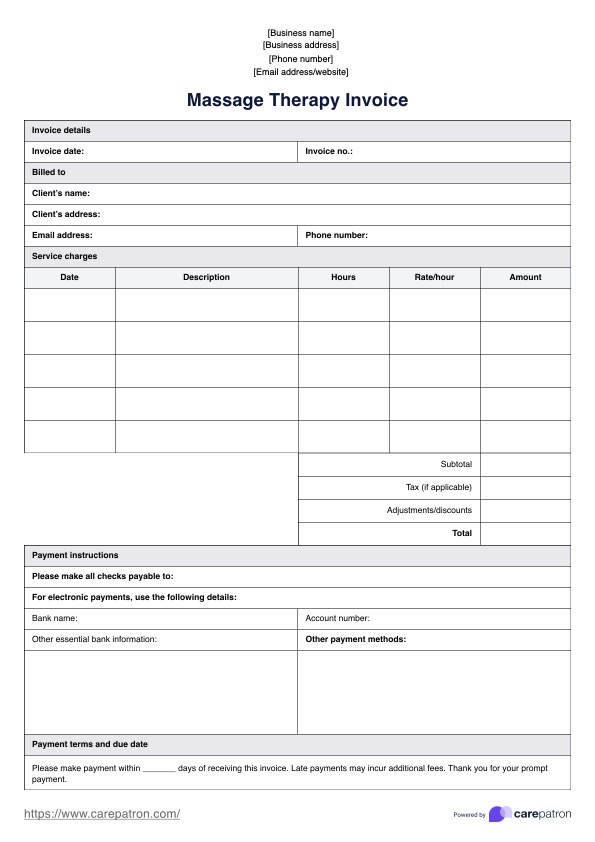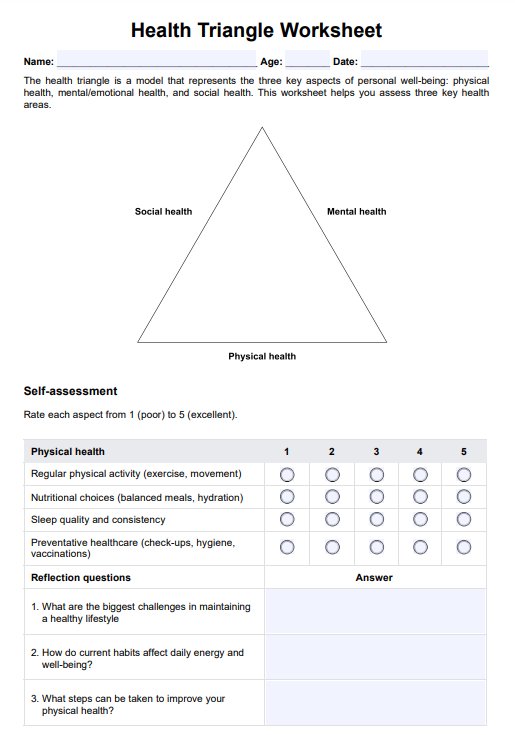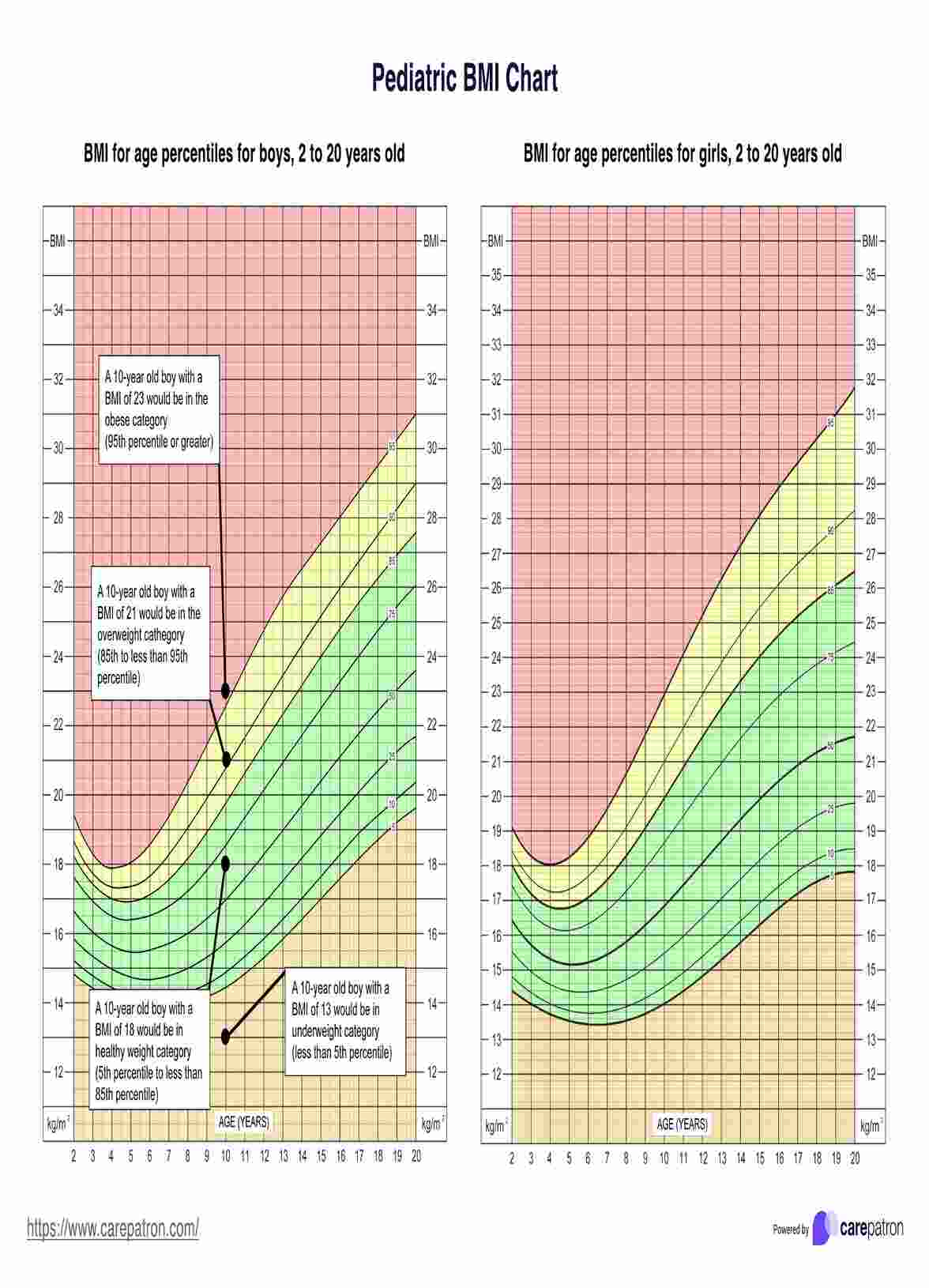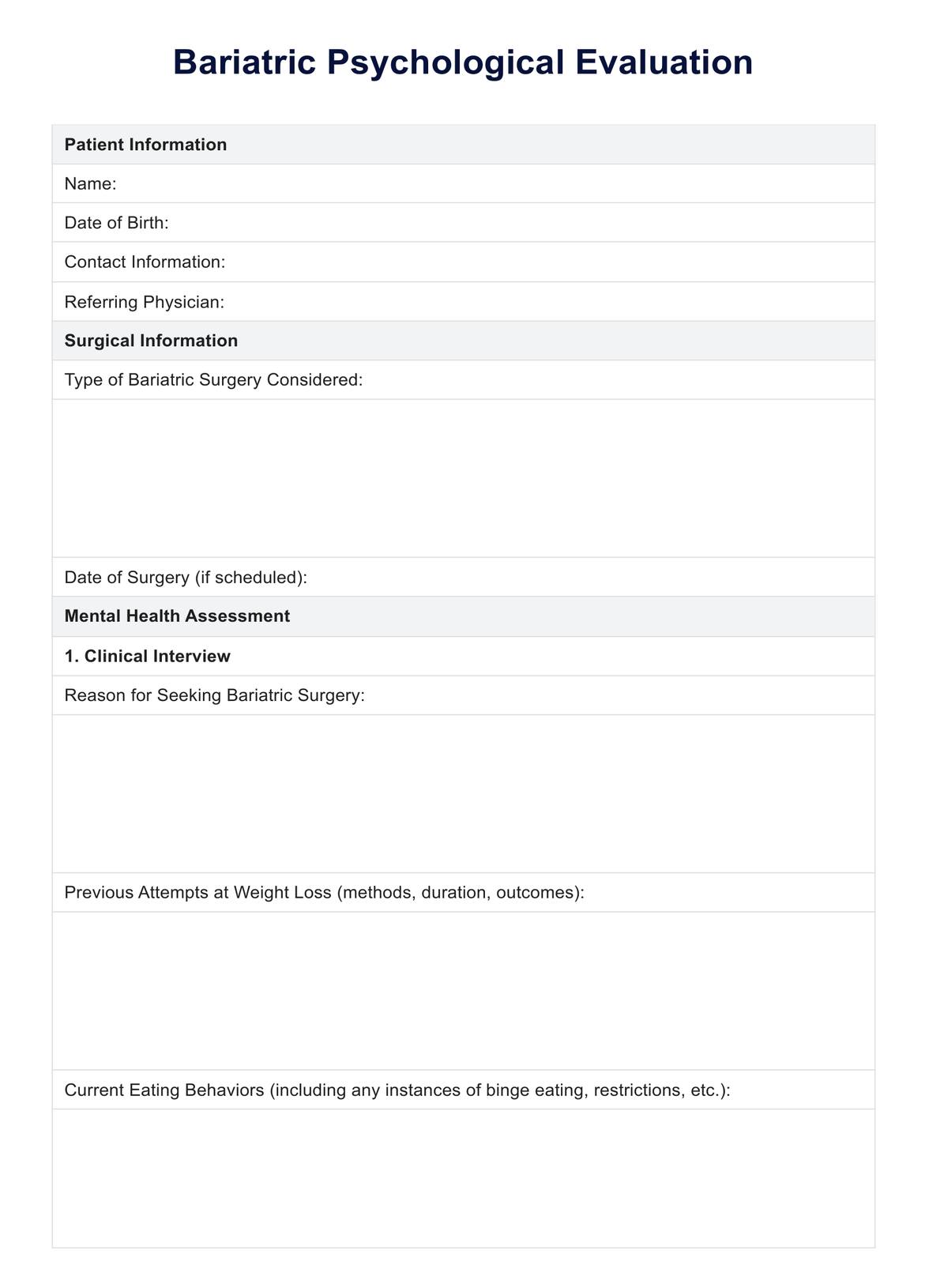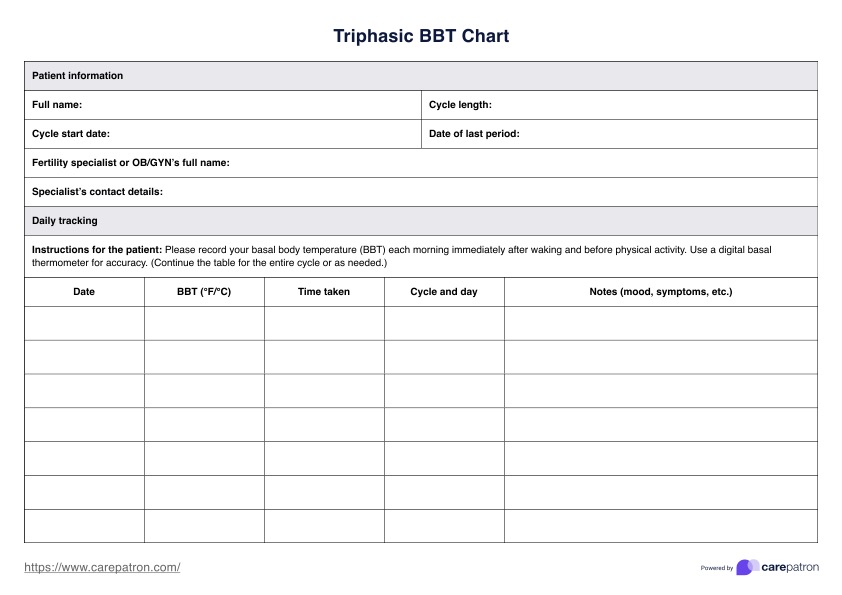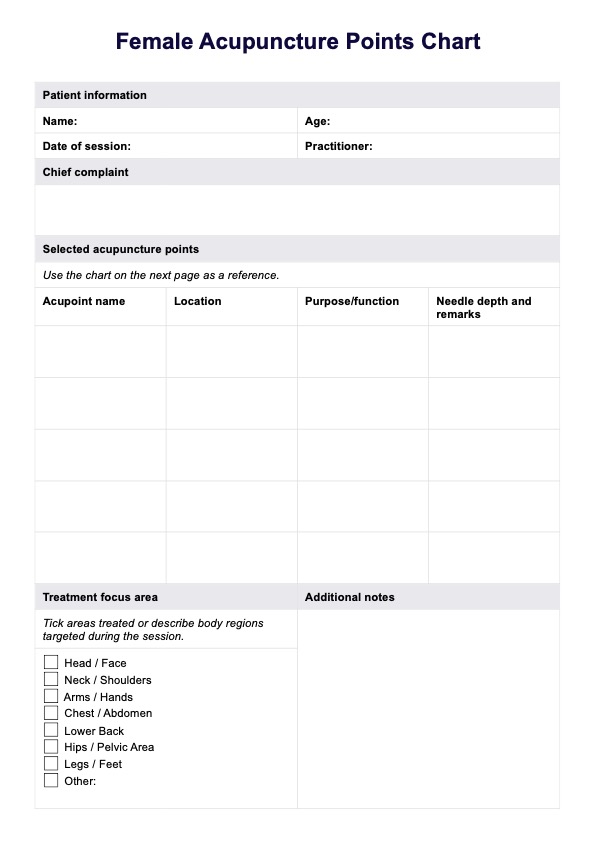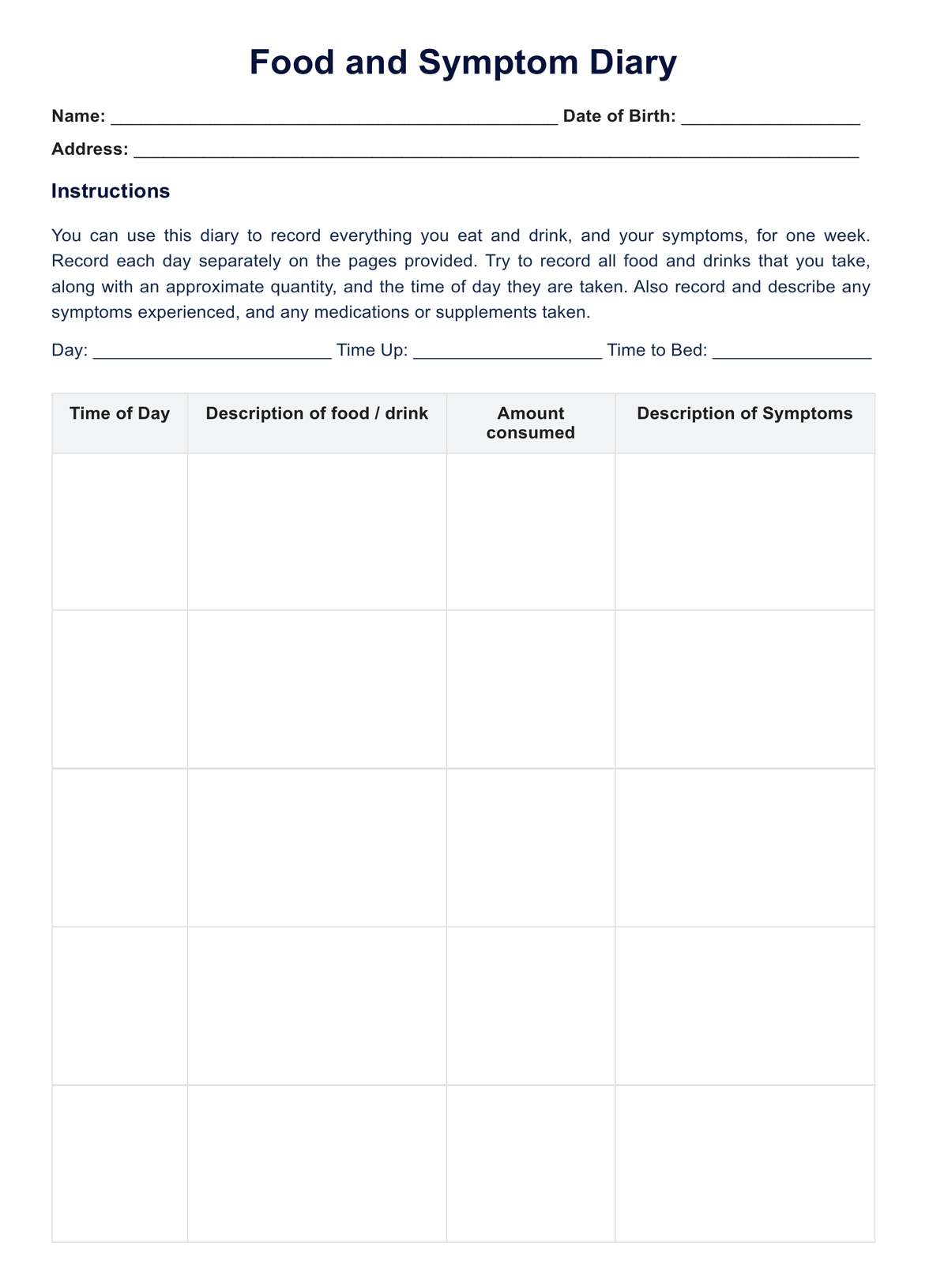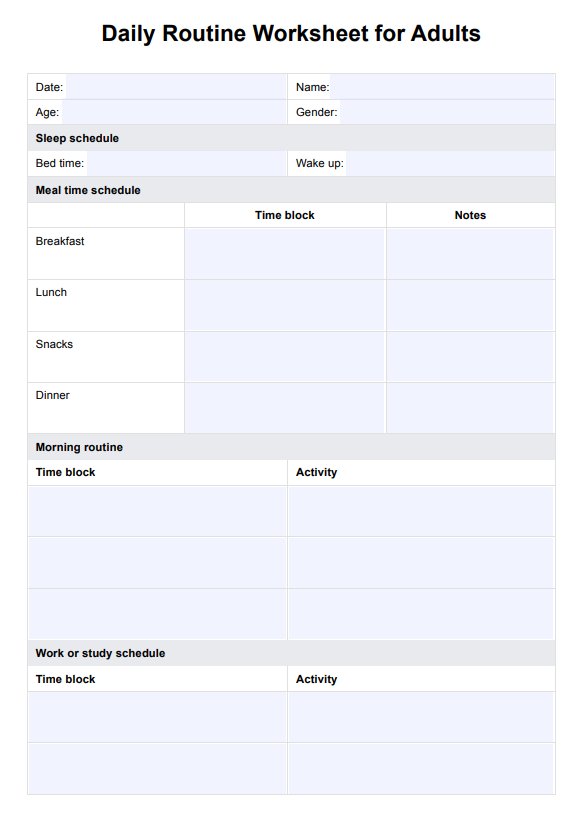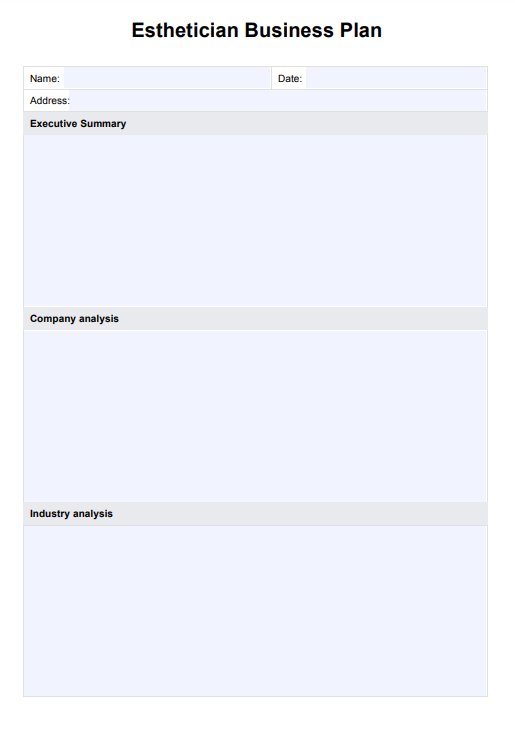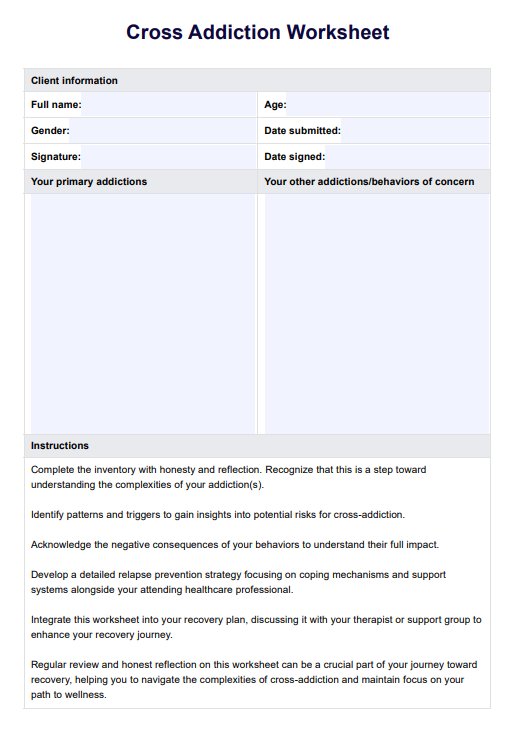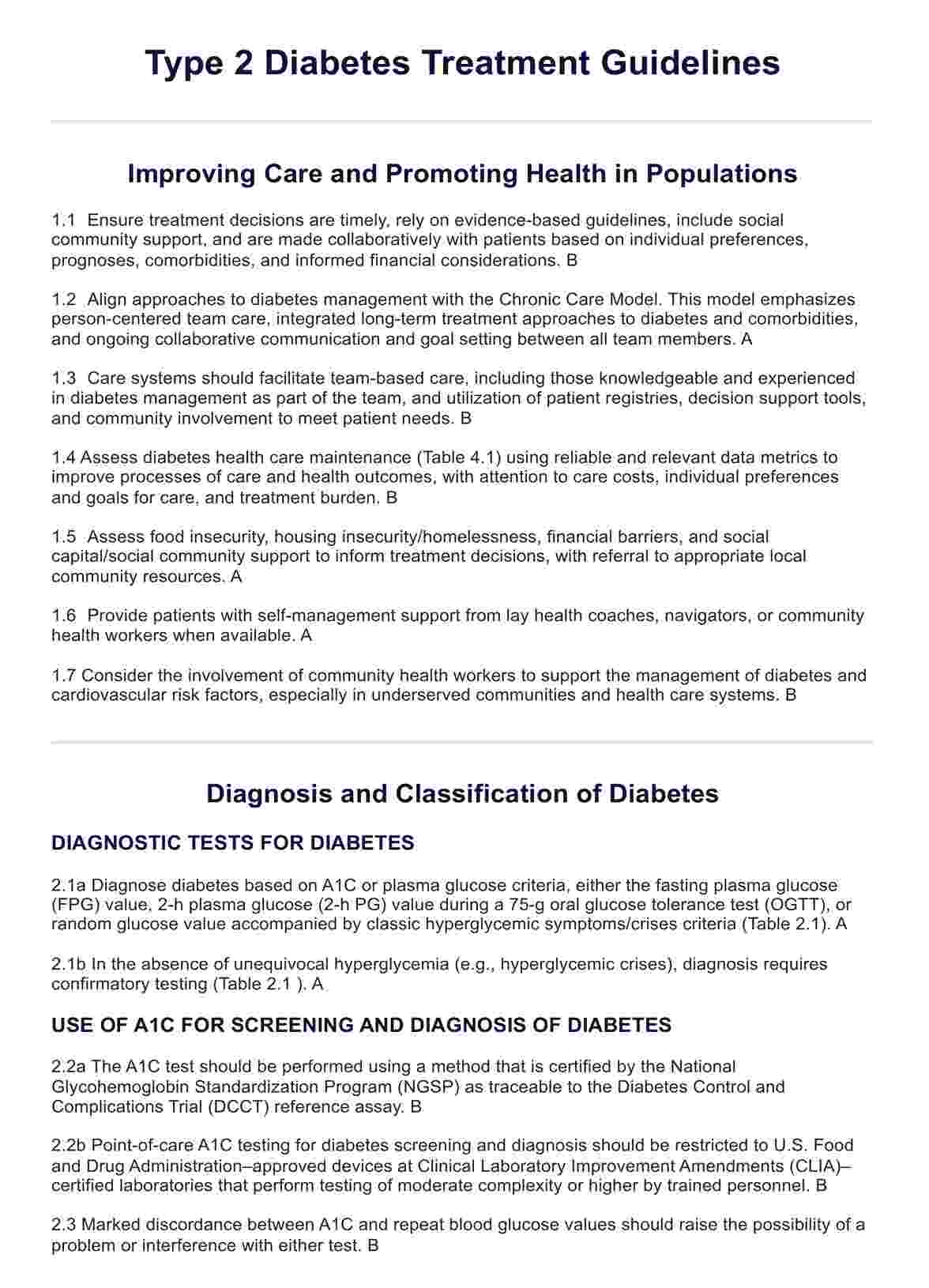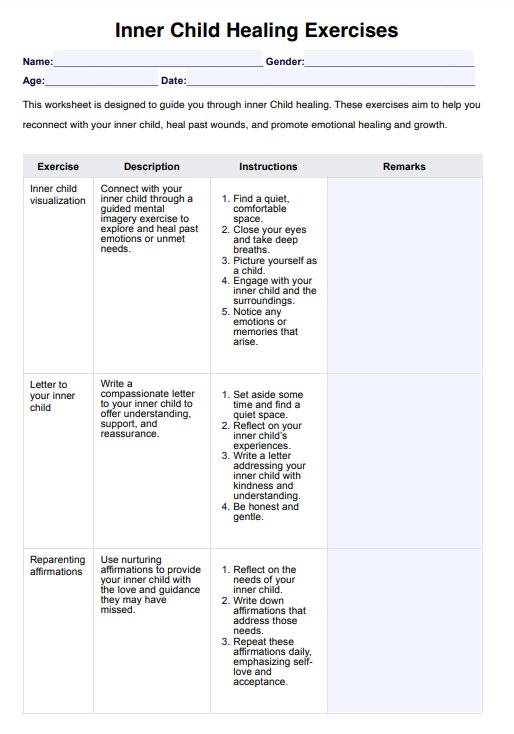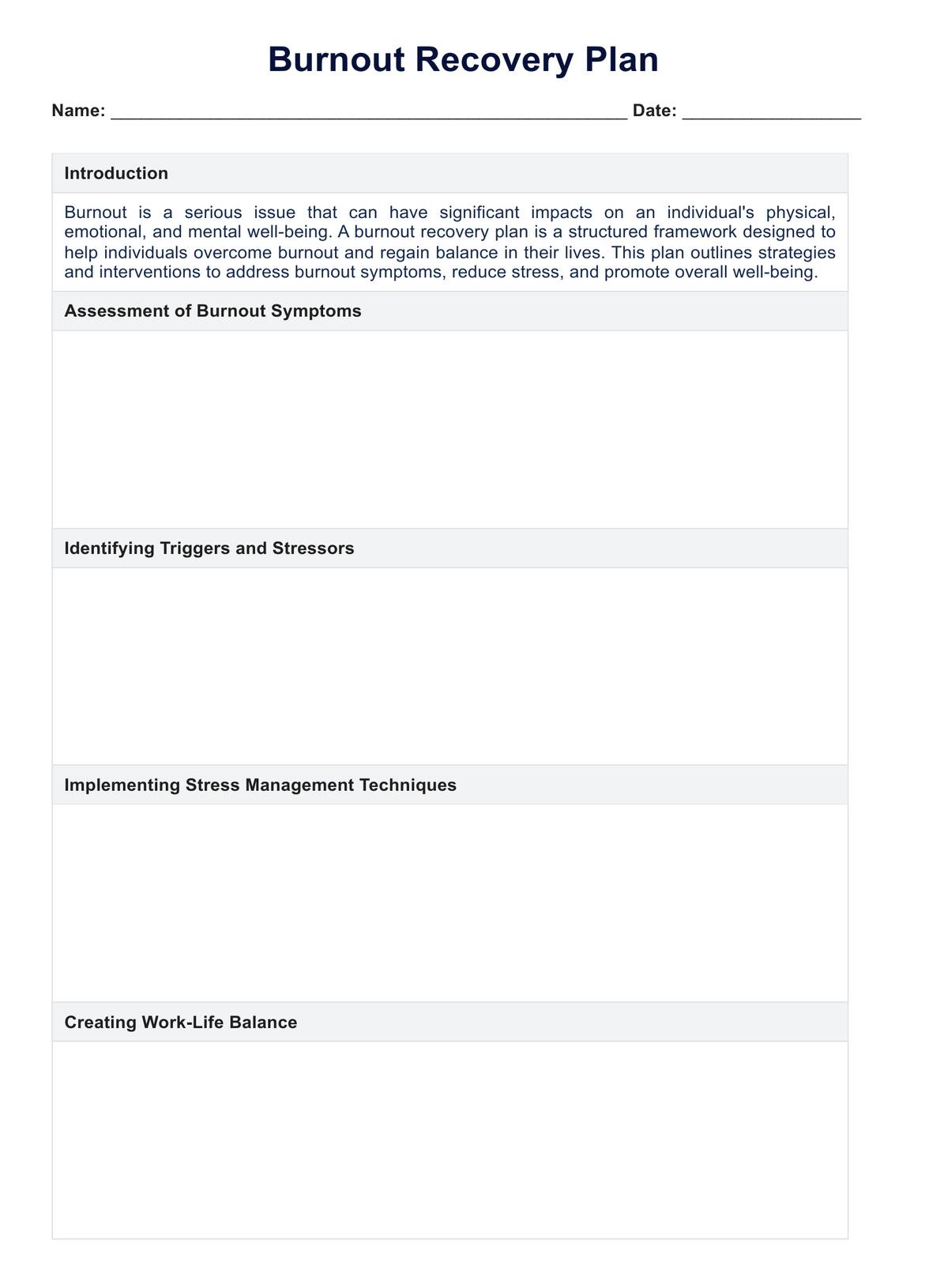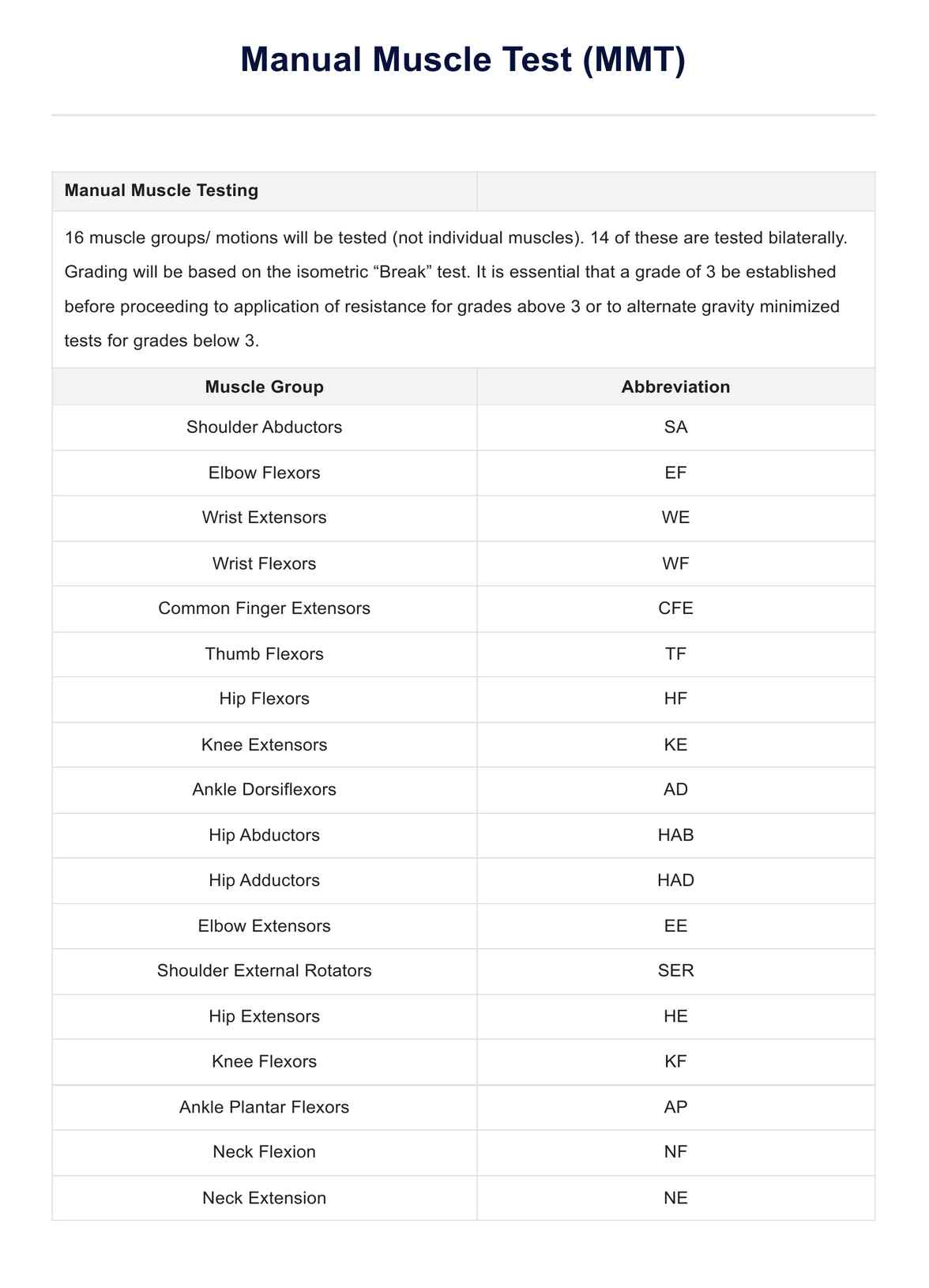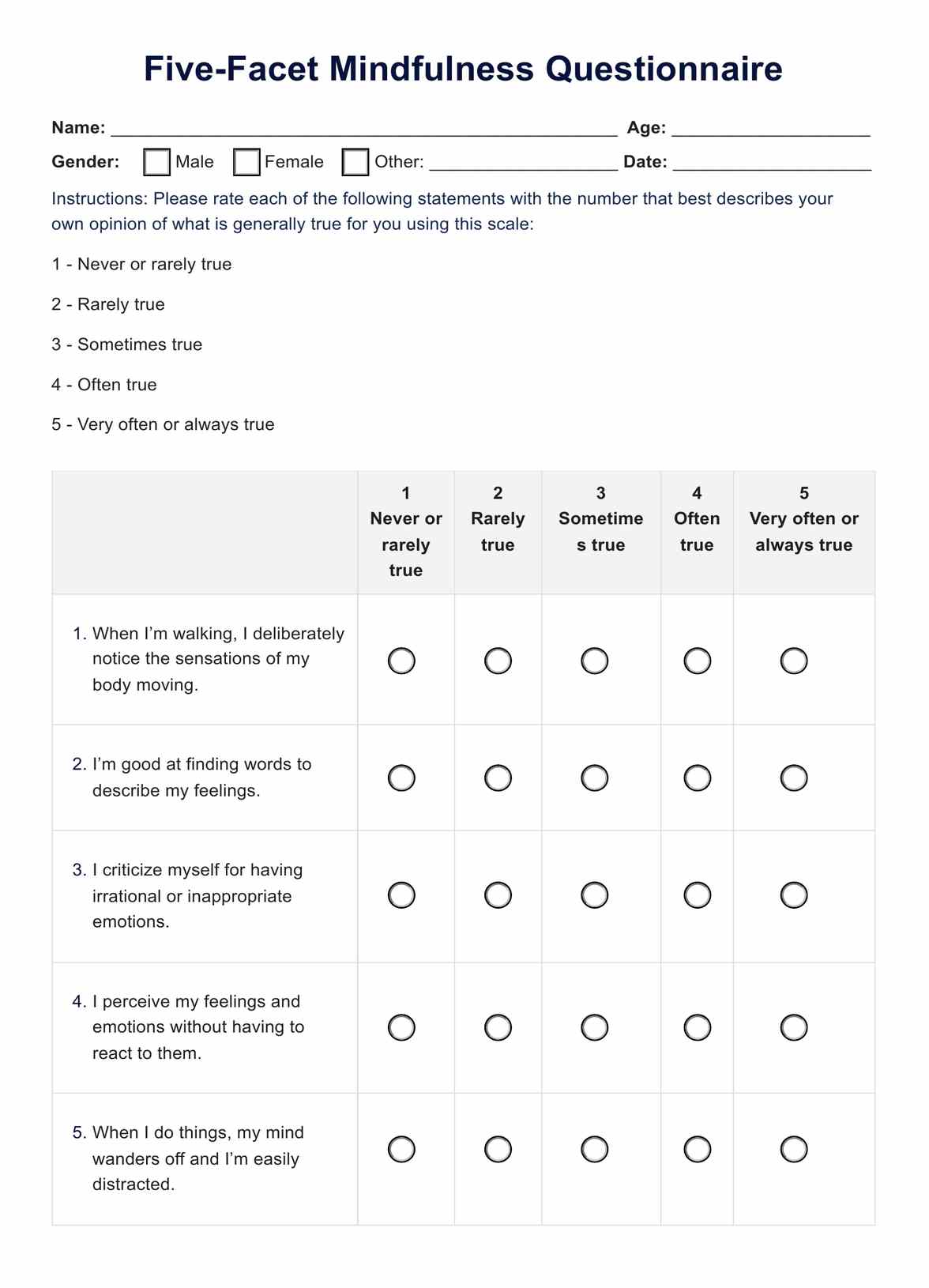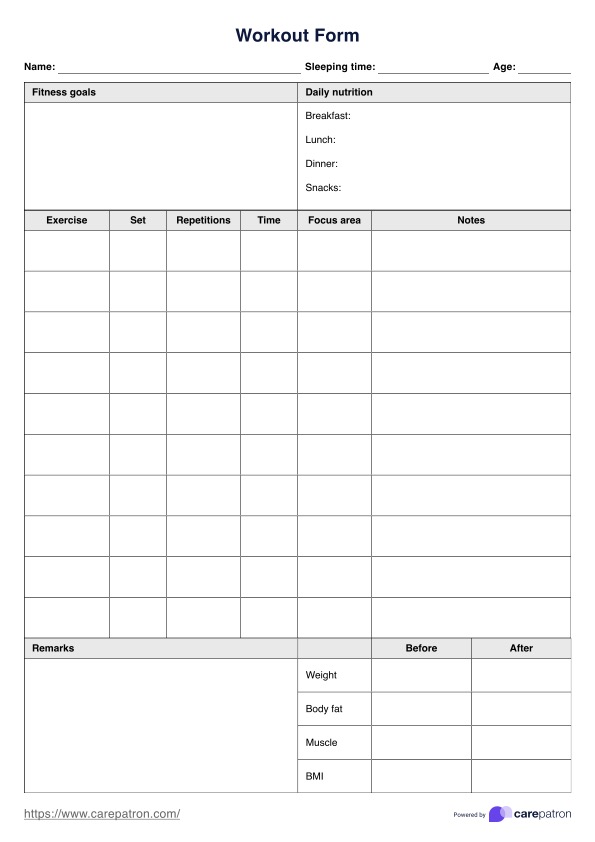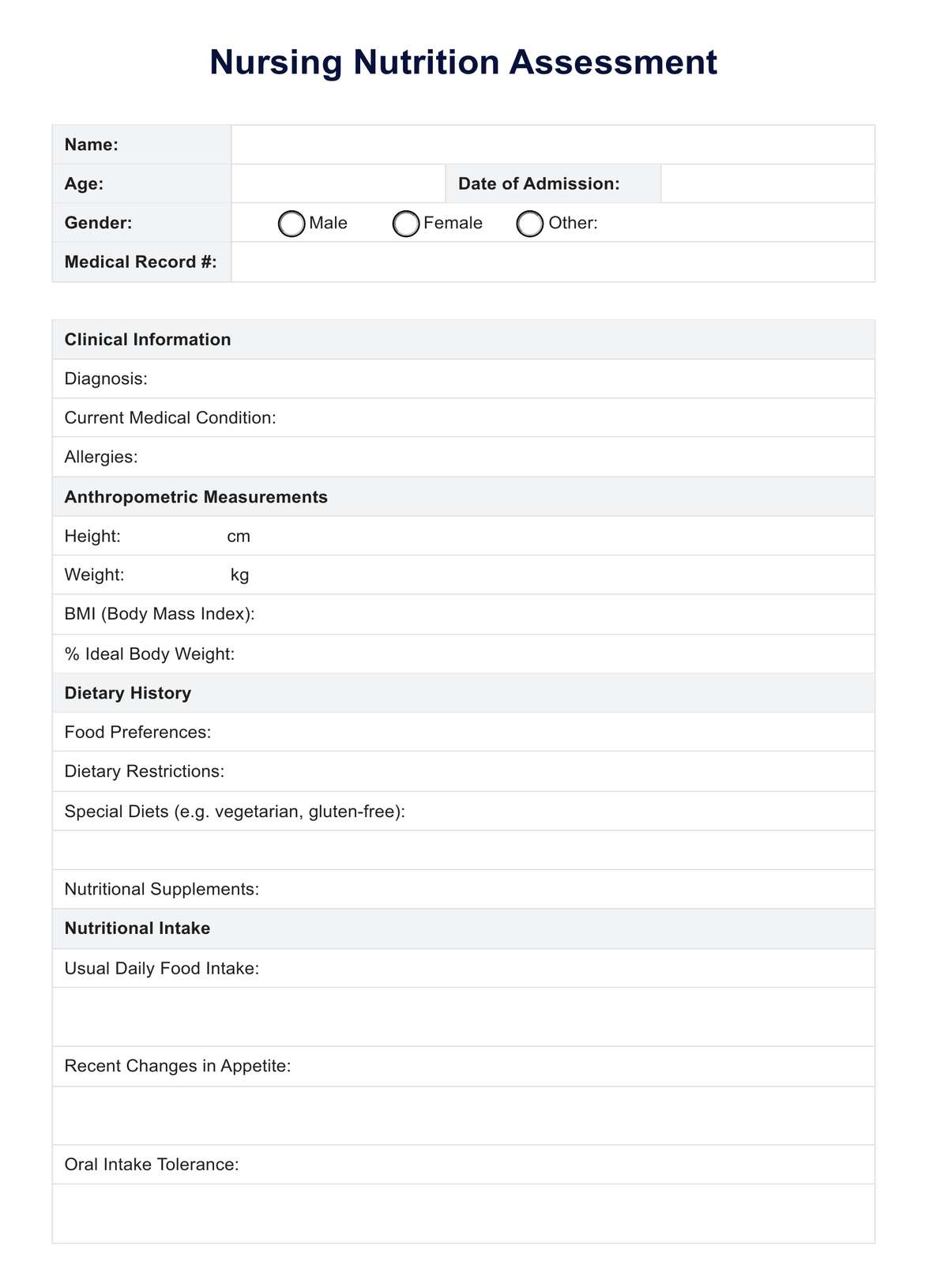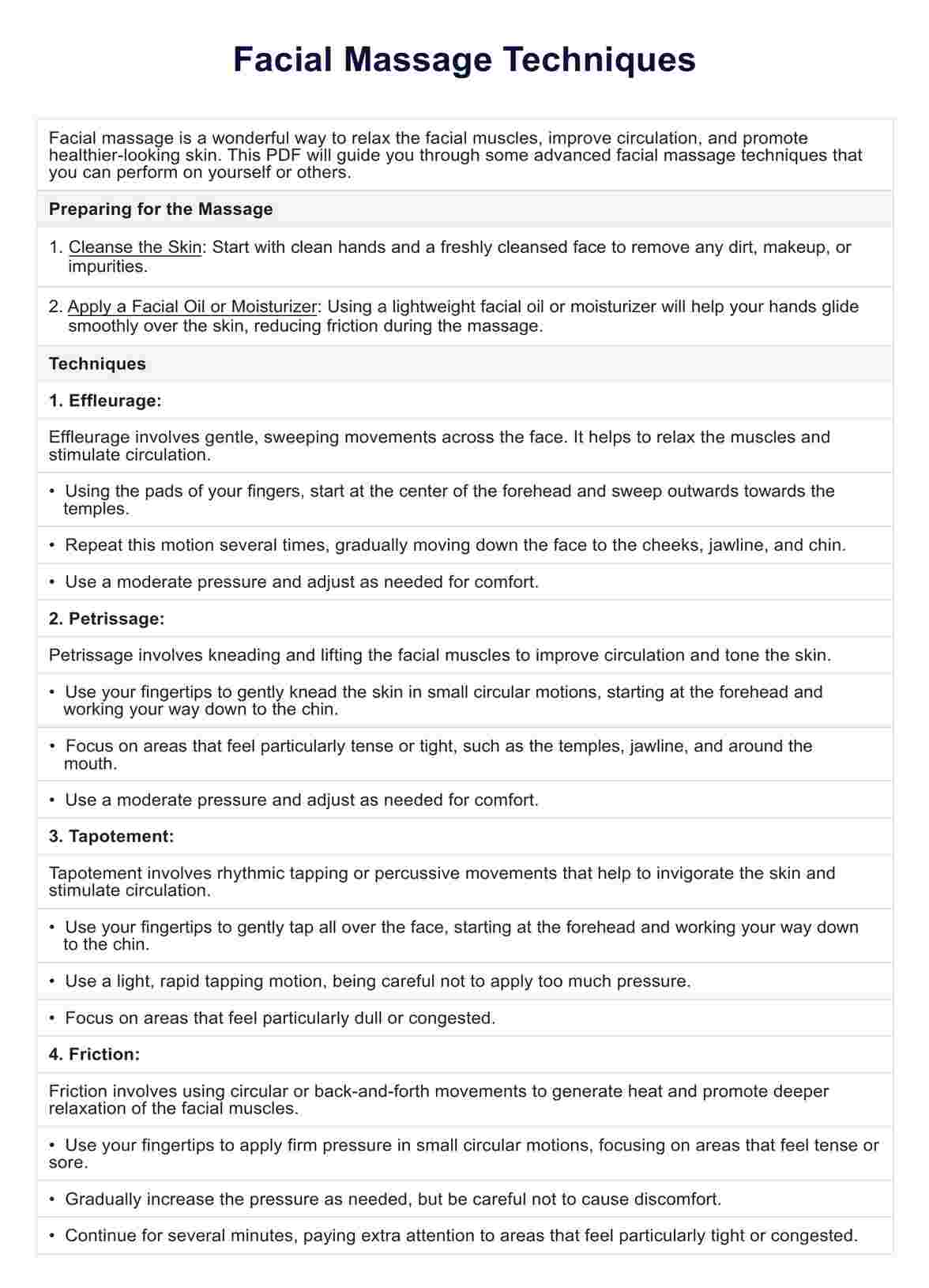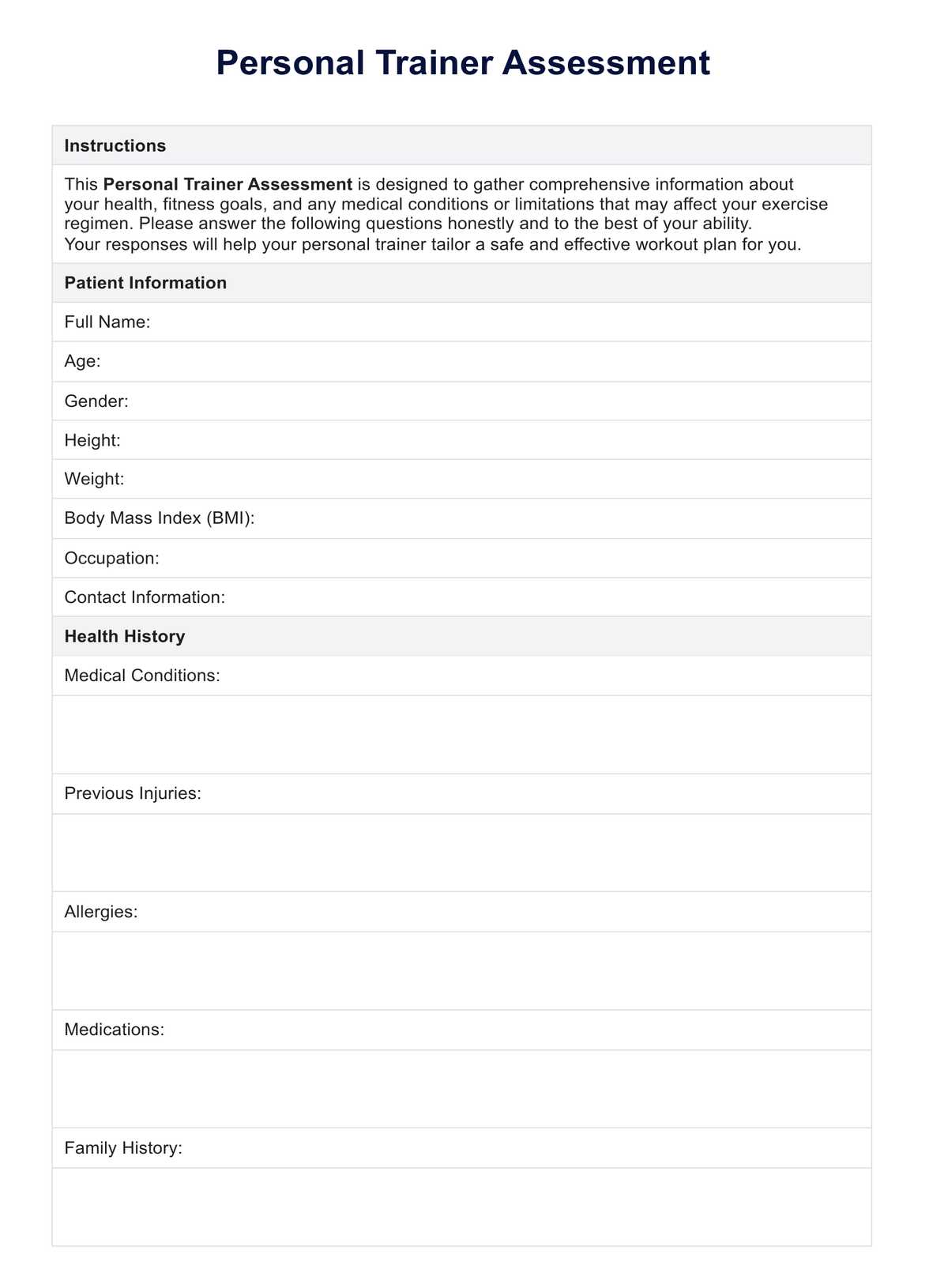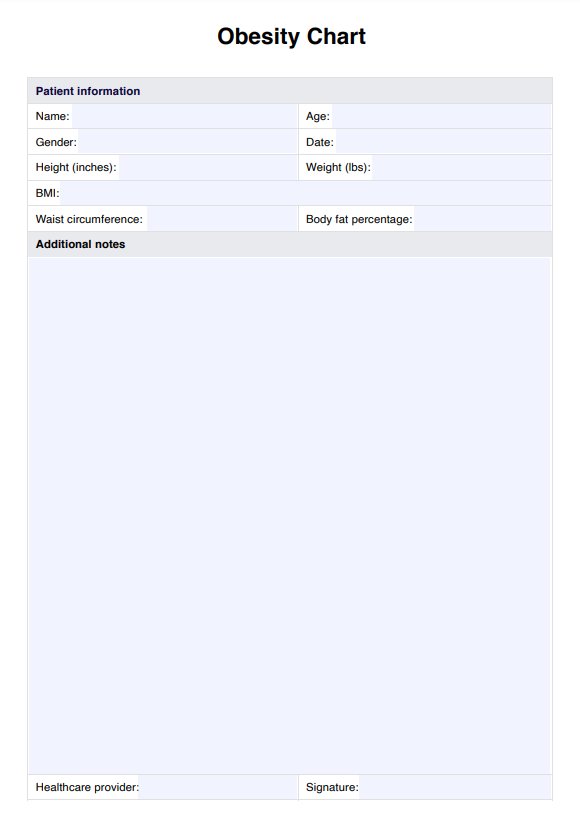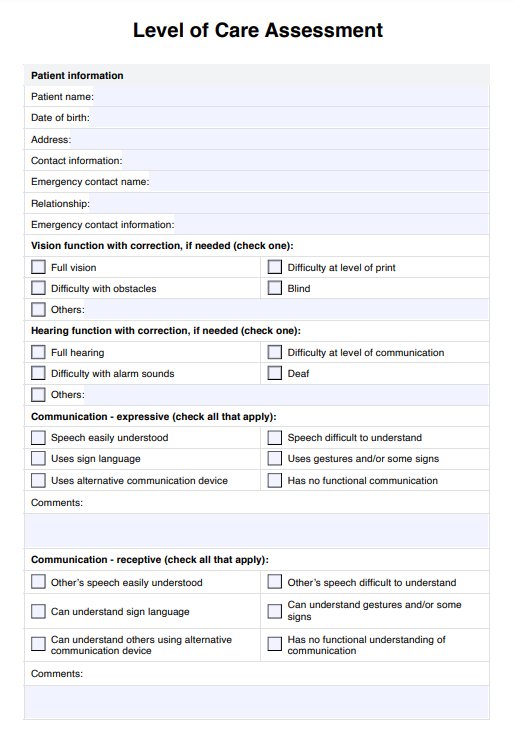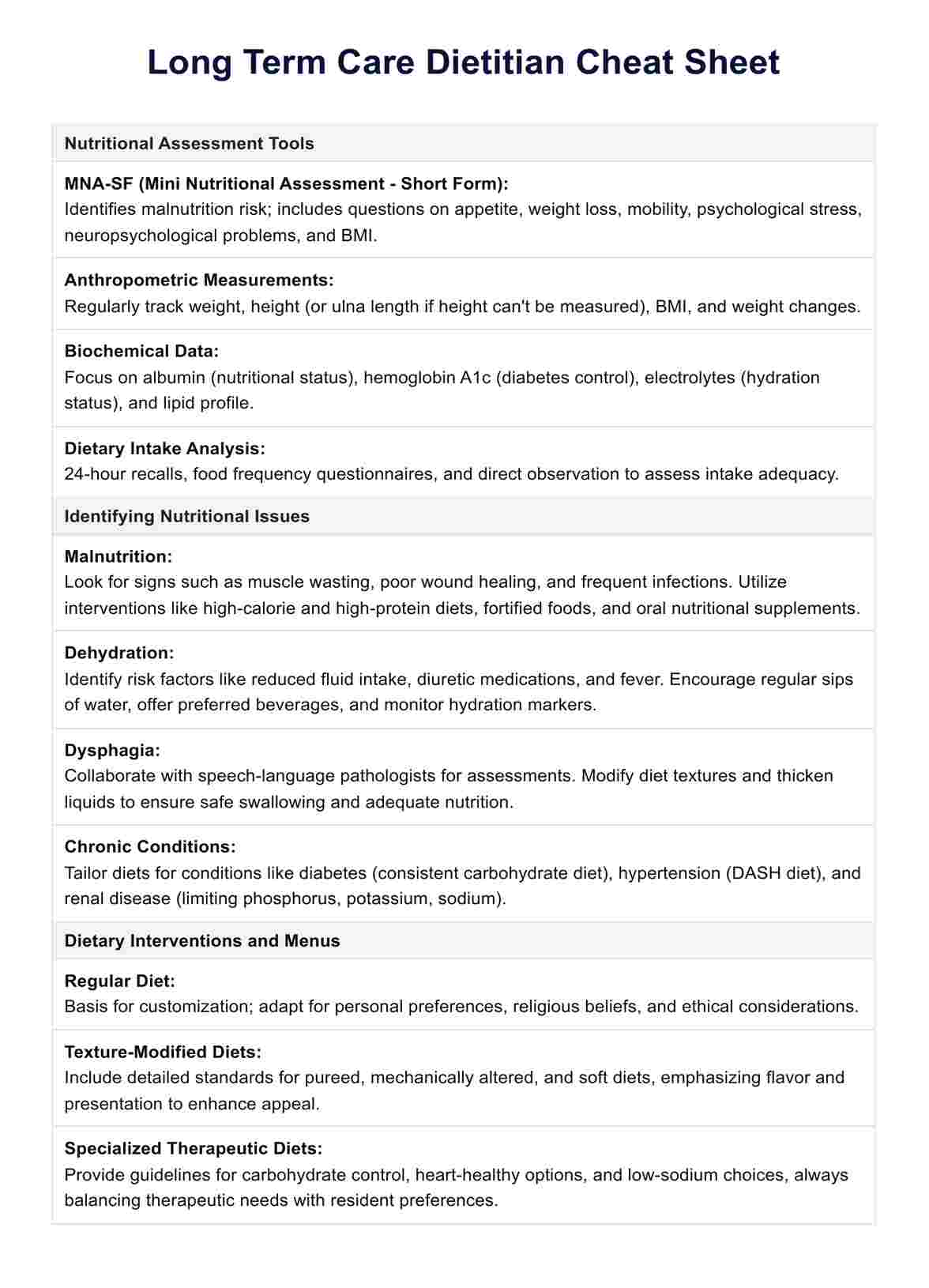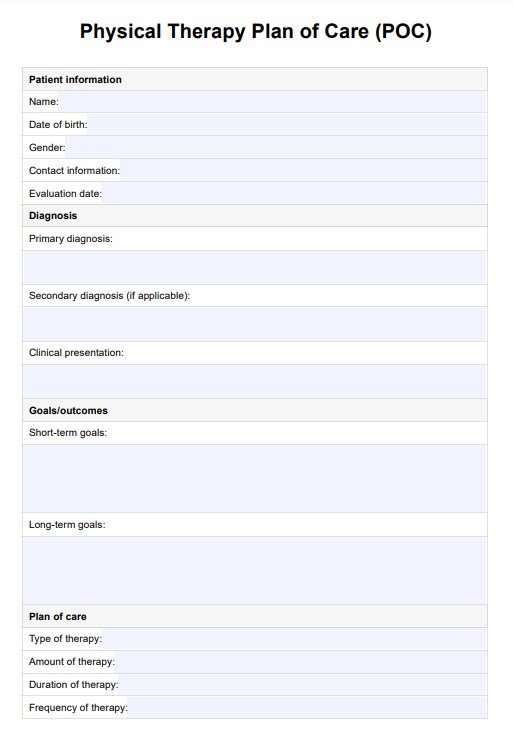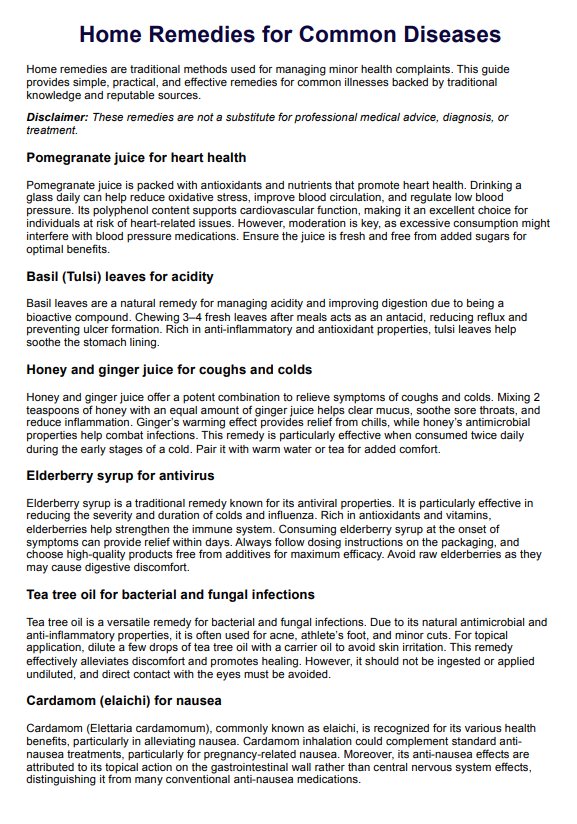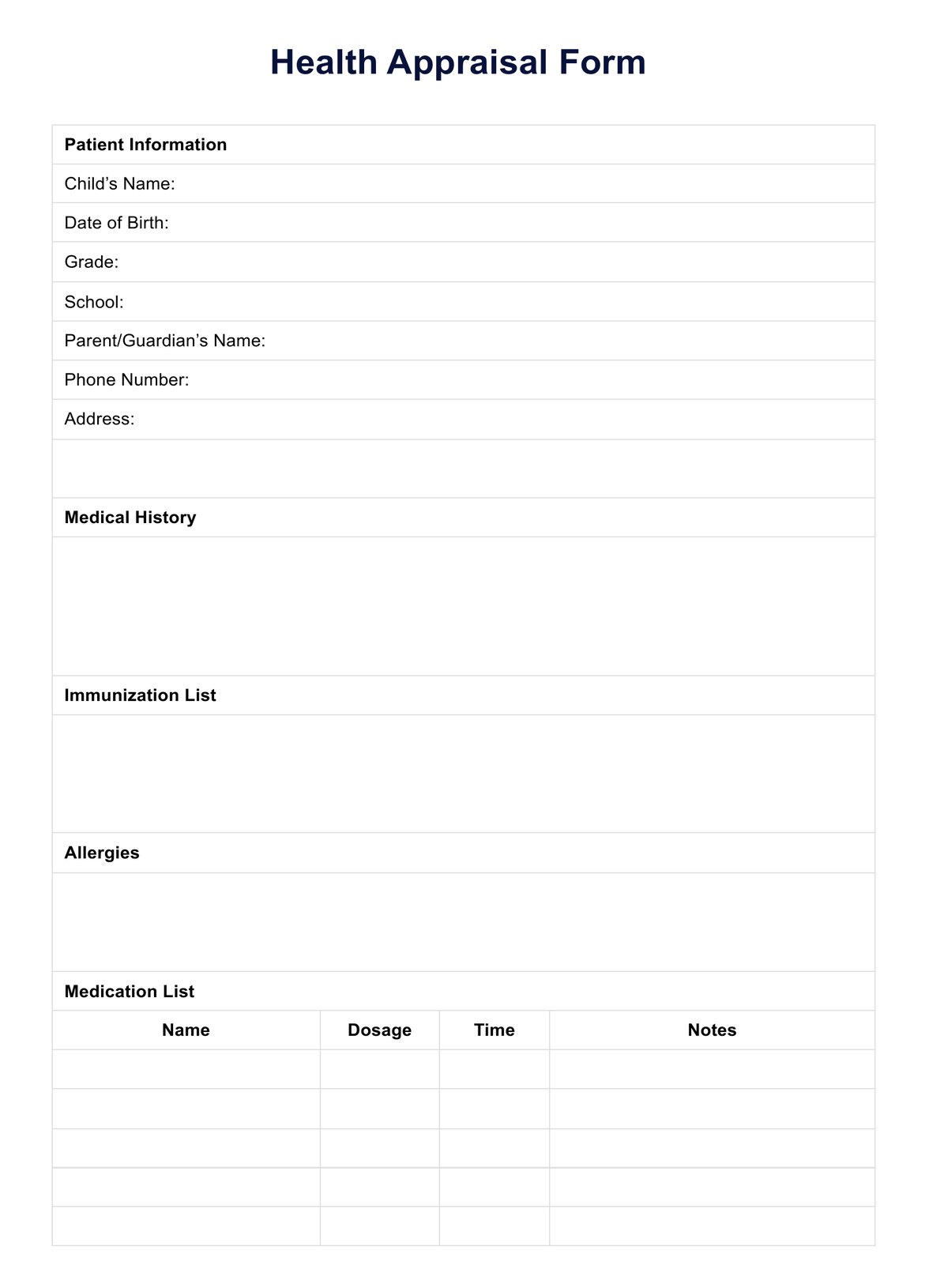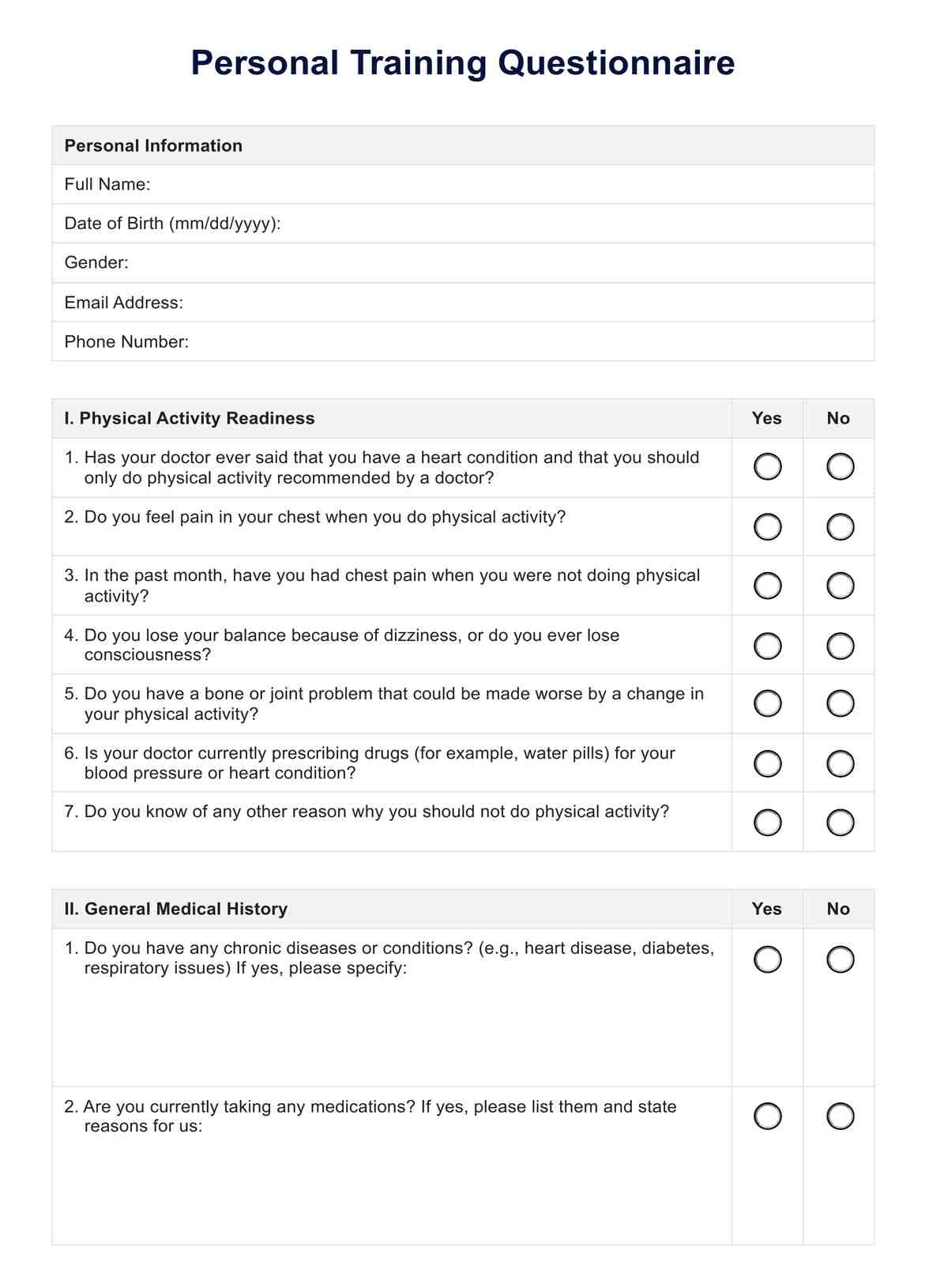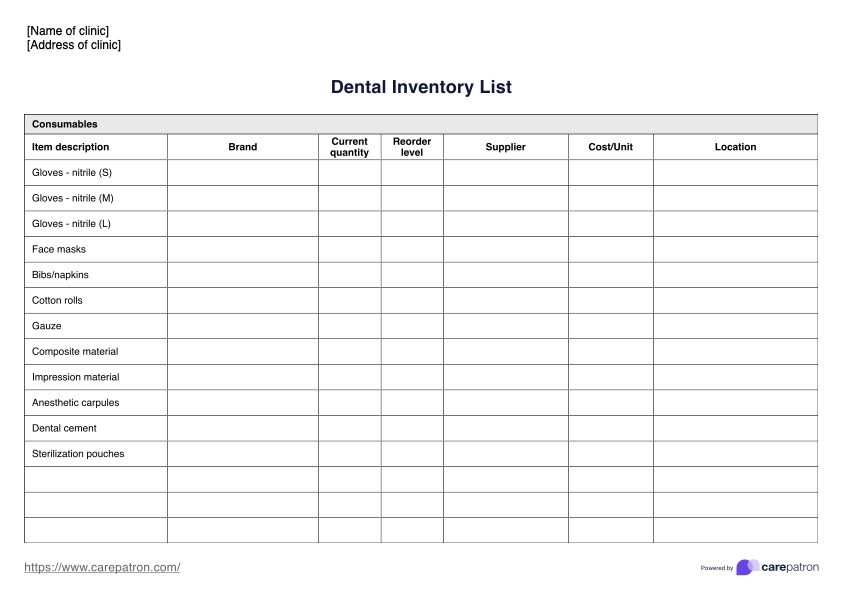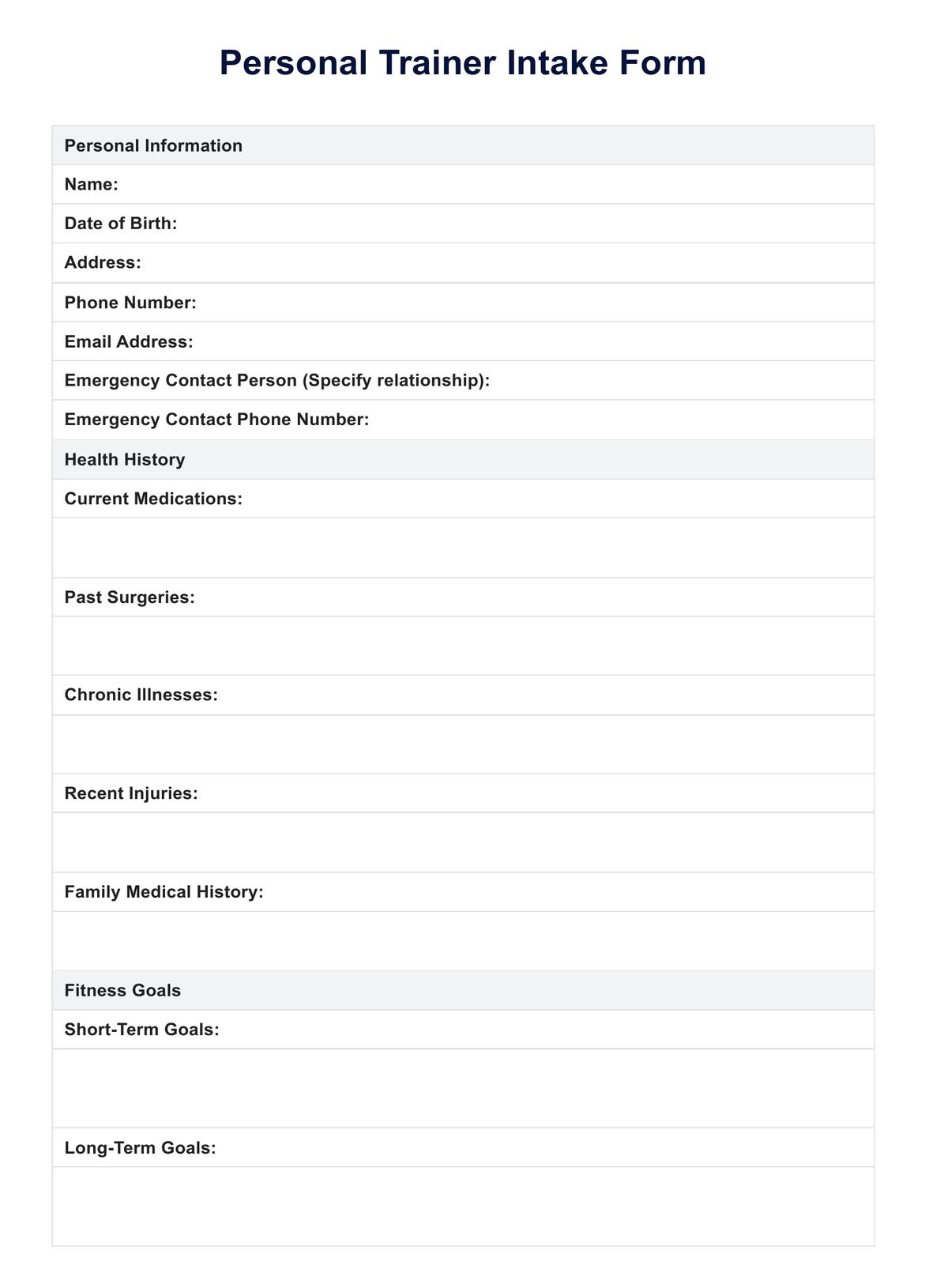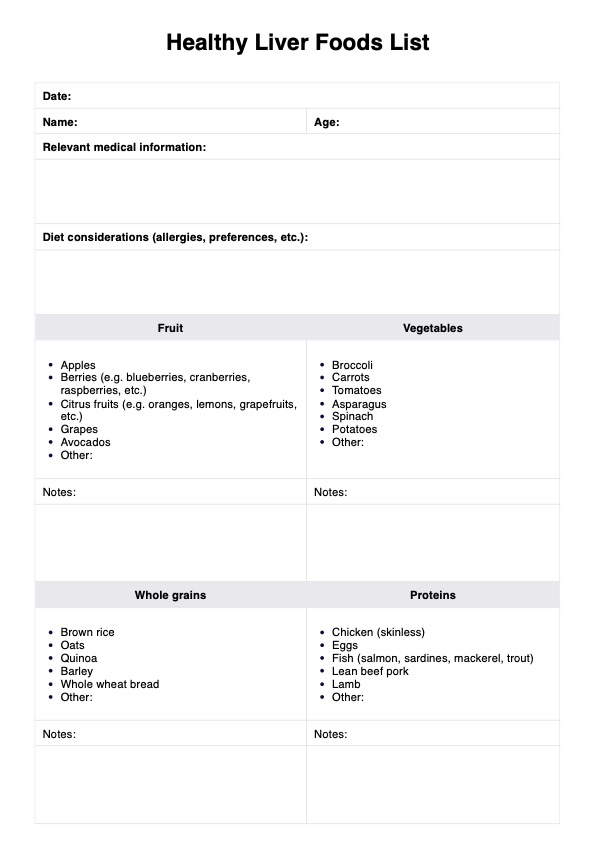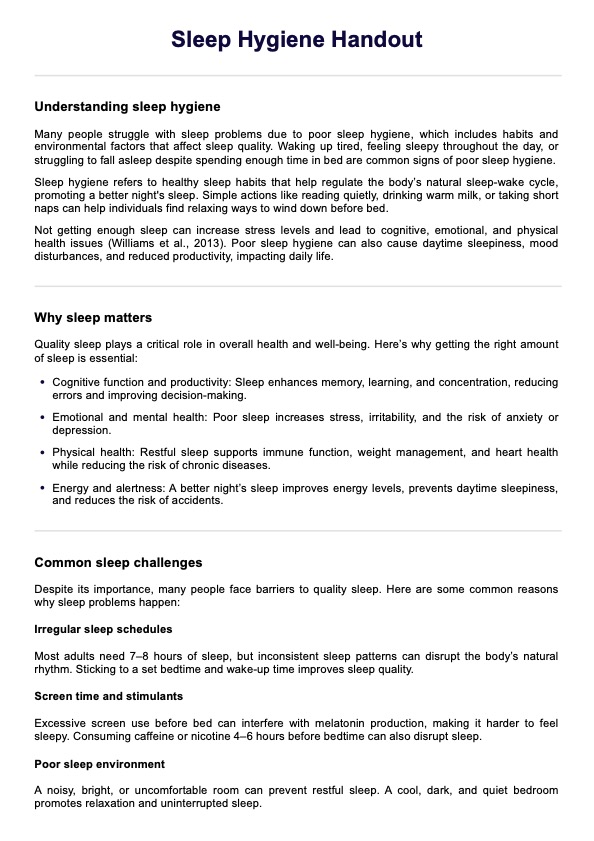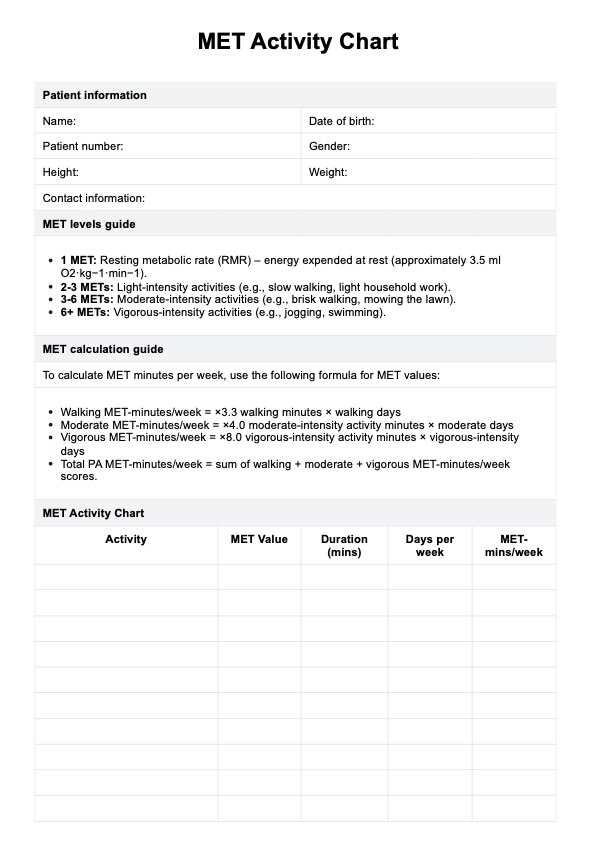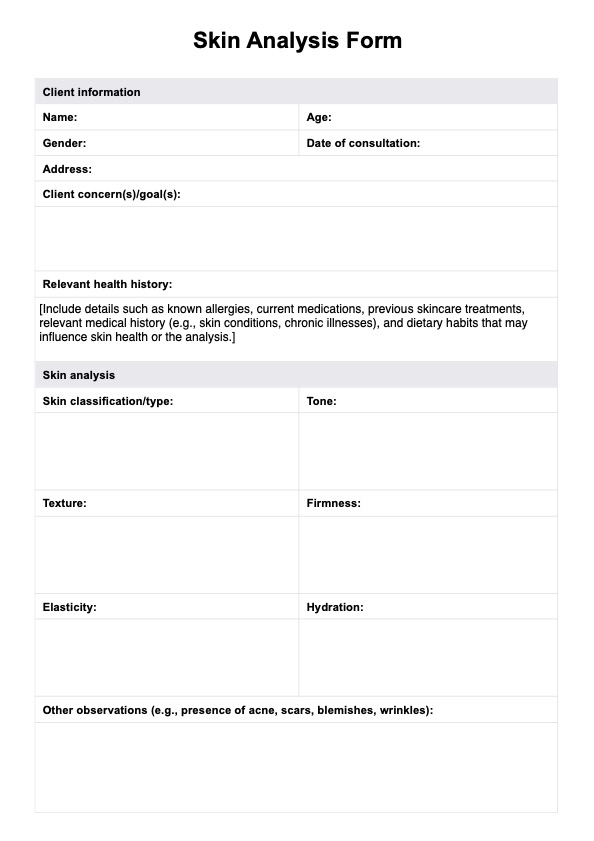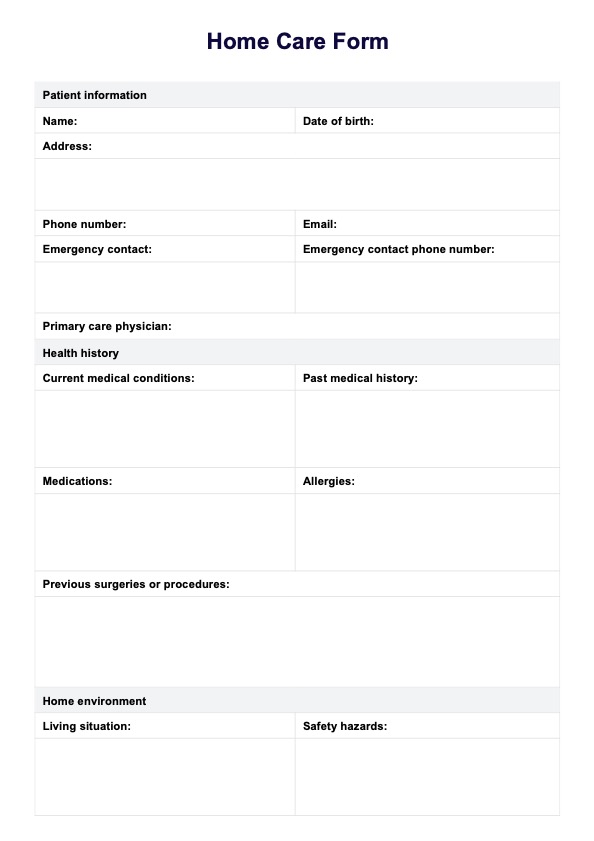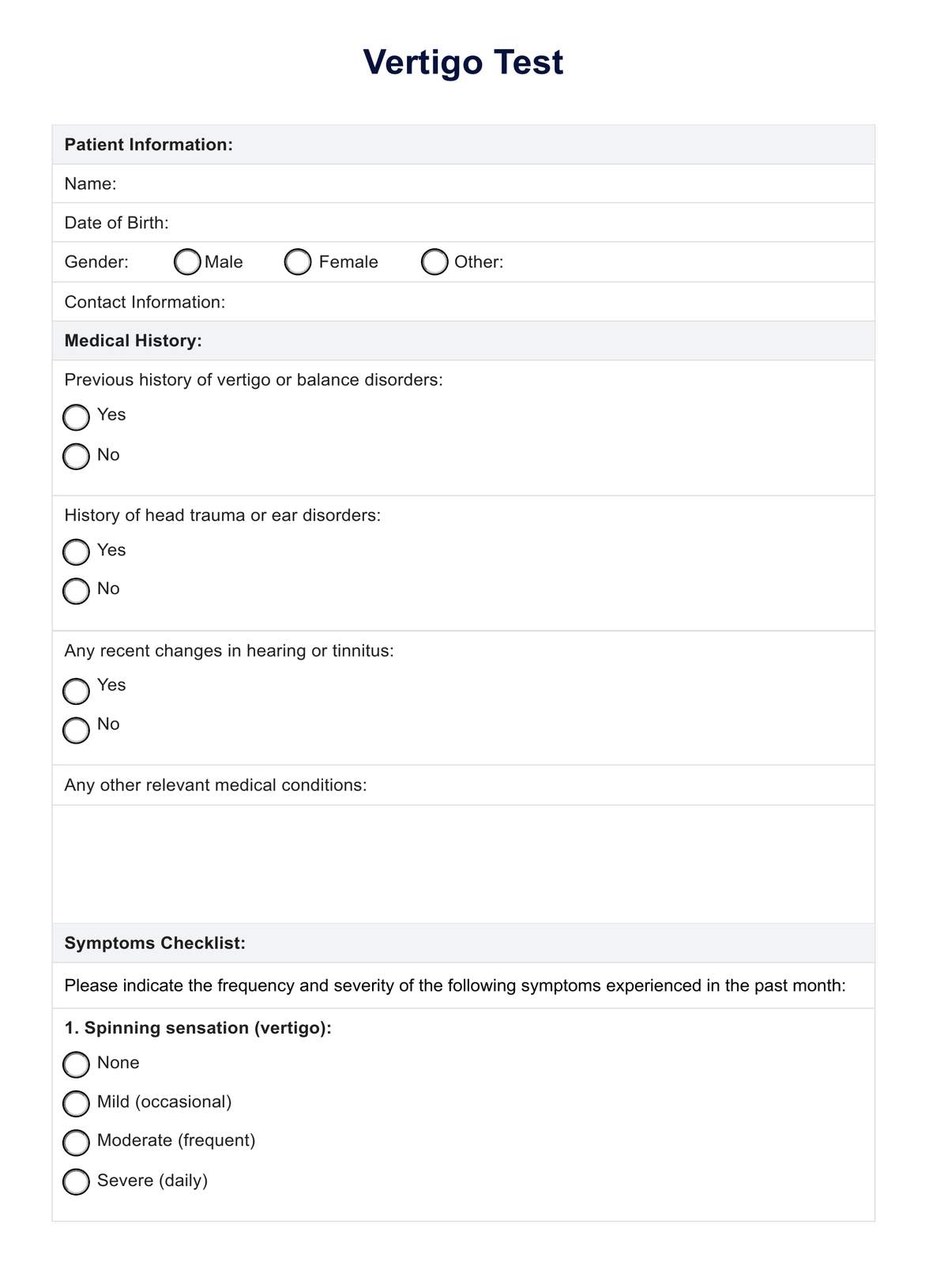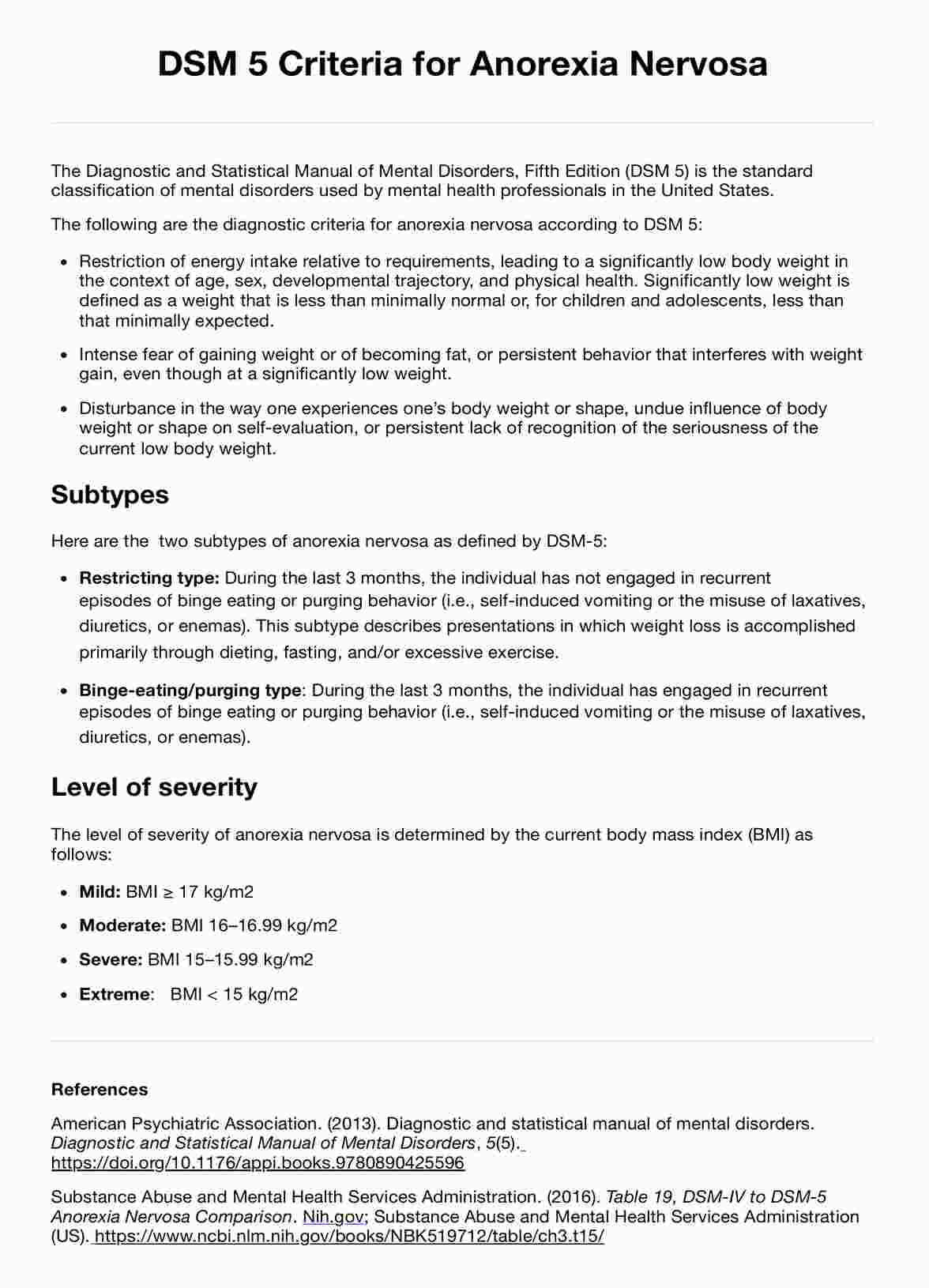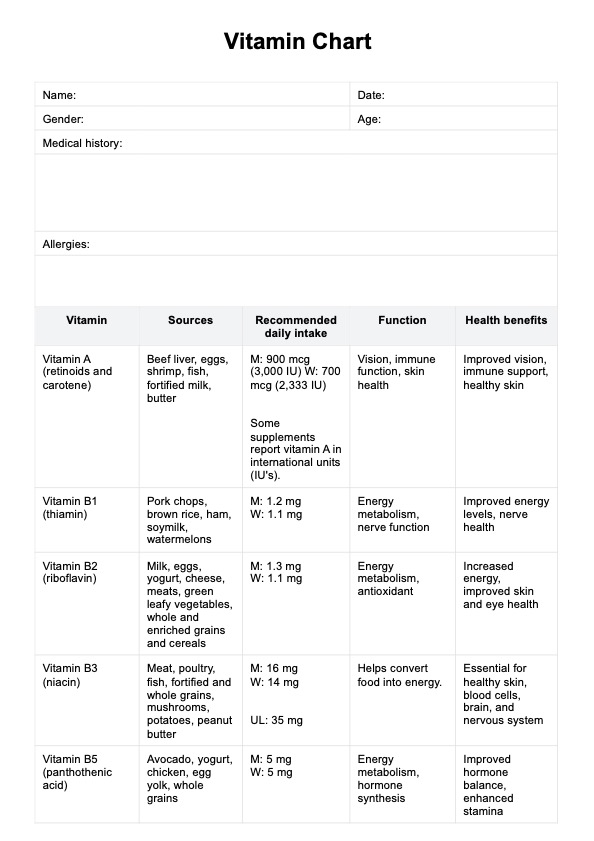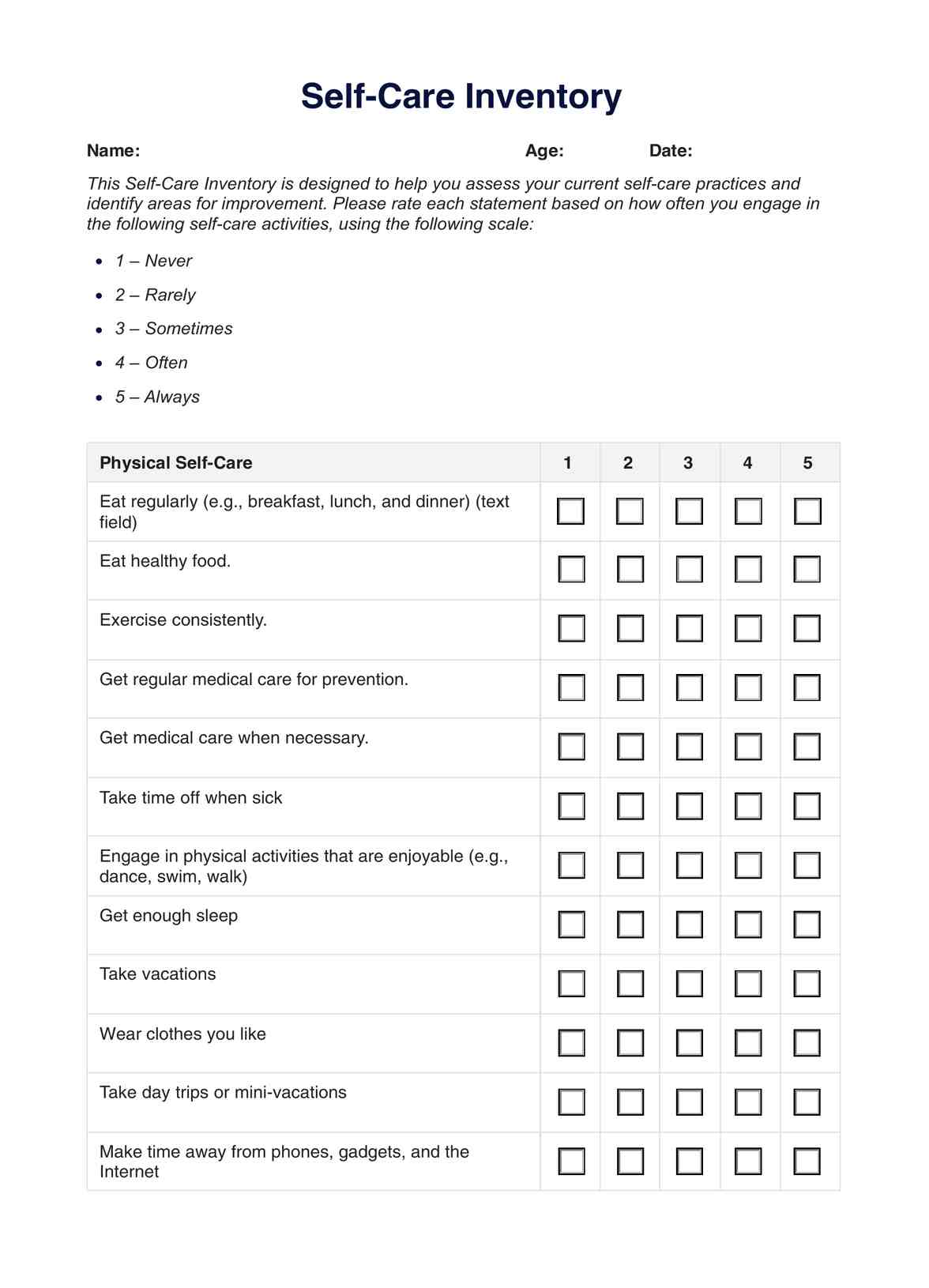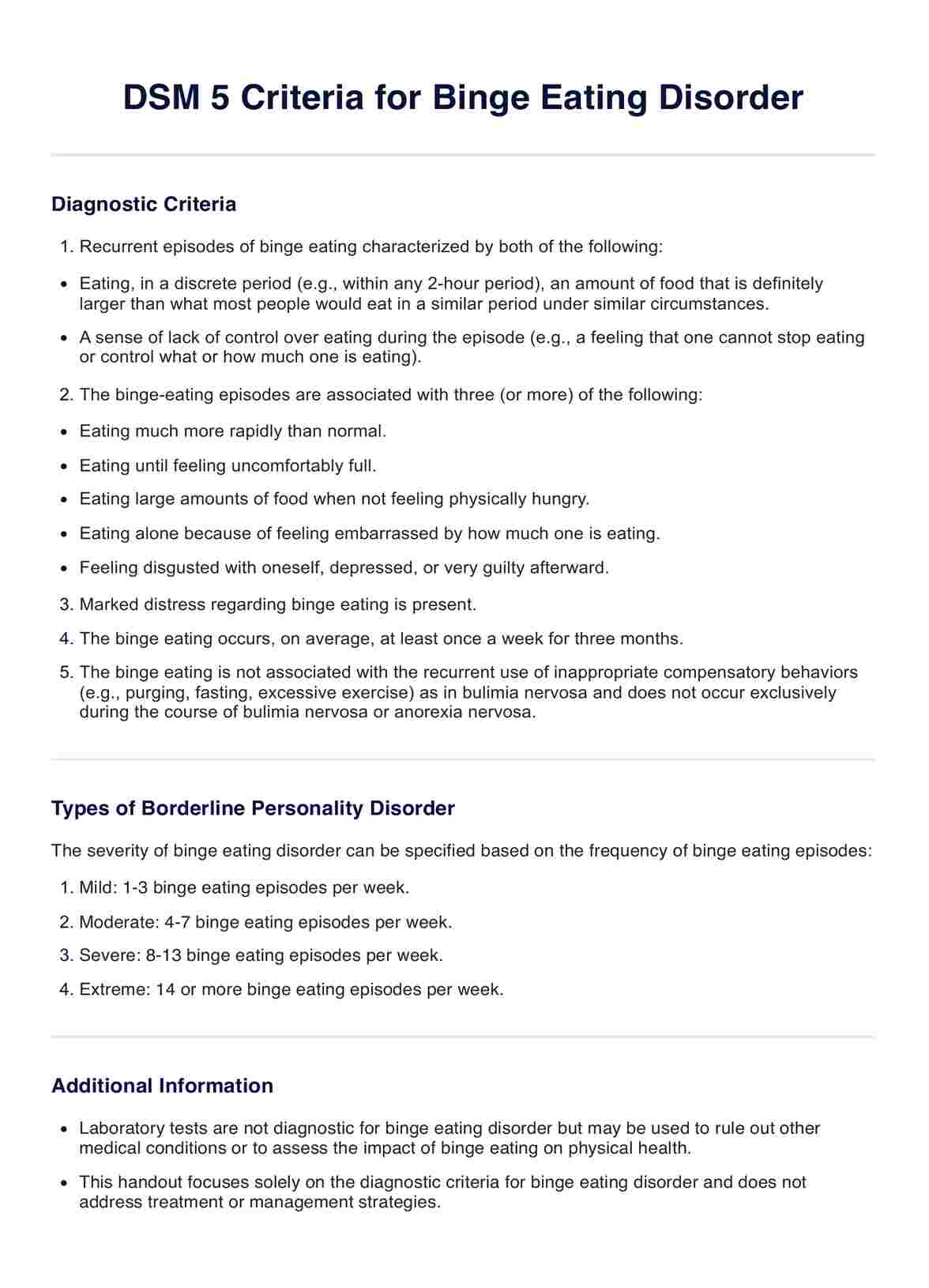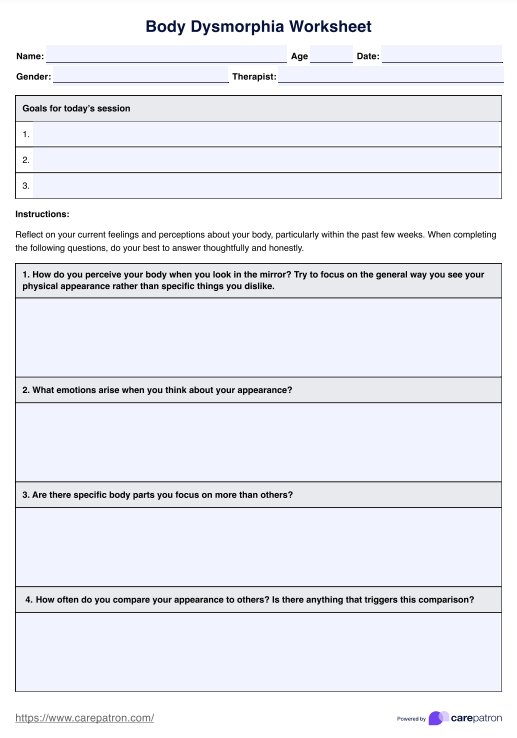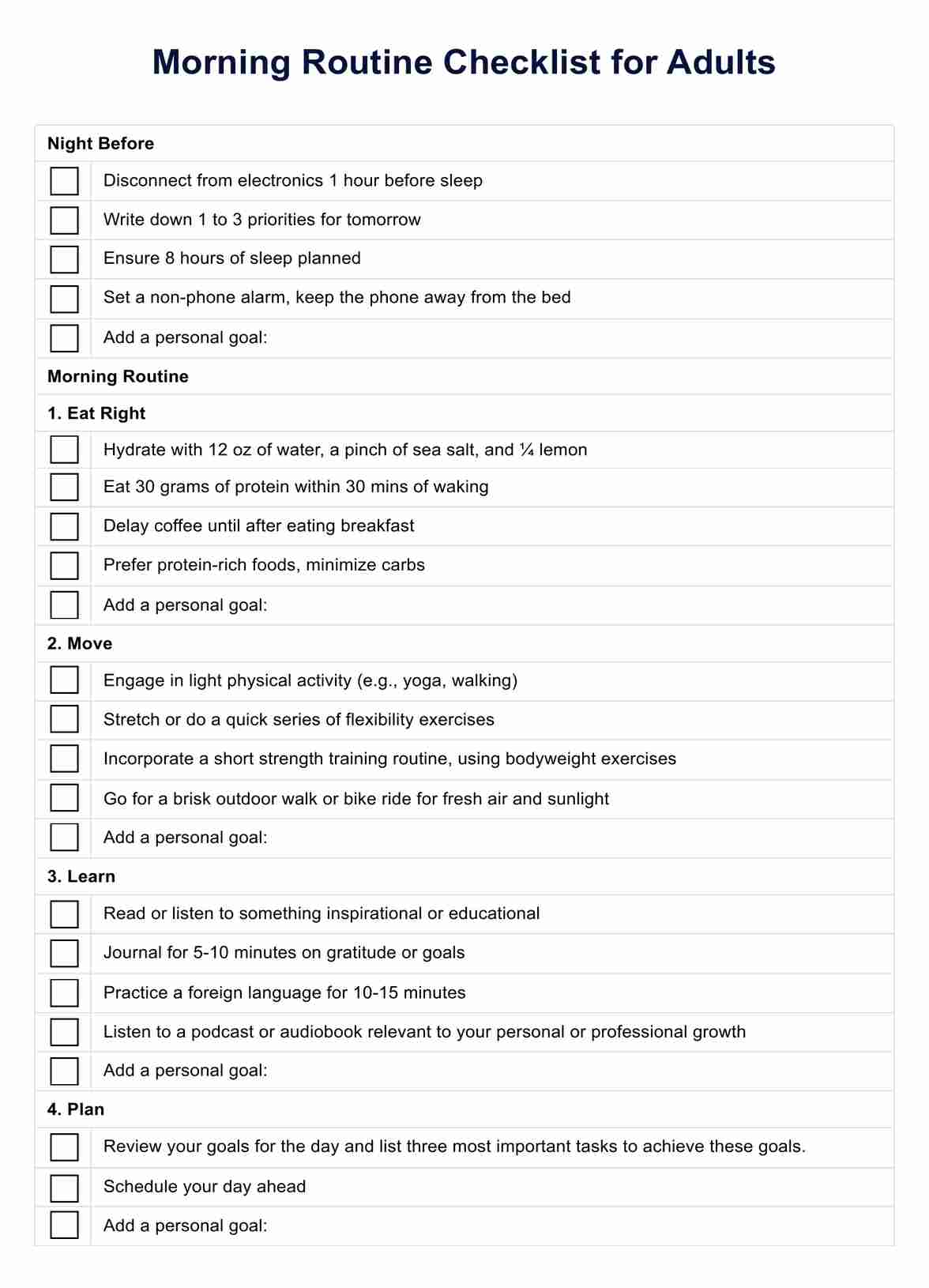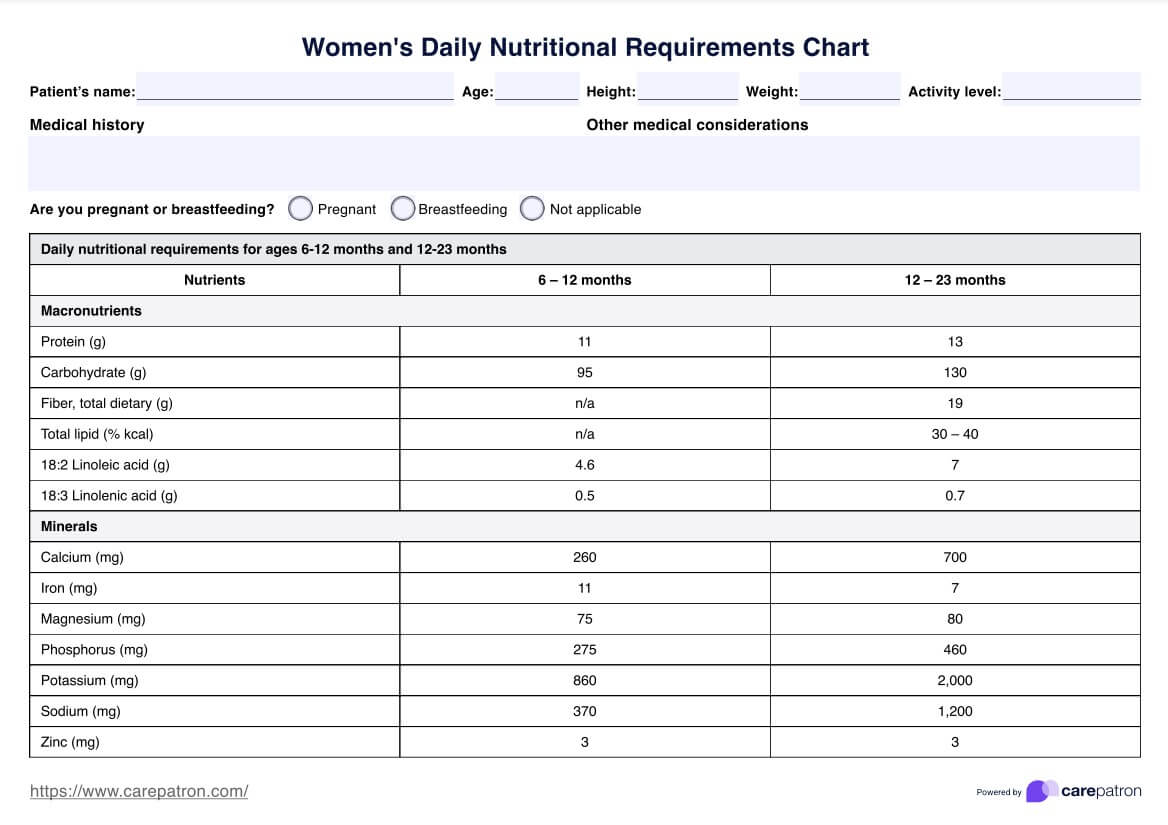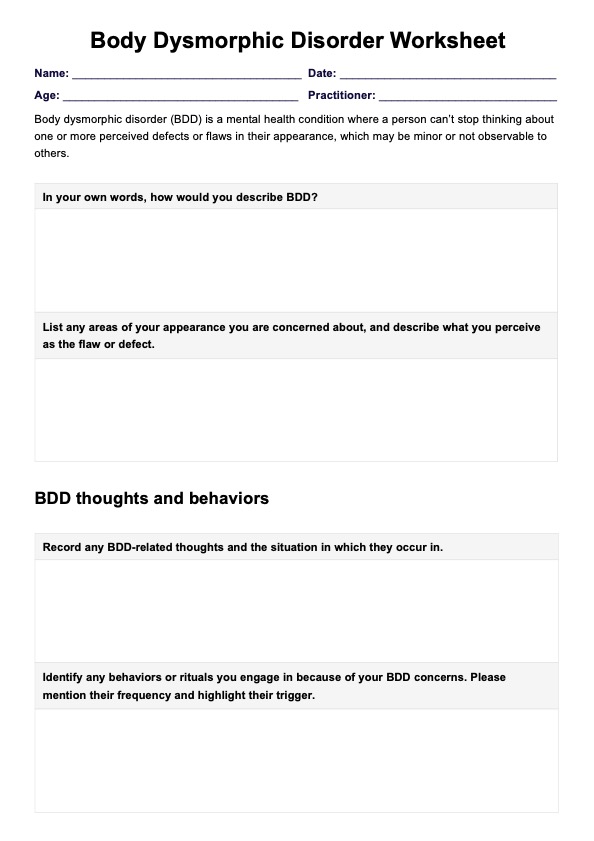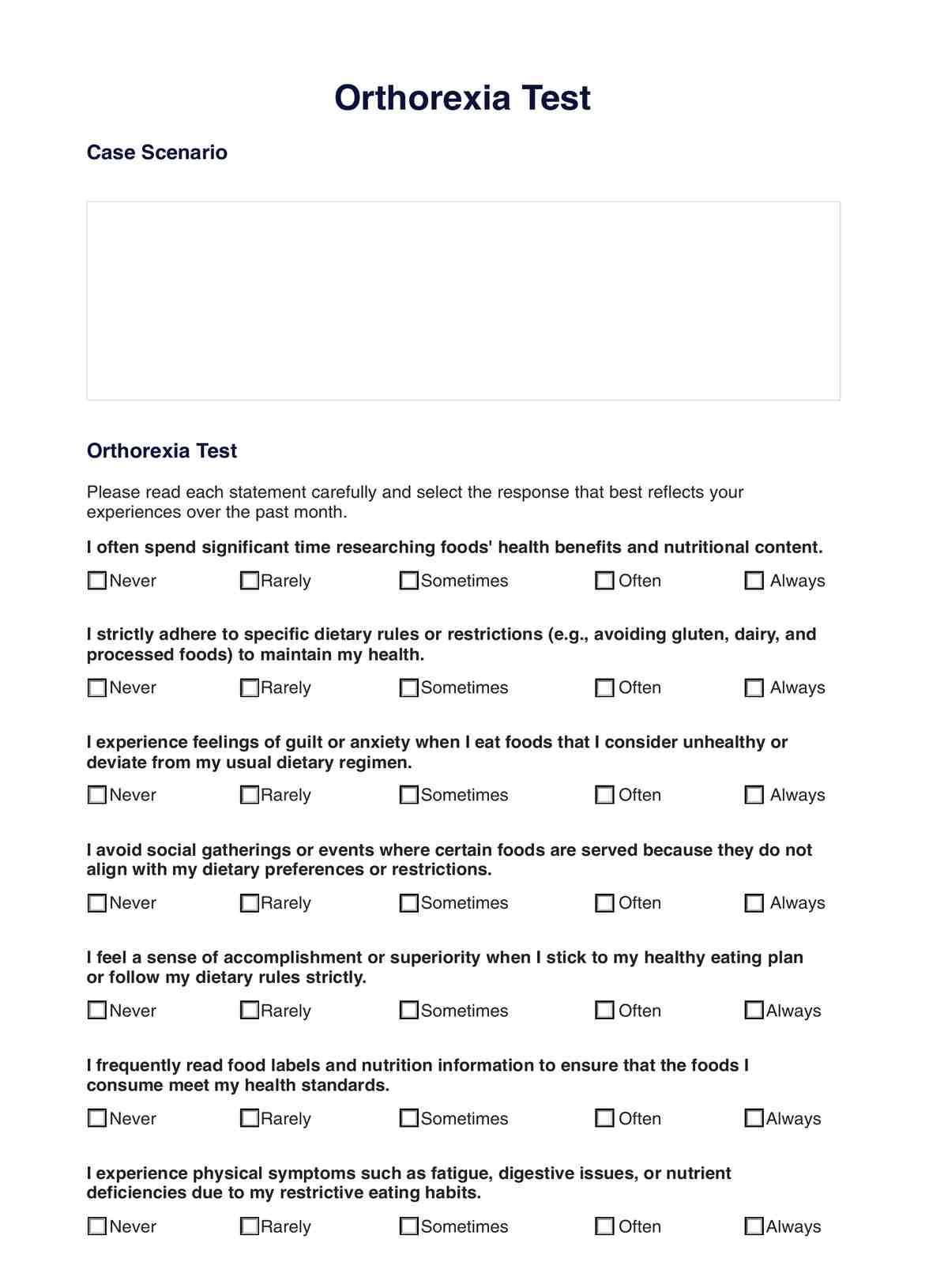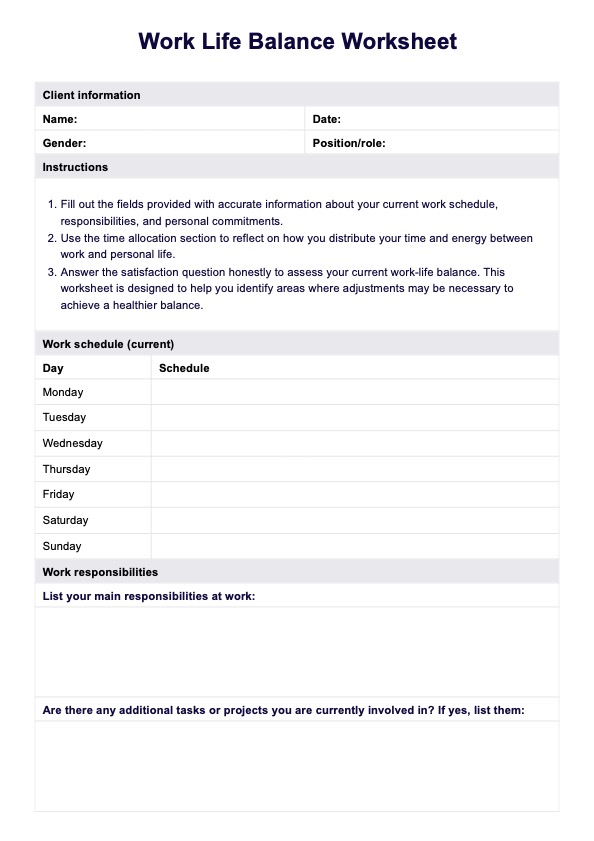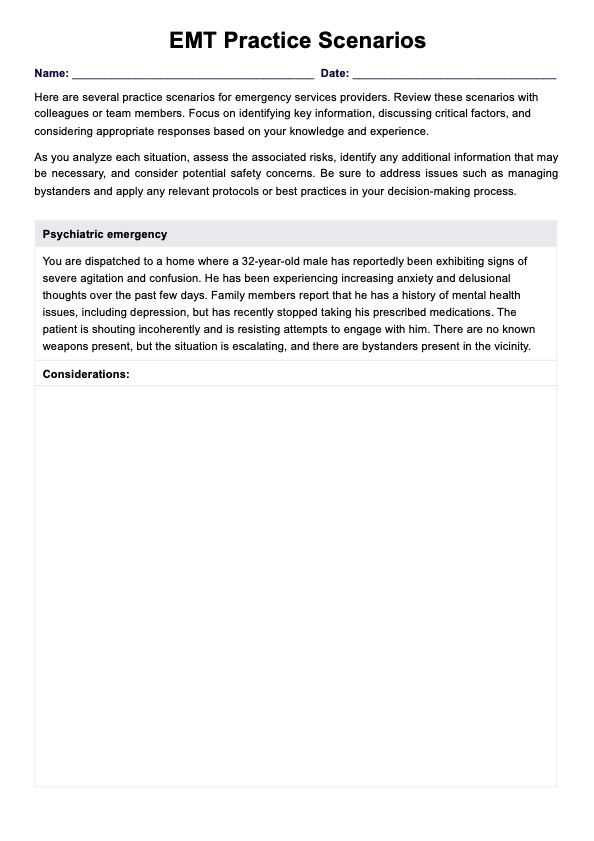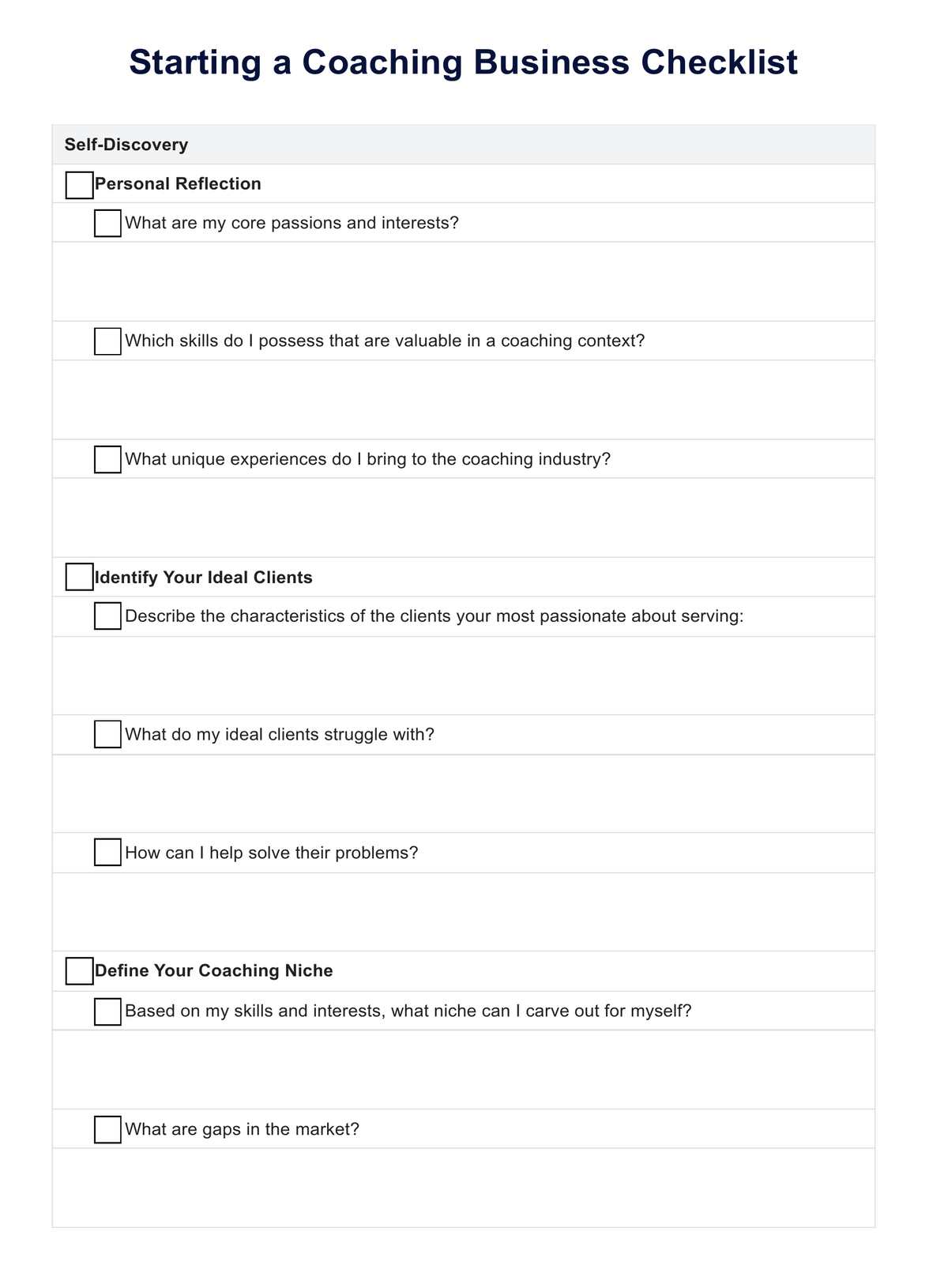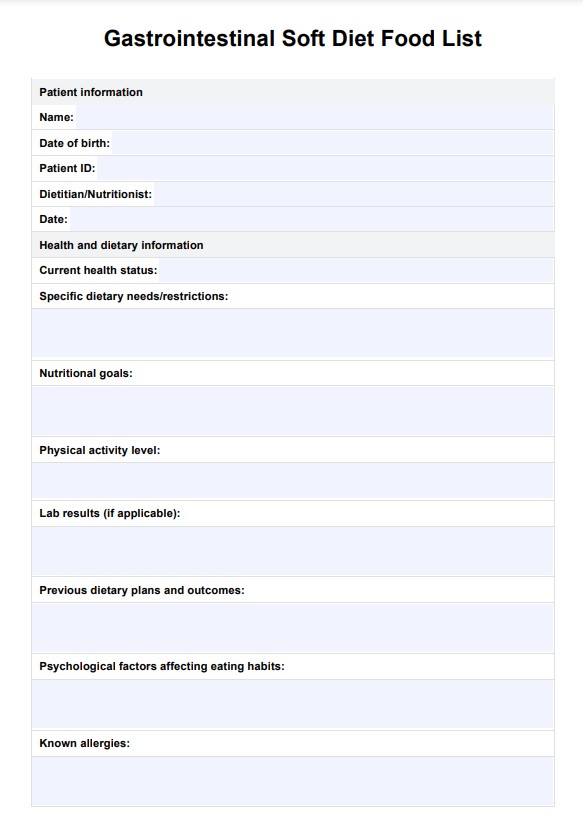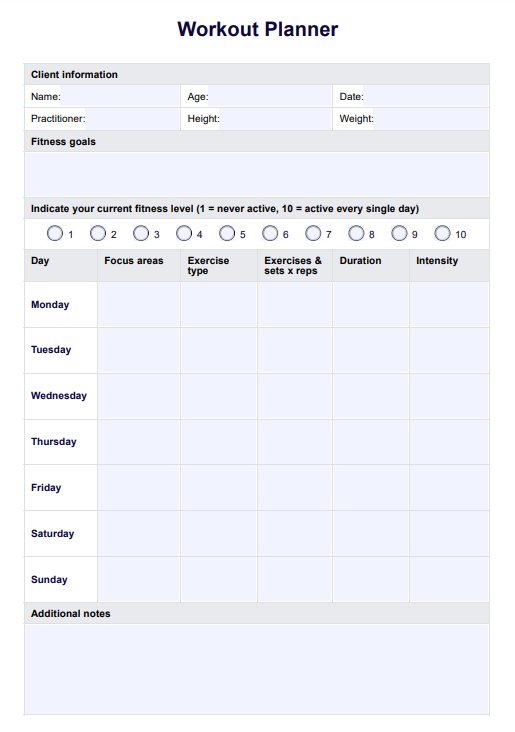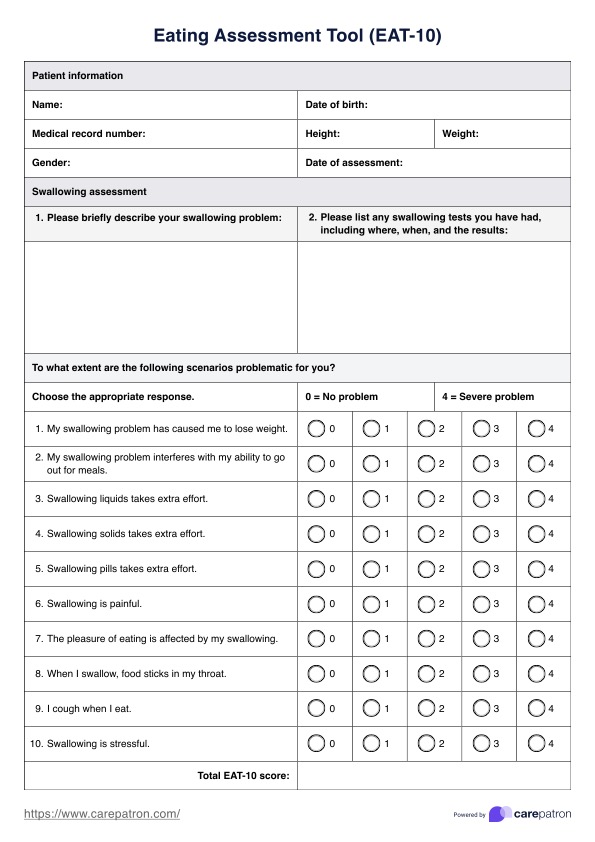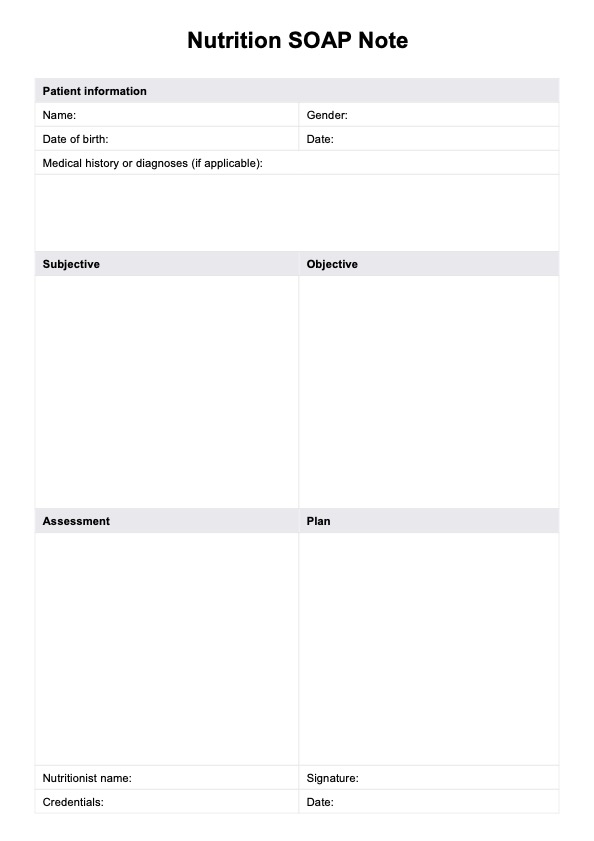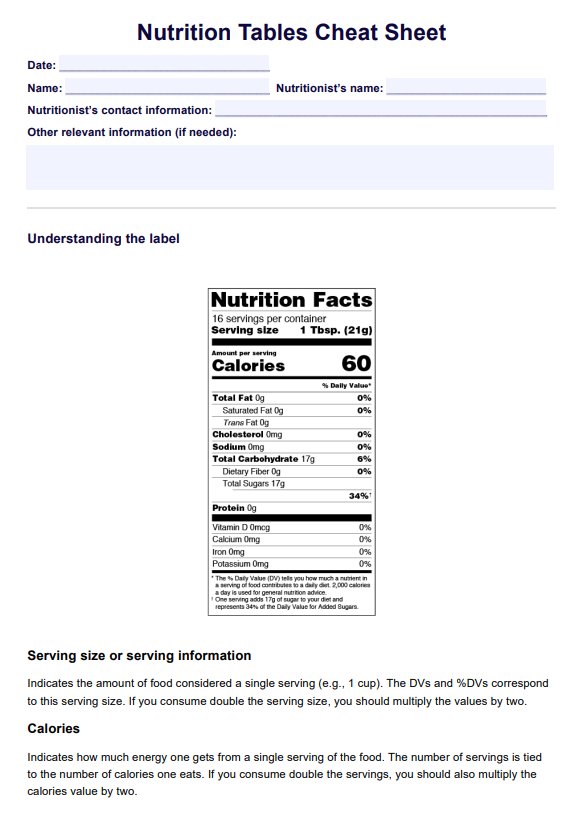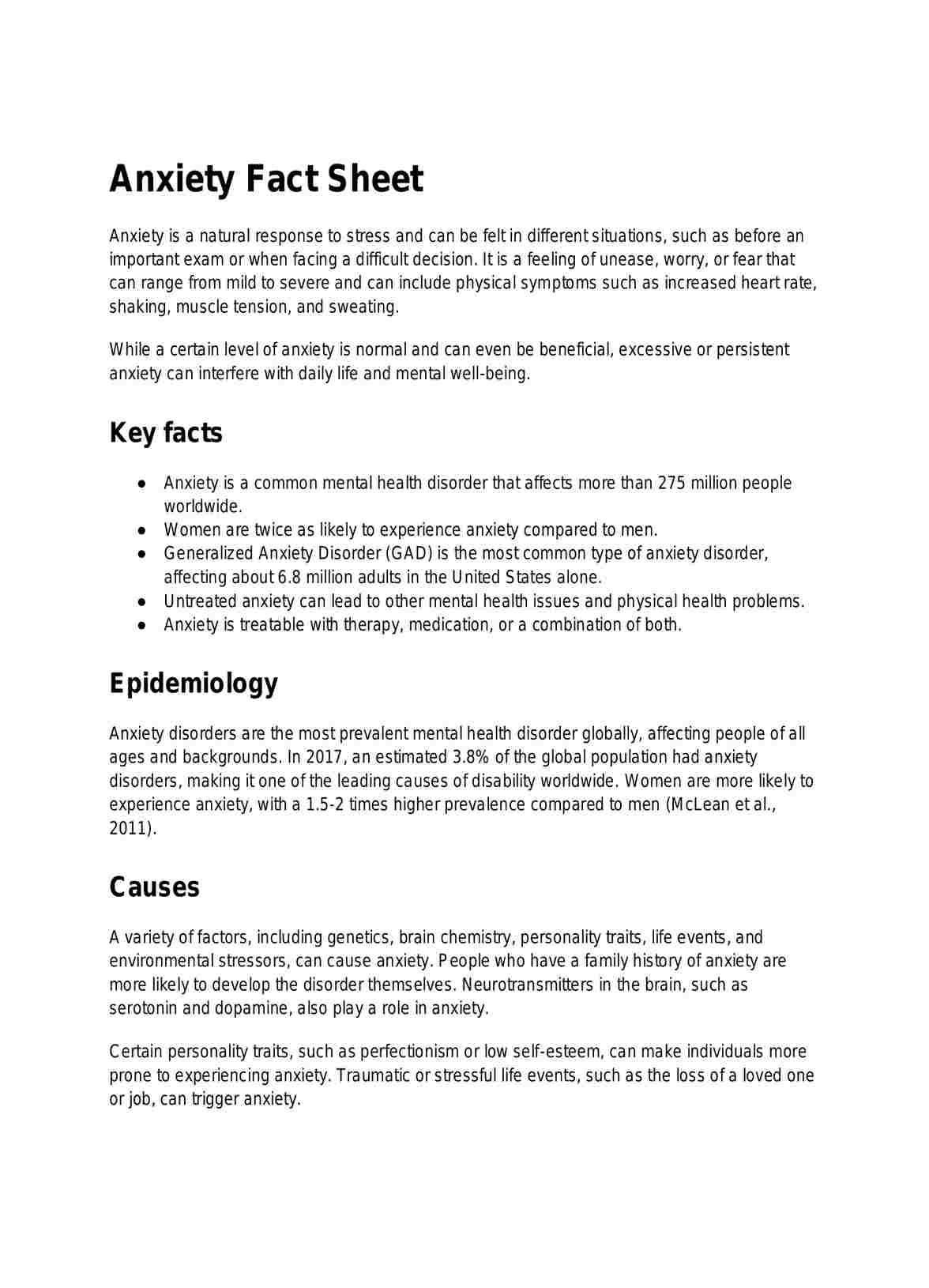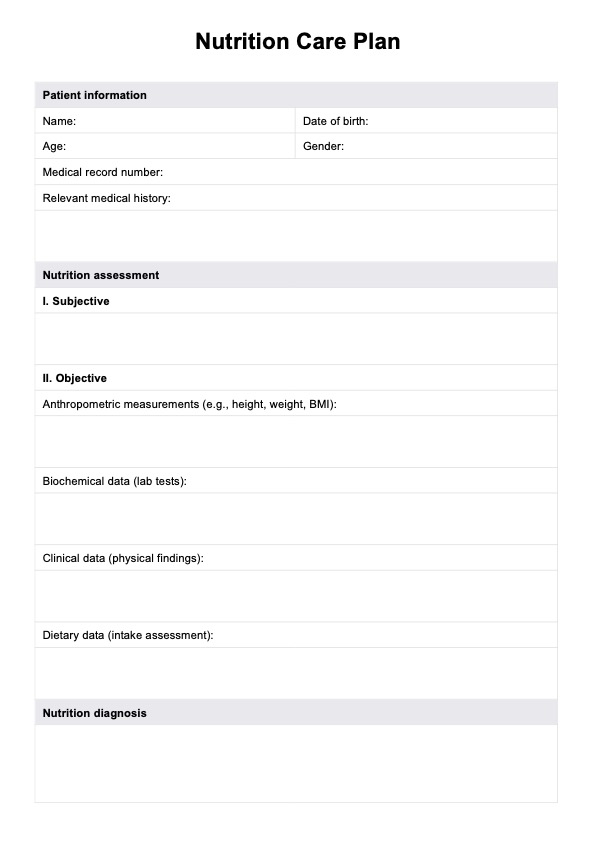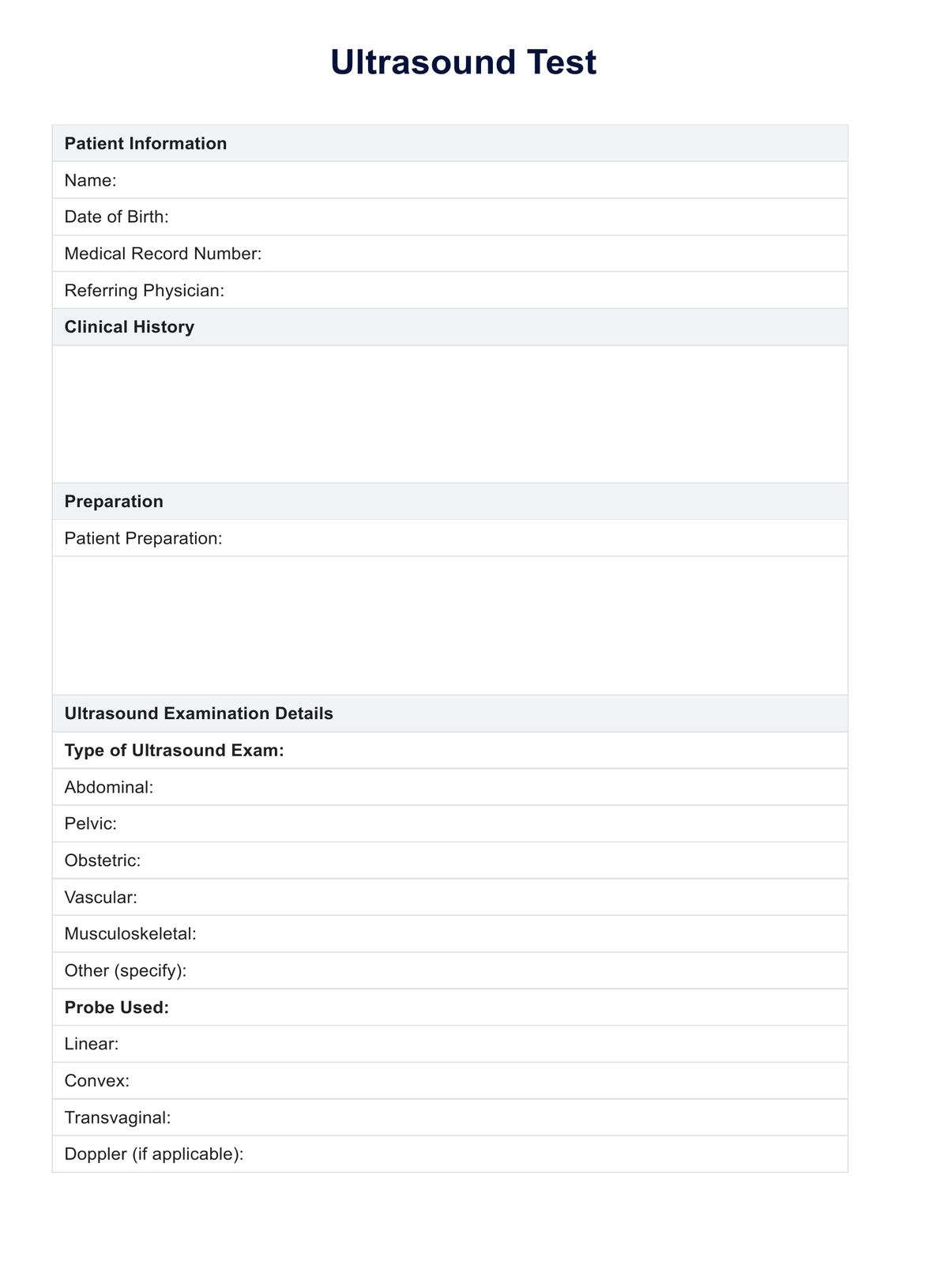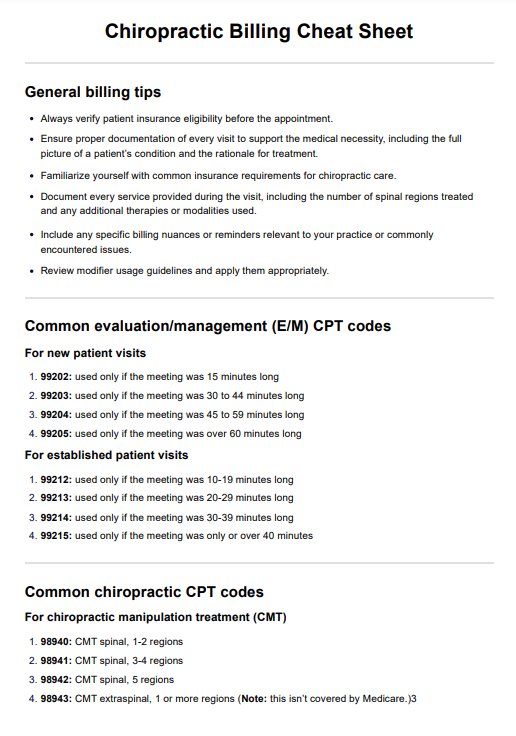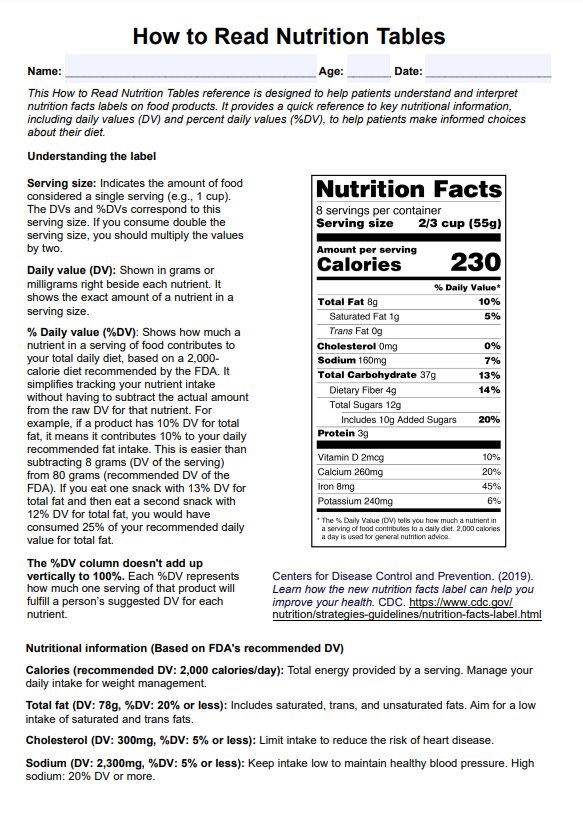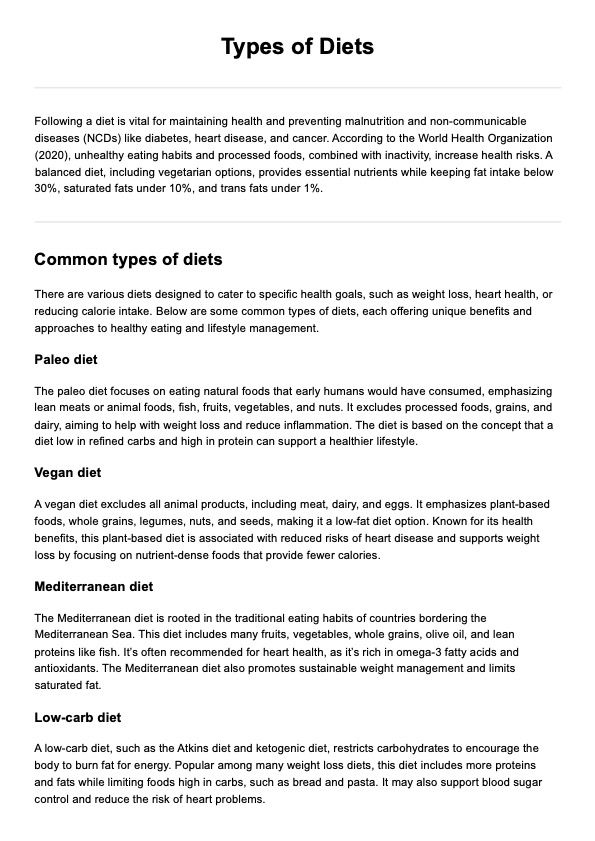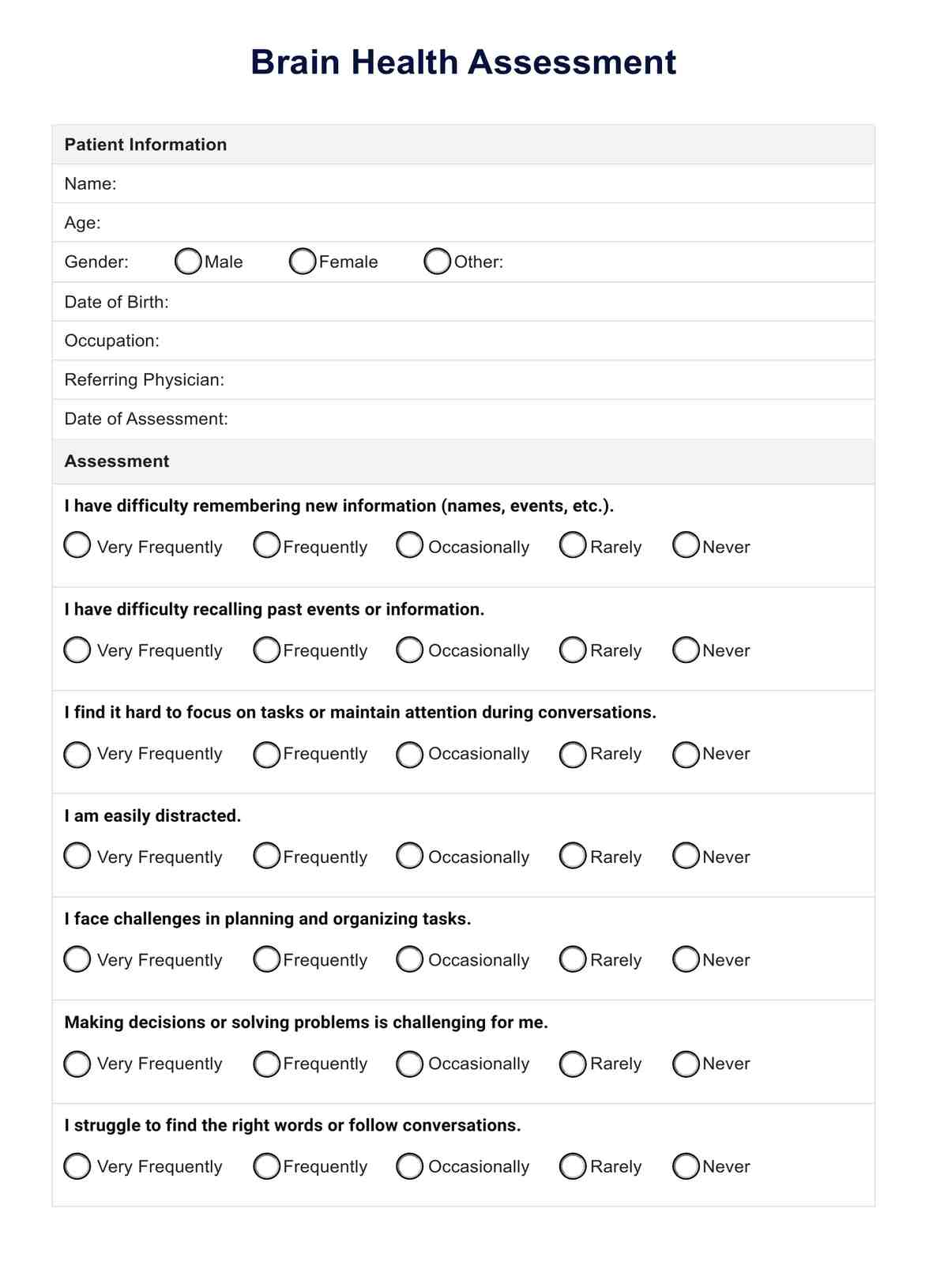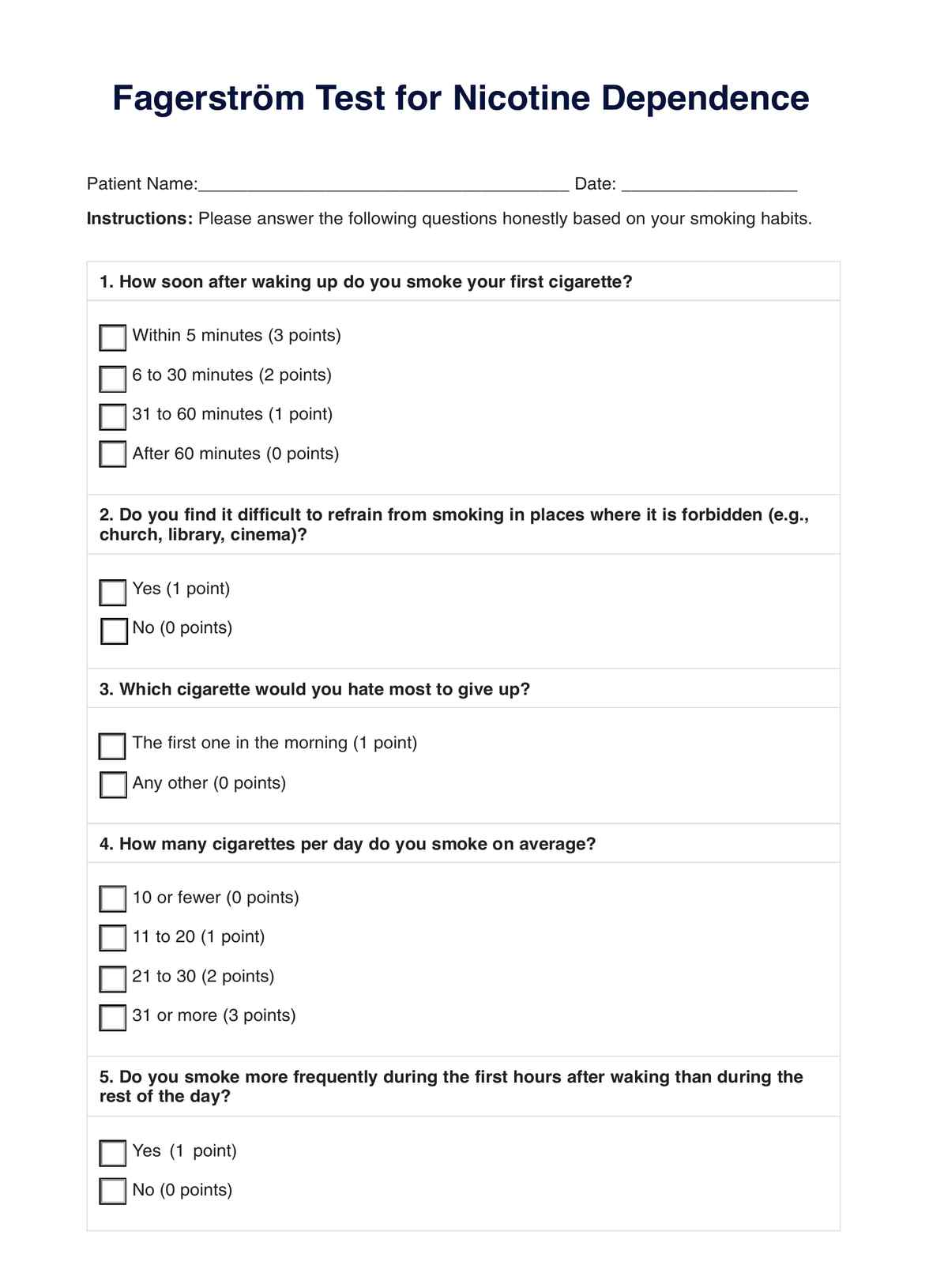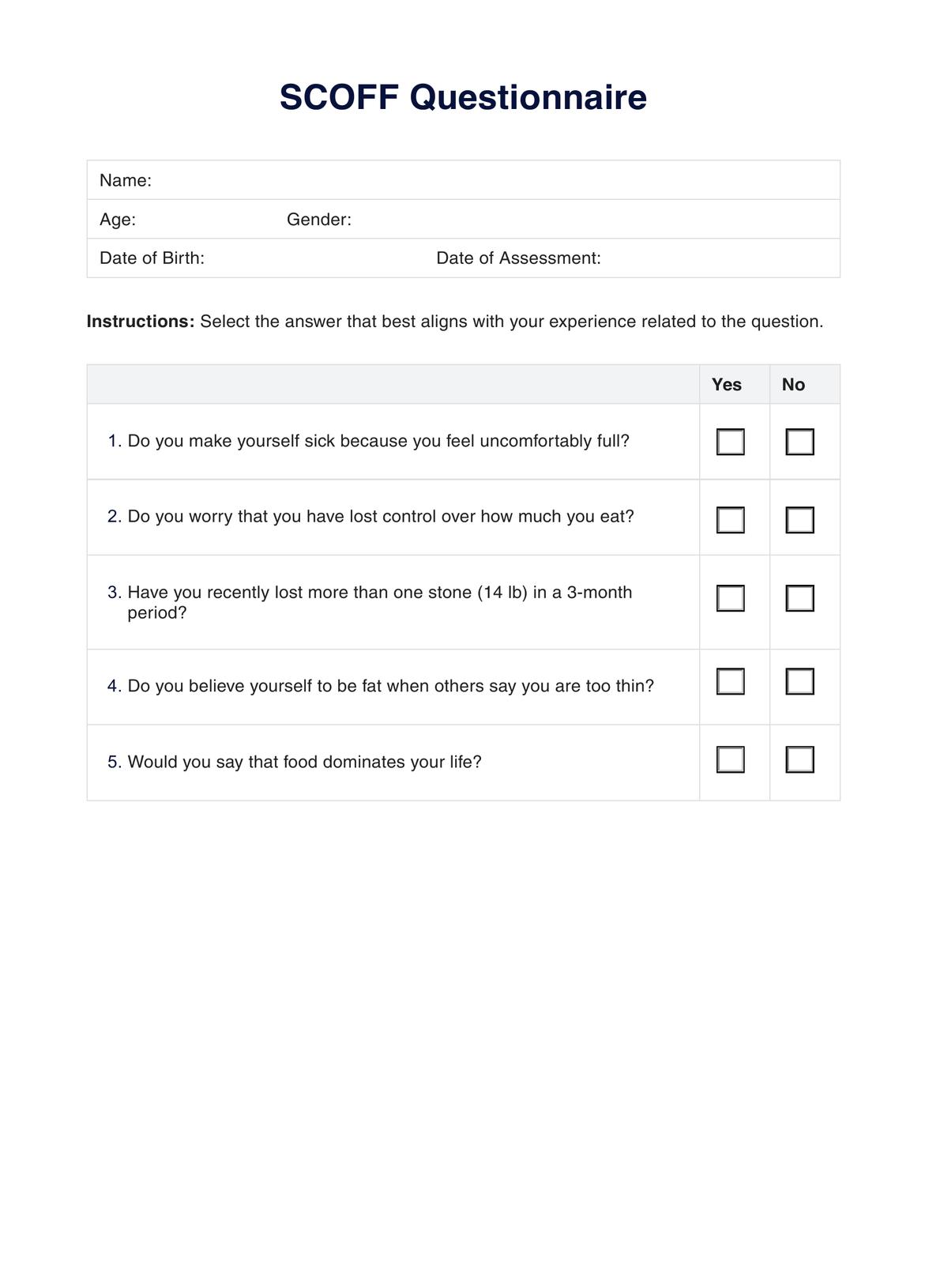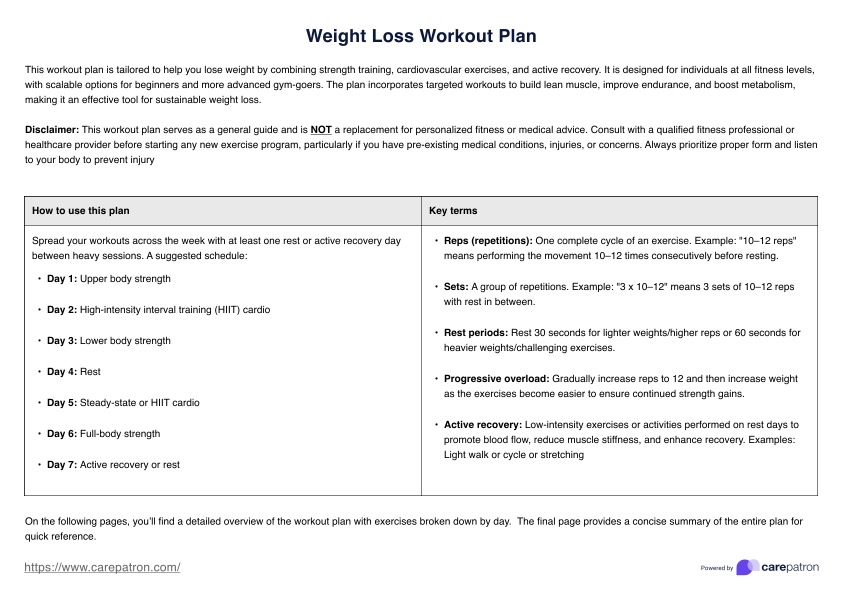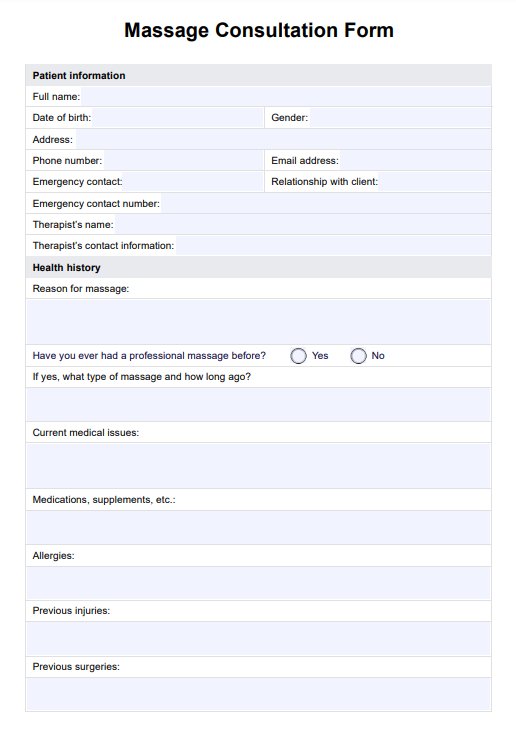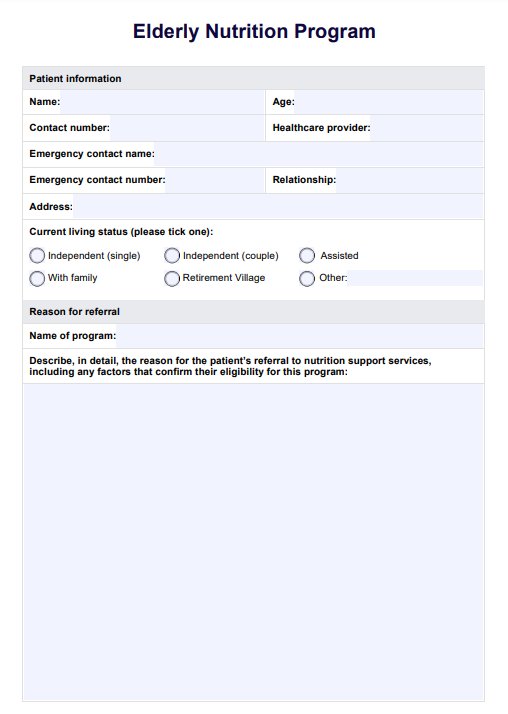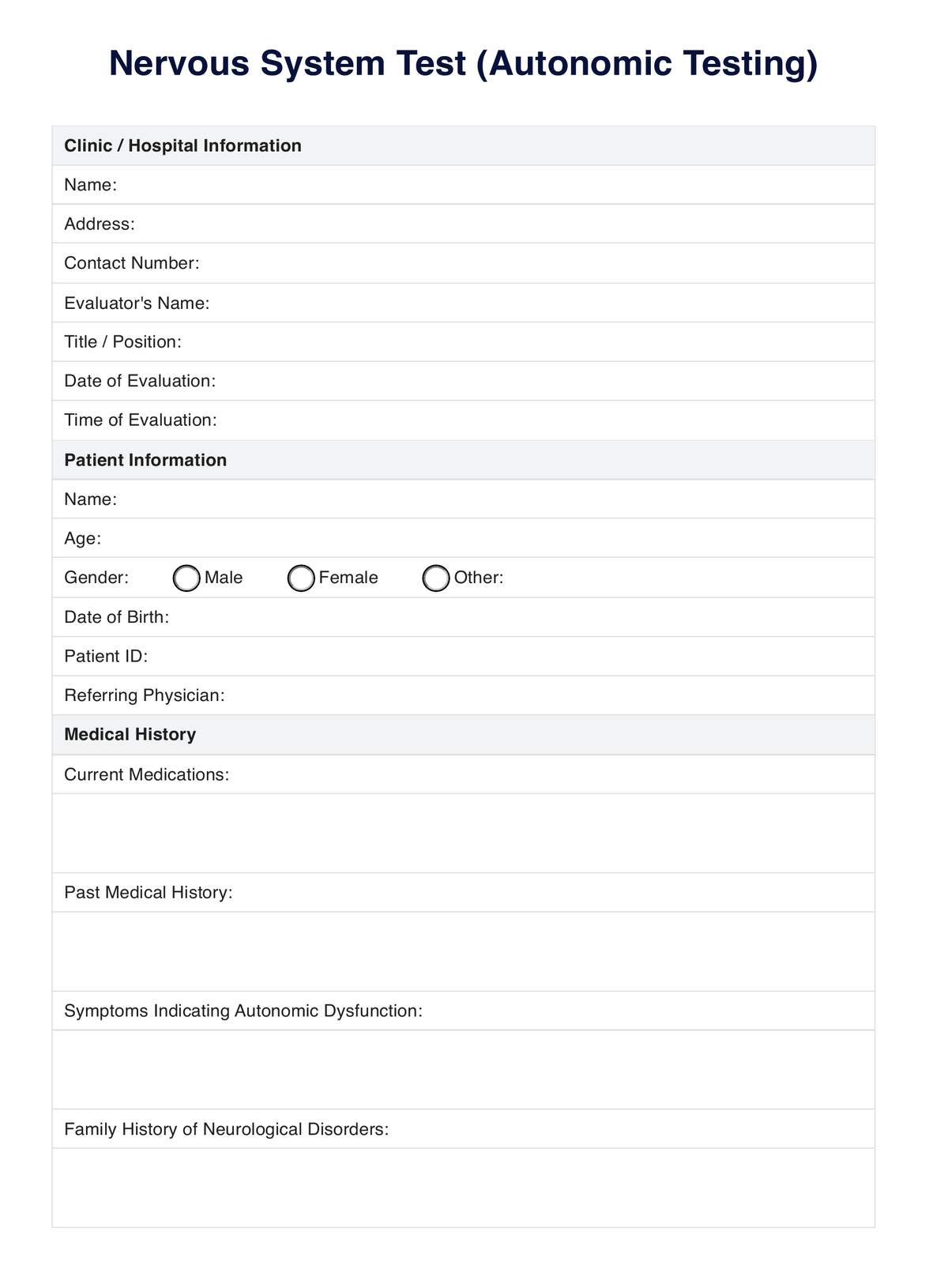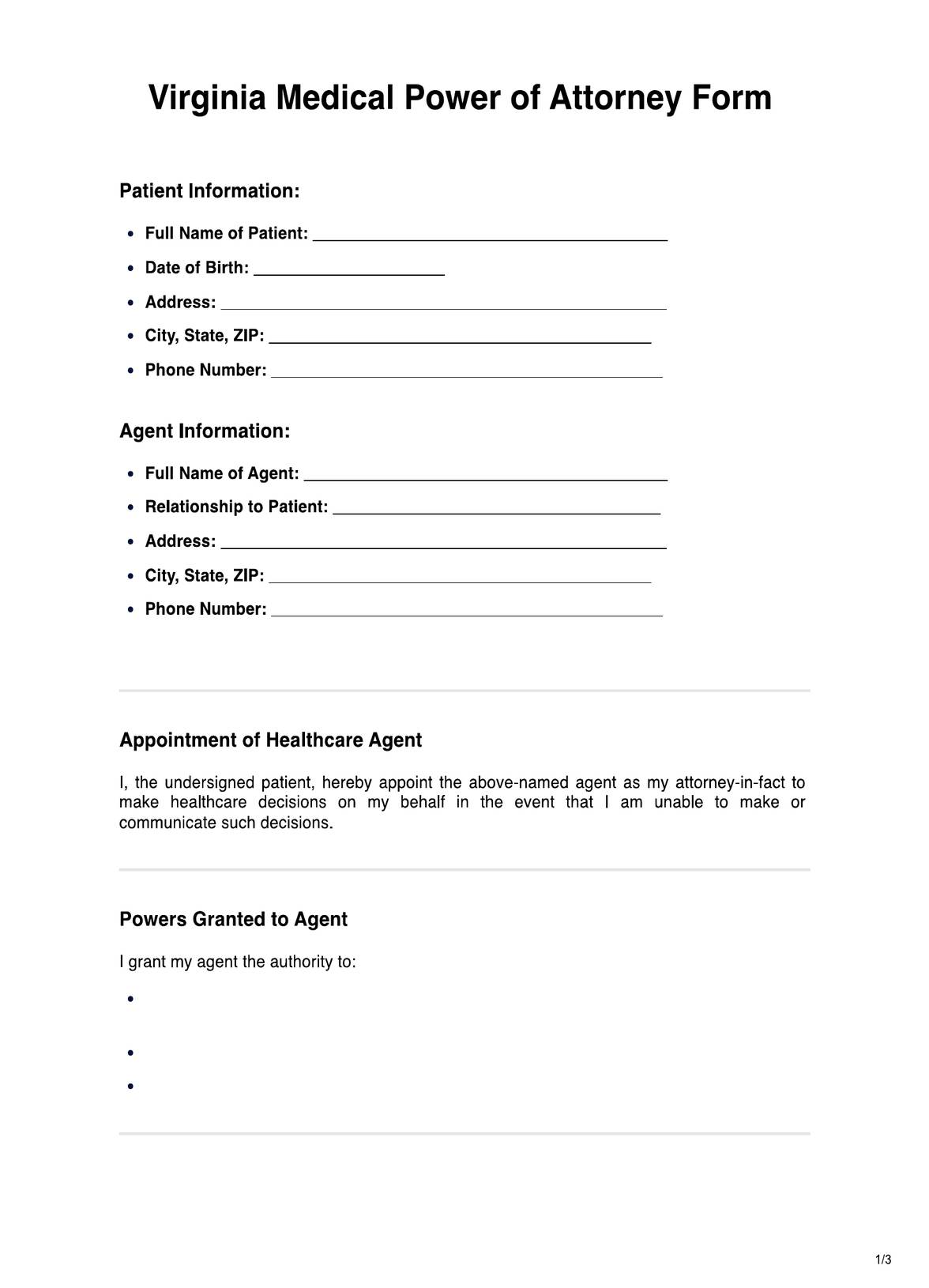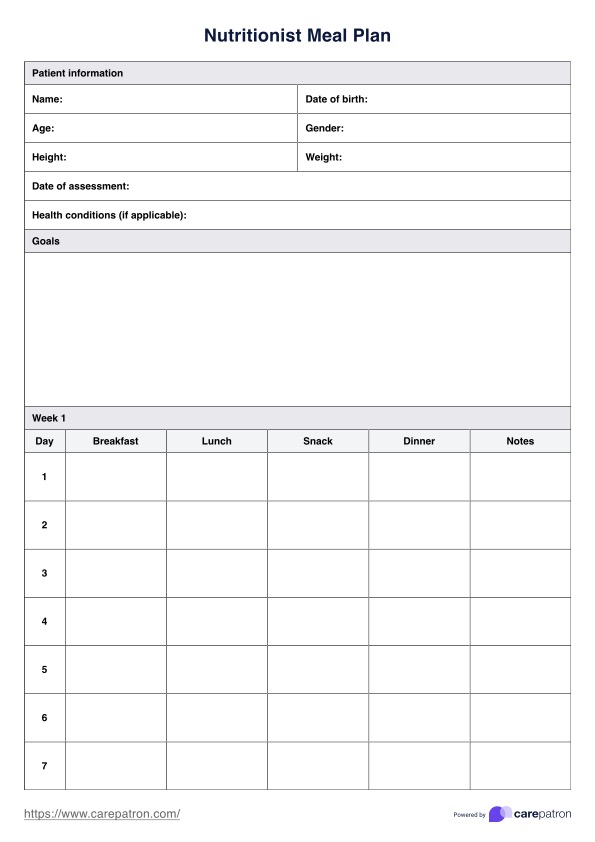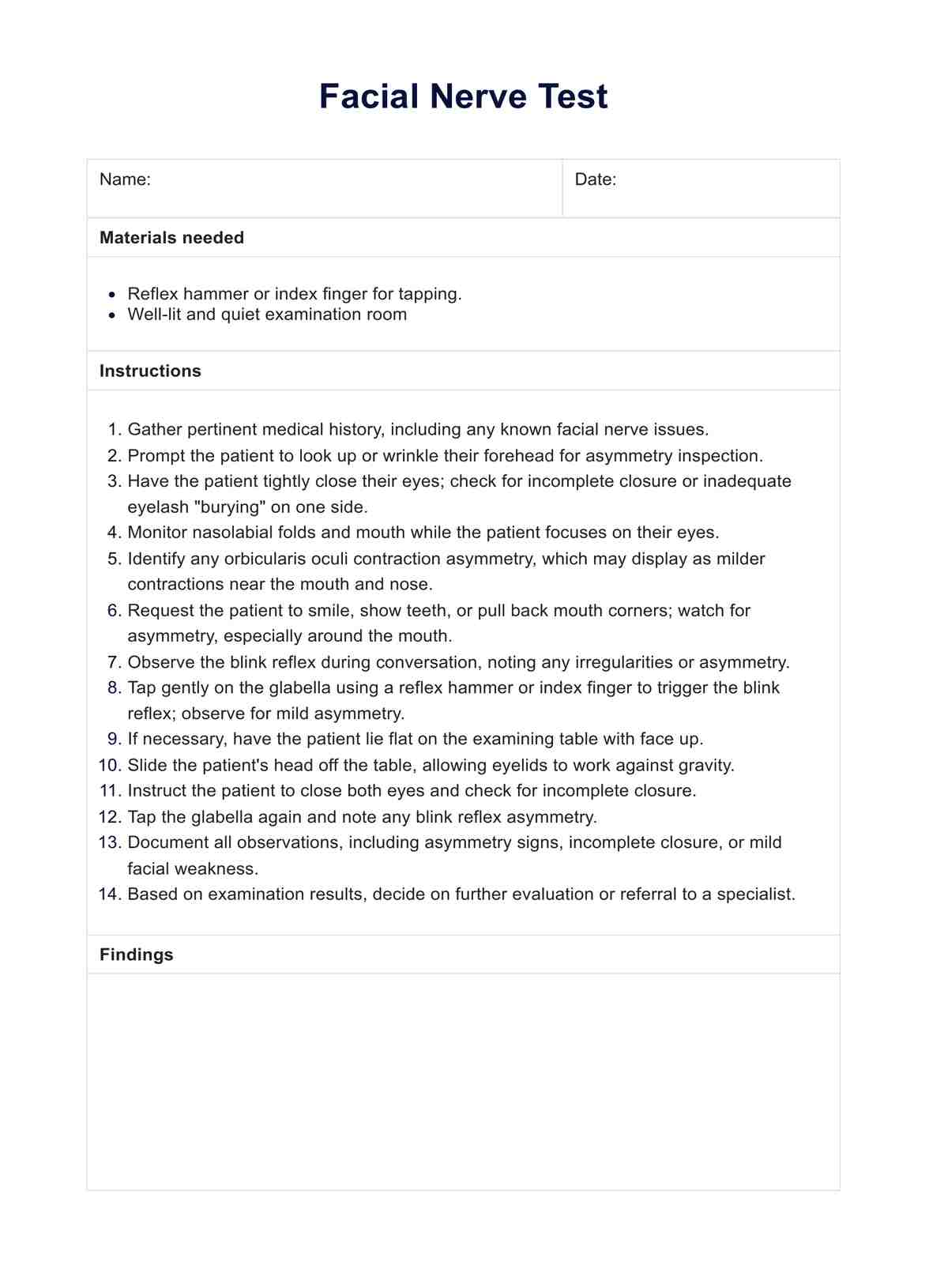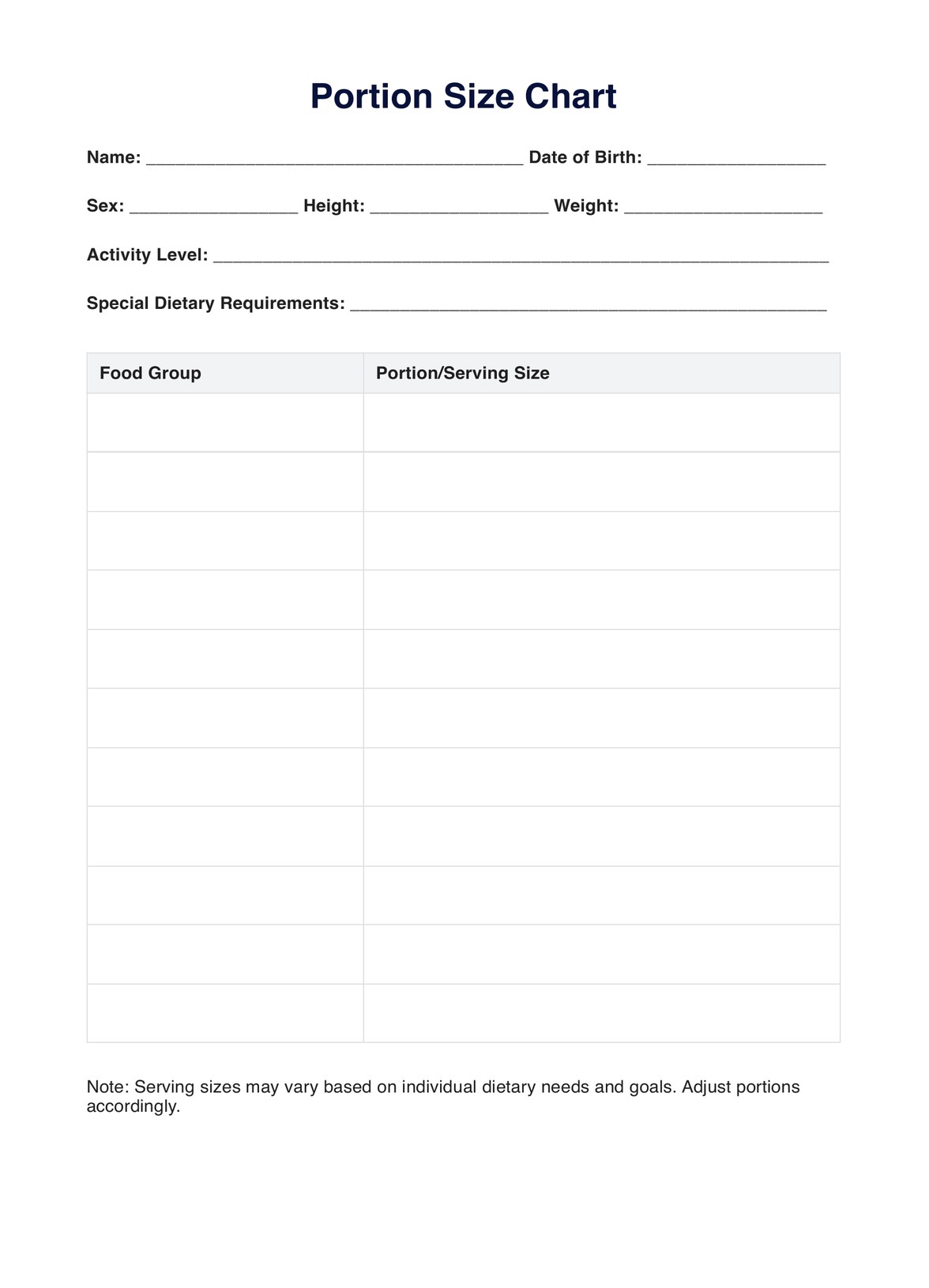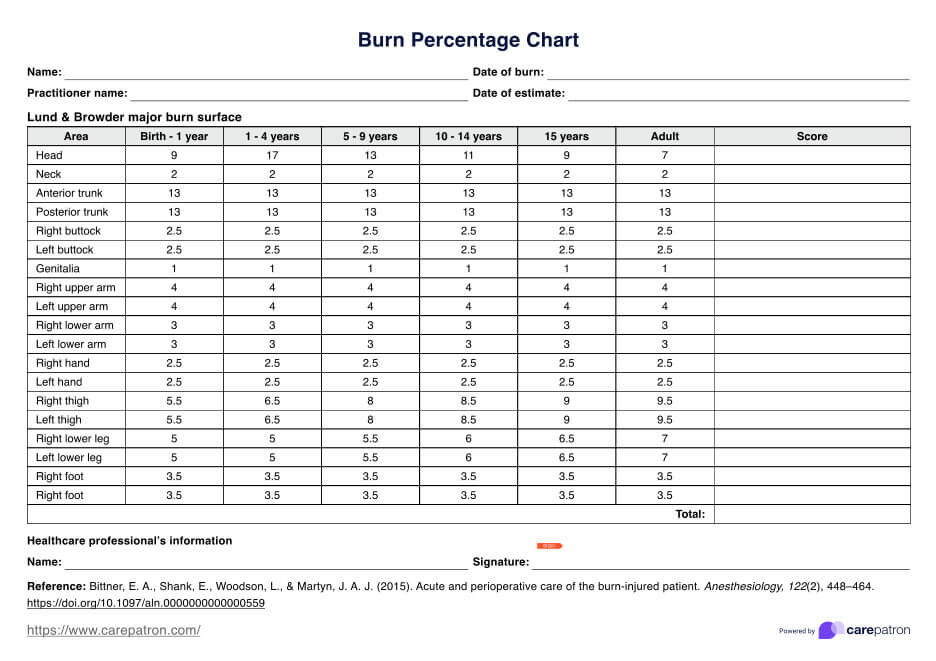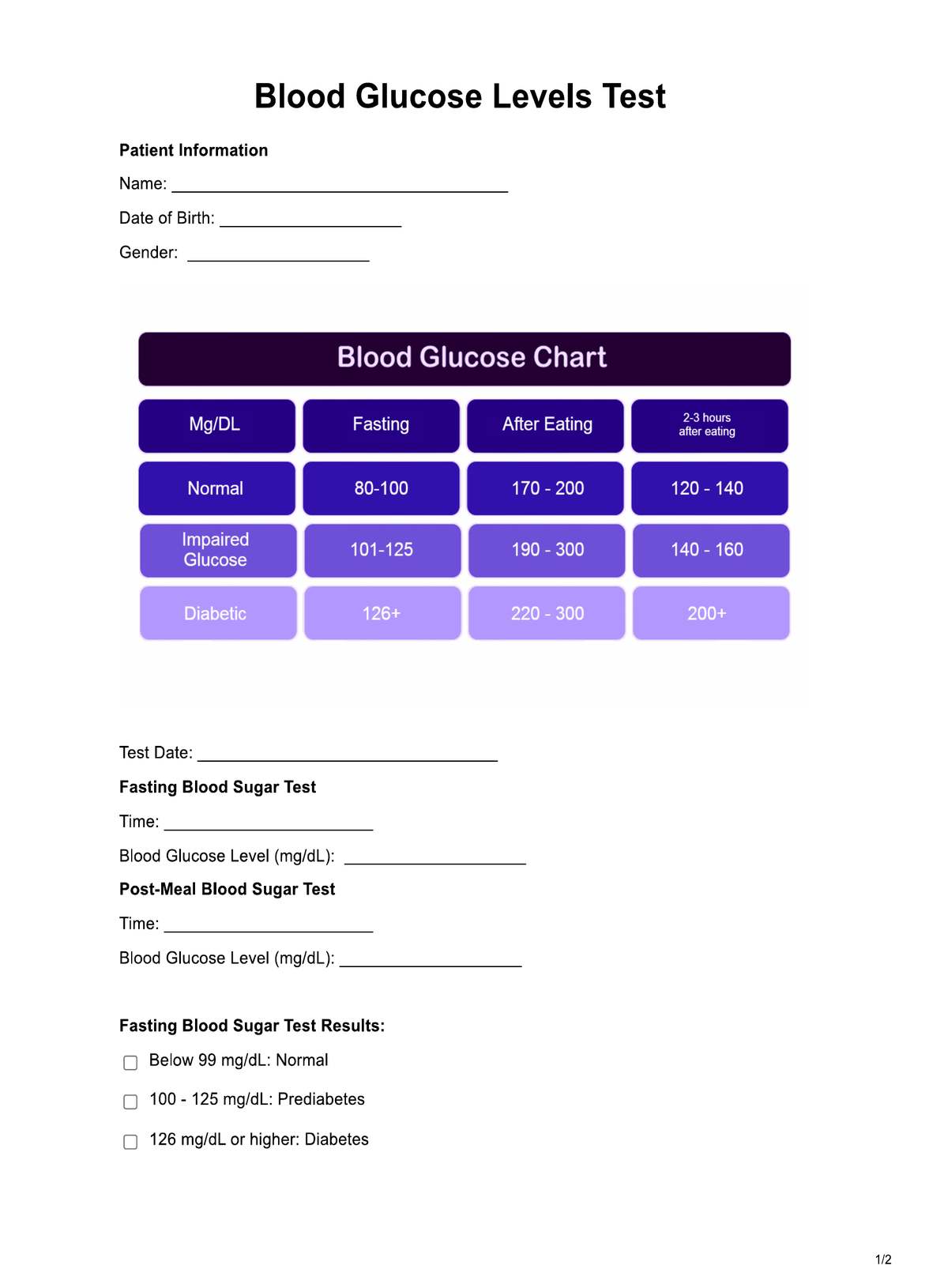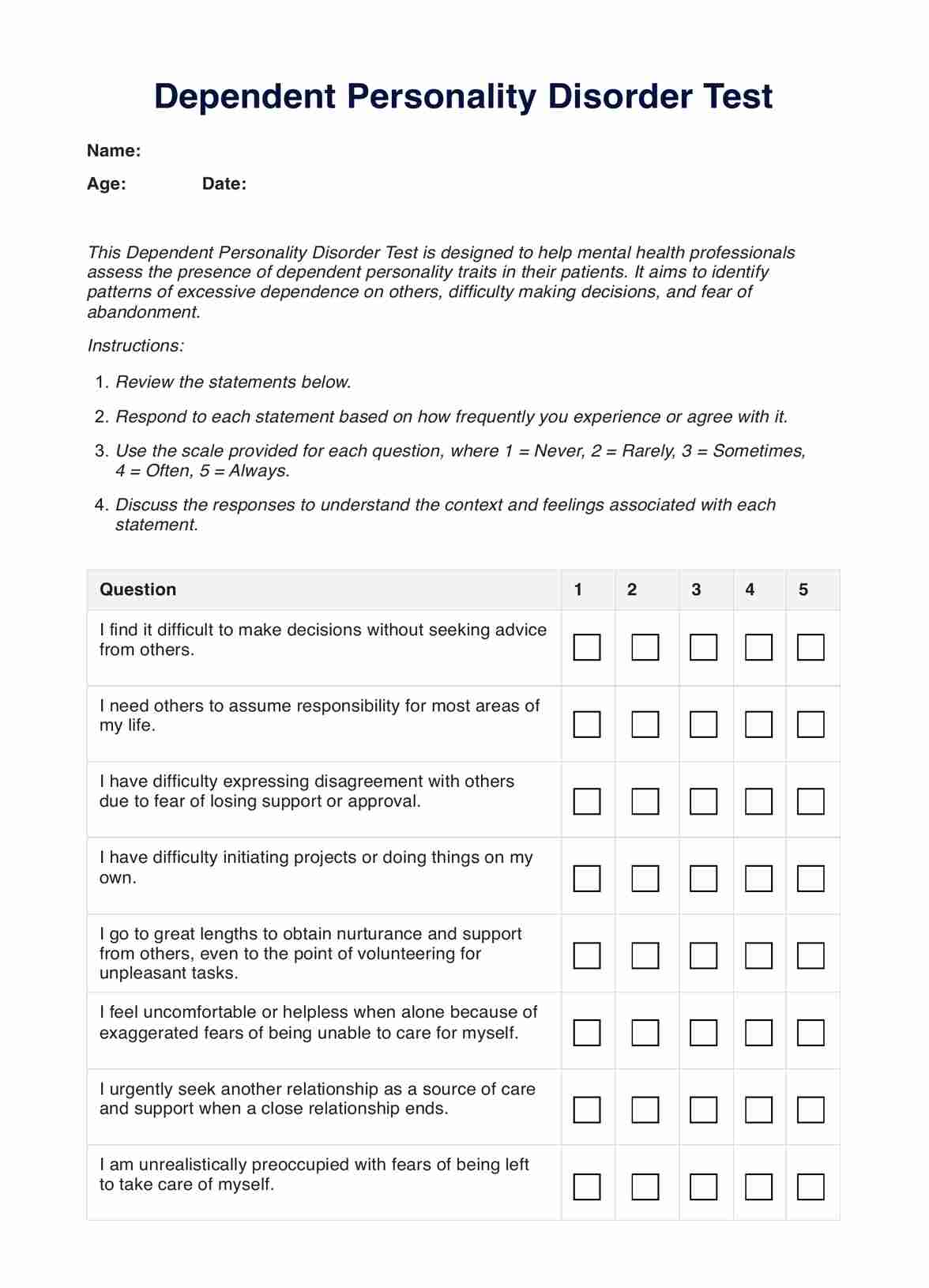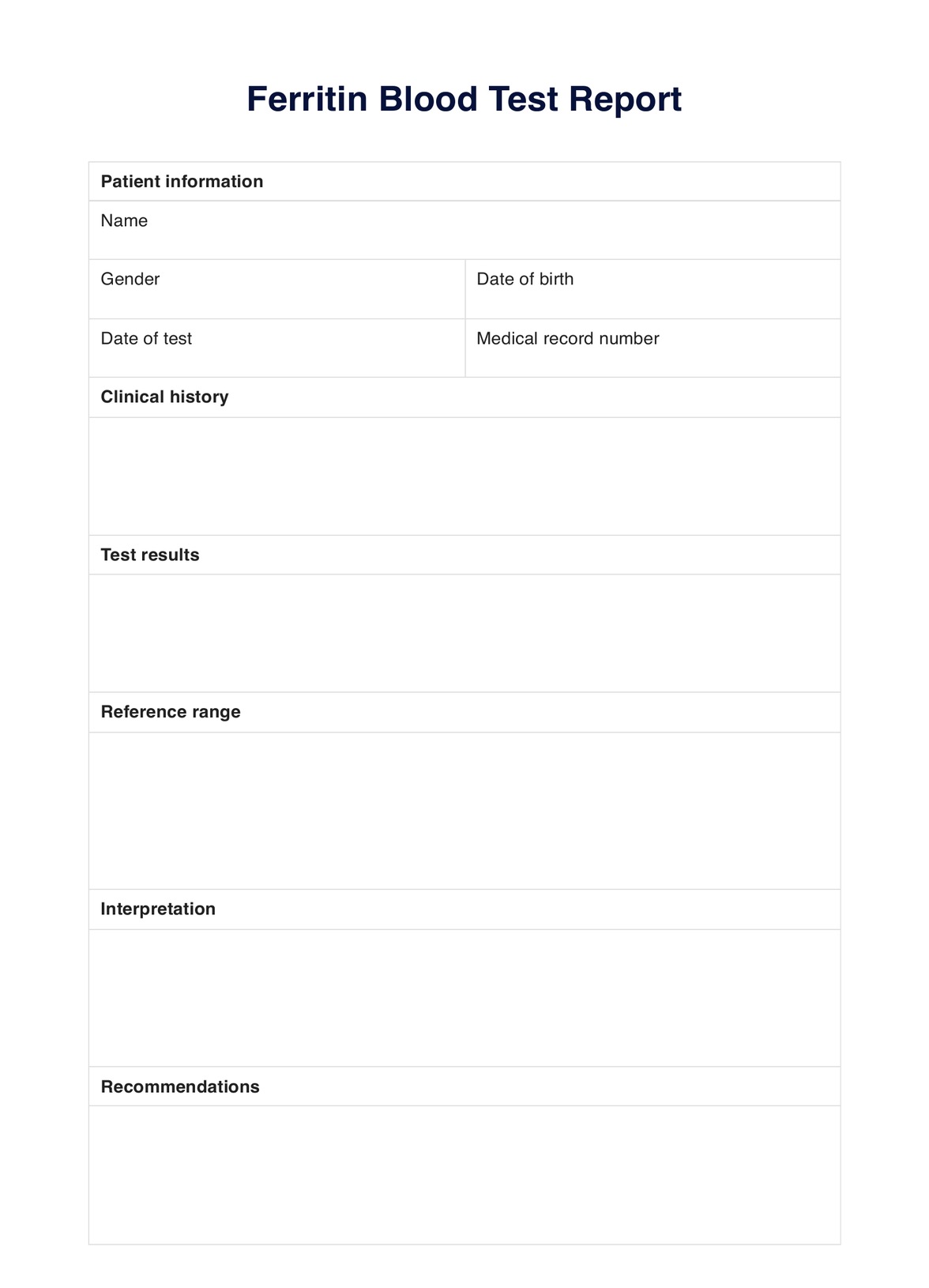Printable Nutrition Fact Template
Ensure informed dietary choices and comply with FDA standards by creating nutrition labels with our Nutrition Fact Template today.


What are nutrition facts labels?
Nutrition facts labels, also known as nutritional information panels, nutrition information labels, or food labels, are standardized labels on packaged food products. They provide detailed information about the food's nutritional content, including serving size, calories, and the amounts of various nutrients such as fat, cholesterol, sodium, carbohydrates, and protein.
In many countries, nutritional labels are required by law to help consumers make informed choices about their diet and encourage healthier eating habits. The Food and Drug Administration (FDA) regulates nutrition facts labels in the United States and imposes a standard for label formats, ensuring they provide accurate and valuable nutritional information.
Nutrition facts labels are designed to help consumers understand how a serving of food fits into their overall diet and to compare the nutritional value of different products. Reading nutrition facts labels is essential for maintaining a balanced diet, managing weight, and preventing chronic diseases such as obesity, heart disease, and diabetes.
By understanding the nutrition information on these labels, consumers can choose foods that provide the nutrients they need while limiting those that may be harmful in excess, such as saturated fat, trans fat, cholesterol, and sodium.
Printable Nutrition Fact Template
Printable Nutrition Fact Template Example
Nutrition fact label sections
A nutrition facts label is divided into several sections, each providing specific information about the nutritional content of the food. Understanding these sections is crucial for interpreting the label accurately. Here are the key sections you'll find on a nutrition facts label:
- Serving size: Indicates the amount of food typically consumed in one sitting. It's important to compare this to the amount you eat, as all the nutritional information on the label is based on this serving size.
- Calories: Provides the total energy content in one serving of the food, measured in calories. This section helps you manage your energy intake for weight control.
- Total fat: Includes saturated fat, trans fat, and unsaturated fats. This section helps you monitor your fat intake, which is important for heart health.
- Cholesterol: Indicates the amount of cholesterol in a serving. Monitoring cholesterol intake is crucial for maintaining heart health.
- Sodium: Shows the amount of sodium per serving. Keeping an eye on sodium intake is vital for maintaining healthy blood pressure.
- Total carbohydrates: Includes sugars, starches, and dietary fiber. This section is important for managing blood sugar levels and overall energy intake.
- Dietary fiber: A type of carbohydrate that aids in digestion and can help lower cholesterol levels. High-fiber foods are encouraged for a healthy diet.
- Sugars: Indicates the total sugars, which includes both natural and added sugars. Limiting added sugars is recommended for overall health.
- Protein: Essential for building and repairing tissues. This section helps you ensure you're getting enough protein in your diet.
- Vitamins and minerals: Lists the percentages of essential vitamins and minerals provided by a food serving. This section helps you meet your daily nutritional needs.
Each section of the nutrition facts label plays a role in helping you make informed food choices and maintain a balanced diet. By understanding these sections, you can better assess the nutritional value of food products and choose options that support your health goals.
How to use this template
The Nutrition Fact template is designed to simplify the process of creating nutrition labels for food products. Here's a step-by-step guide on how to use this template:
Step 1: Access the template
First, access the nutrition fact label template by clicking "Use template," which opens it in the Carepatron app's template editor. This is best if you want to edit the template before adding details. From there, you can fill it out, print it, or download it to import it to whichever software you use to design packaging. You can also get a non-editable but fillable PDF by clicking "Download."
Step 2: Enter product information
Fill in the name, net weight, and date fields with the relevant information for the food product you're labeling.
Step 3: Determine serving size
Identify the serving size for your product and enter it in the designated field. This amount typically consumed in one sitting will be the basis for all nutritional information on the label.
Step 4: Input nutrition data
For each nutrient in the nutrition information template, enter the amount per serving and the corresponding % Daily Value (%DV). Use lab analysis or reliable databases to obtain accurate nutritional data for your product. If your product contains significant amounts of other vitamins or minerals not listed in the template, add them to the label. Include their amounts per serving and %DV.
In the ingredients section, list all the ingredients in your product in descending order by weight. Be specific and include any sub-ingredients or additives.
Step 5: Review and finalize
Double-check all the information for accuracy and completeness. Make any necessary adjustments to ensure the label complies with regulatory requirements. You can look at other nutrition facts label images online while reviewing to check that you did it correctly.
Step 6: Print and apply
Once satisfied with the label, print it out and affix it to your product packaging. You can apply it via an adhesive, or you can incorporate it into the packaging's design. Ensure it's easily visible and readable for consumers.
Following these steps, you can create accurate and compliant nutrition labels for your products, helping consumers make informed dietary choices.
Benefits of understanding and using the label
Understanding and using nutrition labels provides numerous benefits for consumers and health professionals. Here are some key advantages:
Informed food choices
Nutrition labels empower consumers to make informed food decisions, leading to healthier dietary choices.
Disease prevention
By understanding the nutritional content of foods, consumers can reduce their risk of chronic diseases such as heart disease, diabetes, and obesity.
Portion control
Nutrition labels provide serving-size information, helping consumers manage portions and avoid overeating.
Nutrient intake management
Labels help consumers track their intake of essential nutrients, such as vitamins, minerals, and fiber, ensuring a balanced diet.
Allergy management
For individuals with food allergies, nutrition labels are crucial for identifying potential allergens in food products.
Health professional guidance
For healthcare professionals, nutrition labels are valuable tools for educating patients about nutrition and guiding them in making healthier food choices.
By understanding and utilizing nutrition labels, consumers can take control of their dietary habits, leading to improved health and well-being.
Commonly asked questions
The format for nutrition facts includes sections for serving size, calories, total fat, cholesterol, sodium, total carbohydrates, dietary fiber, sugars, protein, and vitamins and minerals. There used to be various other label formats, but they have been standardized now.
The 5/20 rule on nutrition labels is a guideline that helps consumers make healthier food choices by evaluating the % Daily Value (%DV) of nutrients. According to this rule, less healthy nutrients, such as saturated fat, sodium, and added sugars, should be at or below 5% DV, while healthier nutrients, like fiber, vitamins, and minerals, should be at or above 20% DV.
A nutrition facts label is required to include several key components: serving size, calories per serving, total fat (including saturated and trans fats), cholesterol, sodium, total carbohydrates (including dietary fiber and total sugars), protein, and specific vitamins and minerals such as vitamin D, calcium, iron, and potassium. Additionally, the label must indicate the amount of added sugars and provide the %DV for each nutrient to help consumers understand their contribution to a daily diet based on a 2,000-calorie intake.


